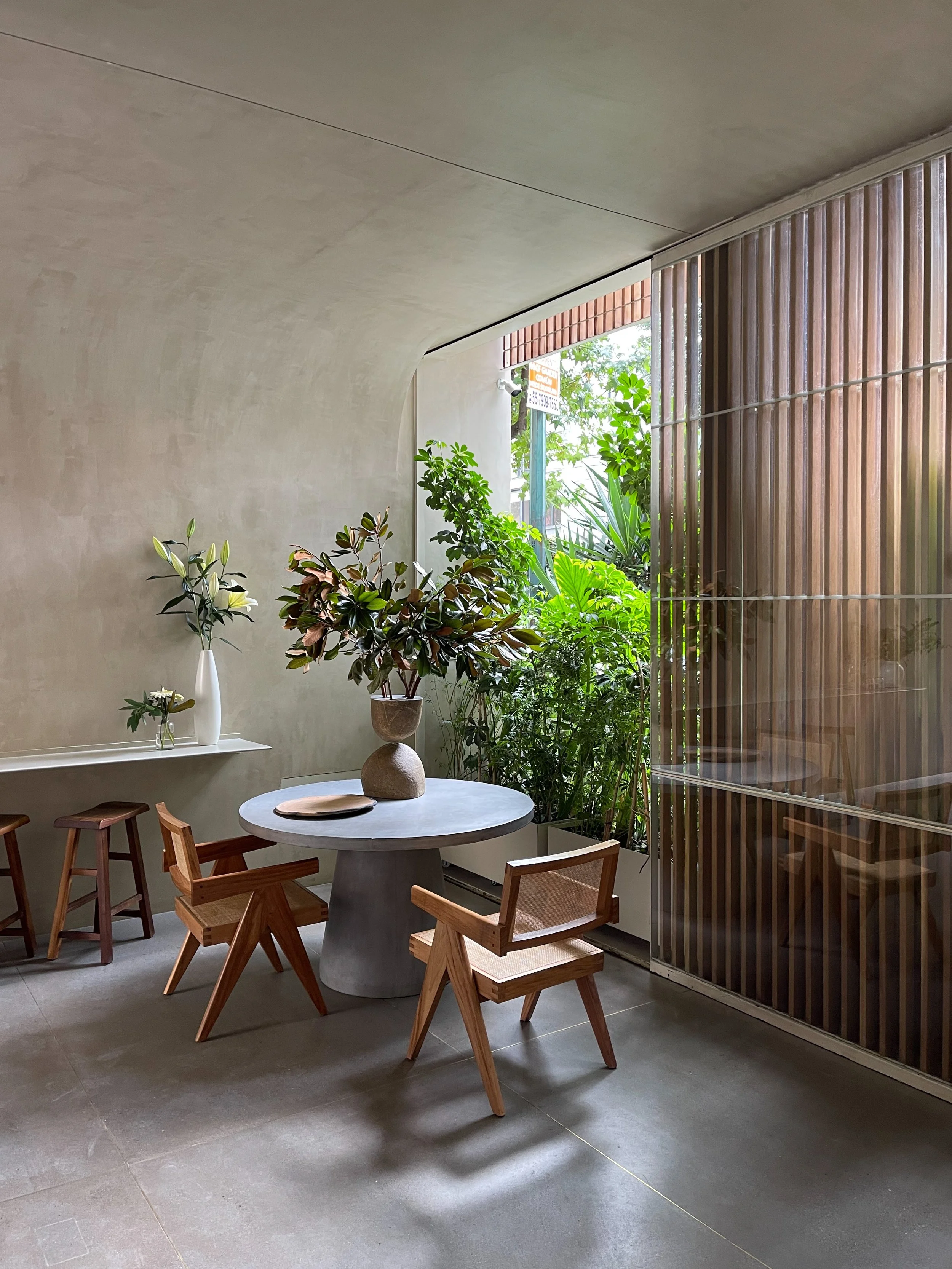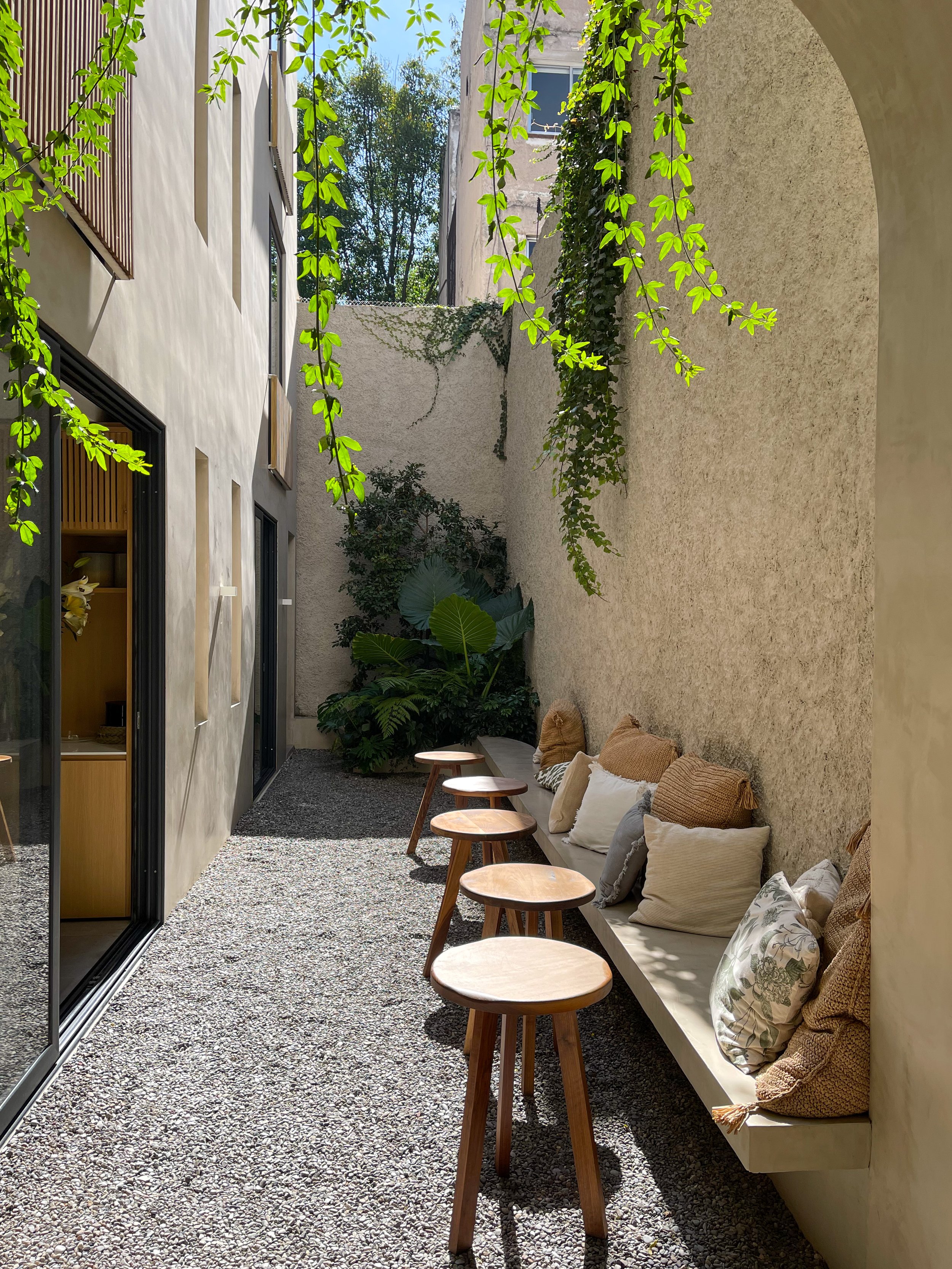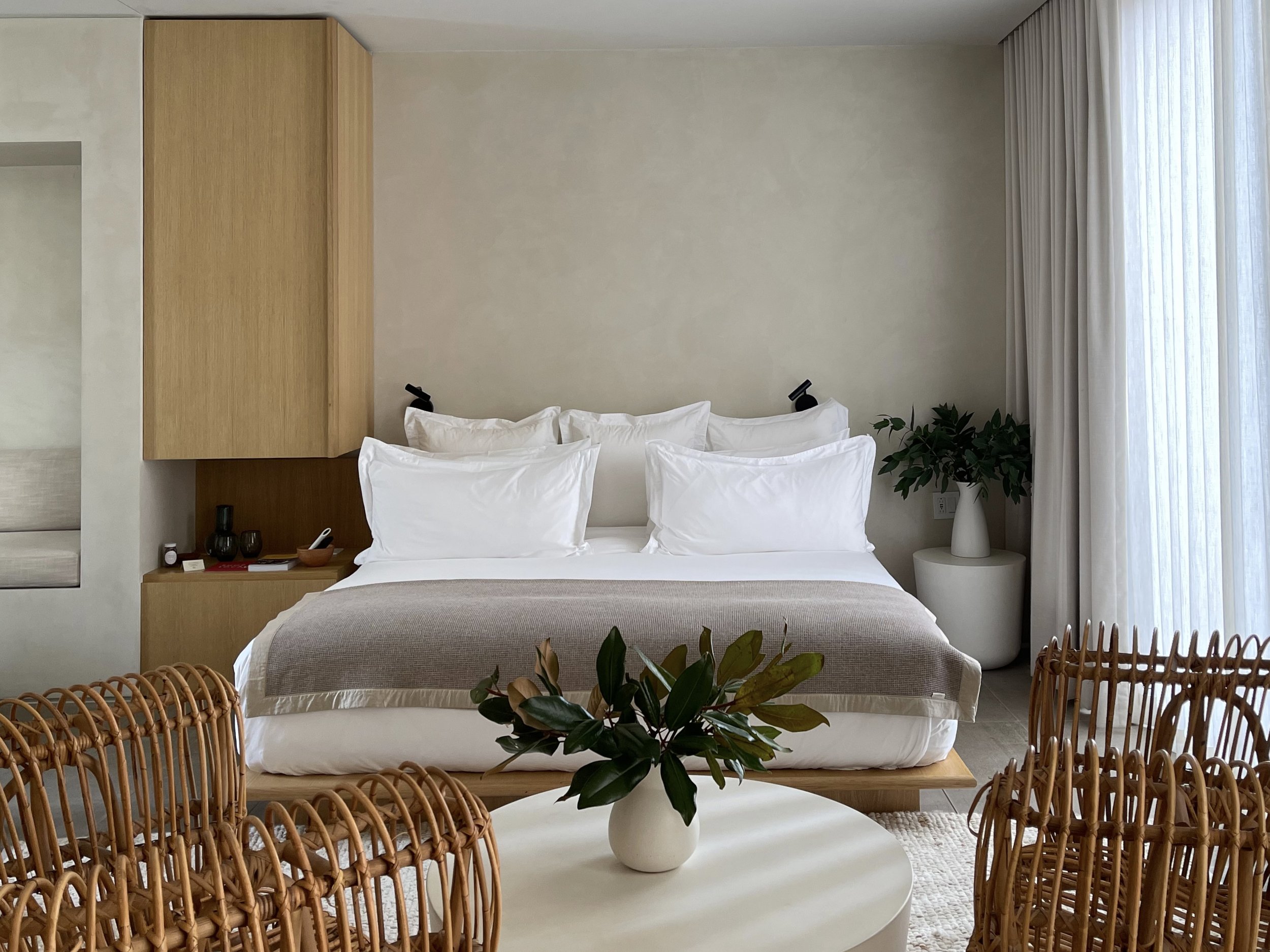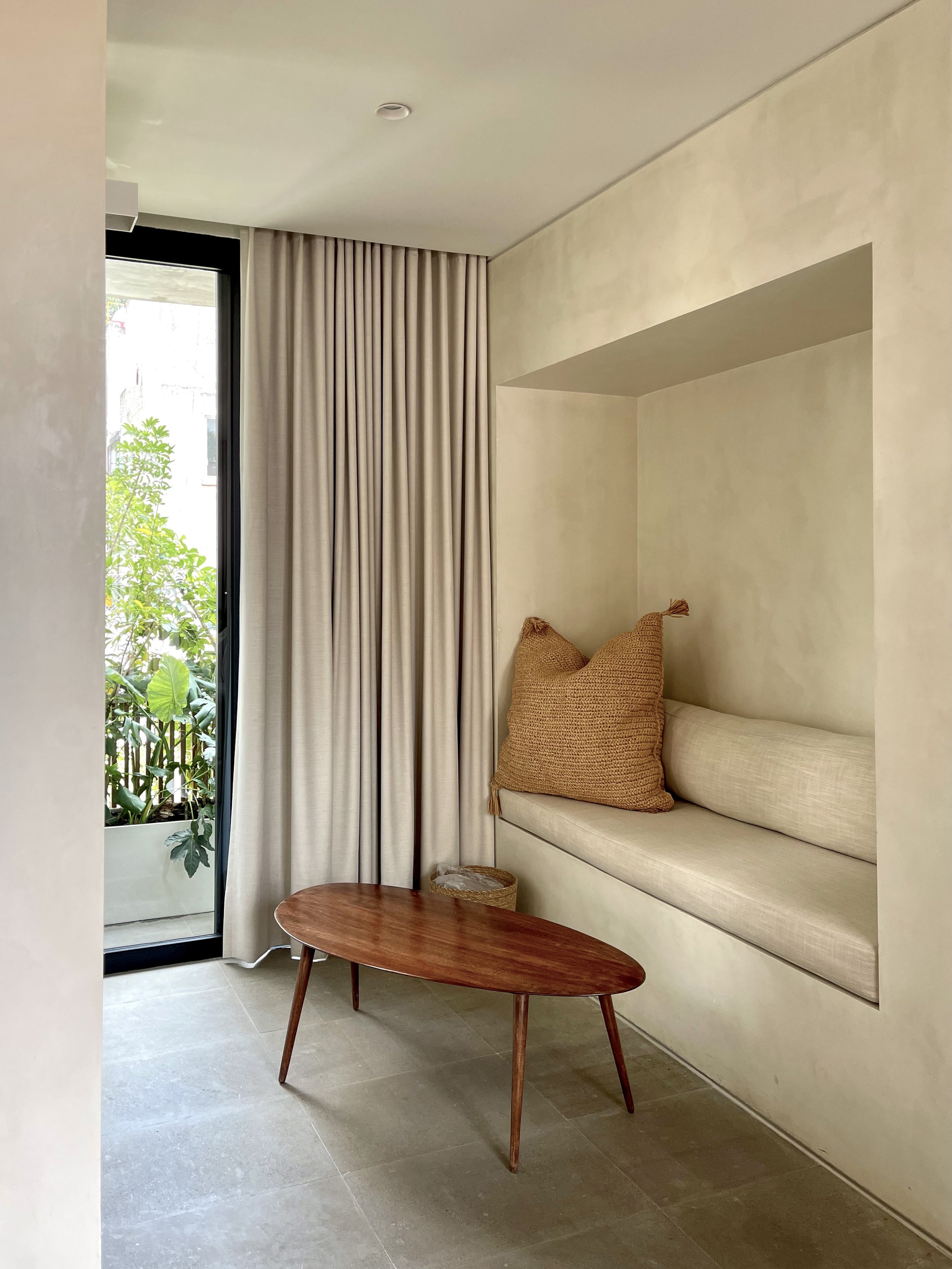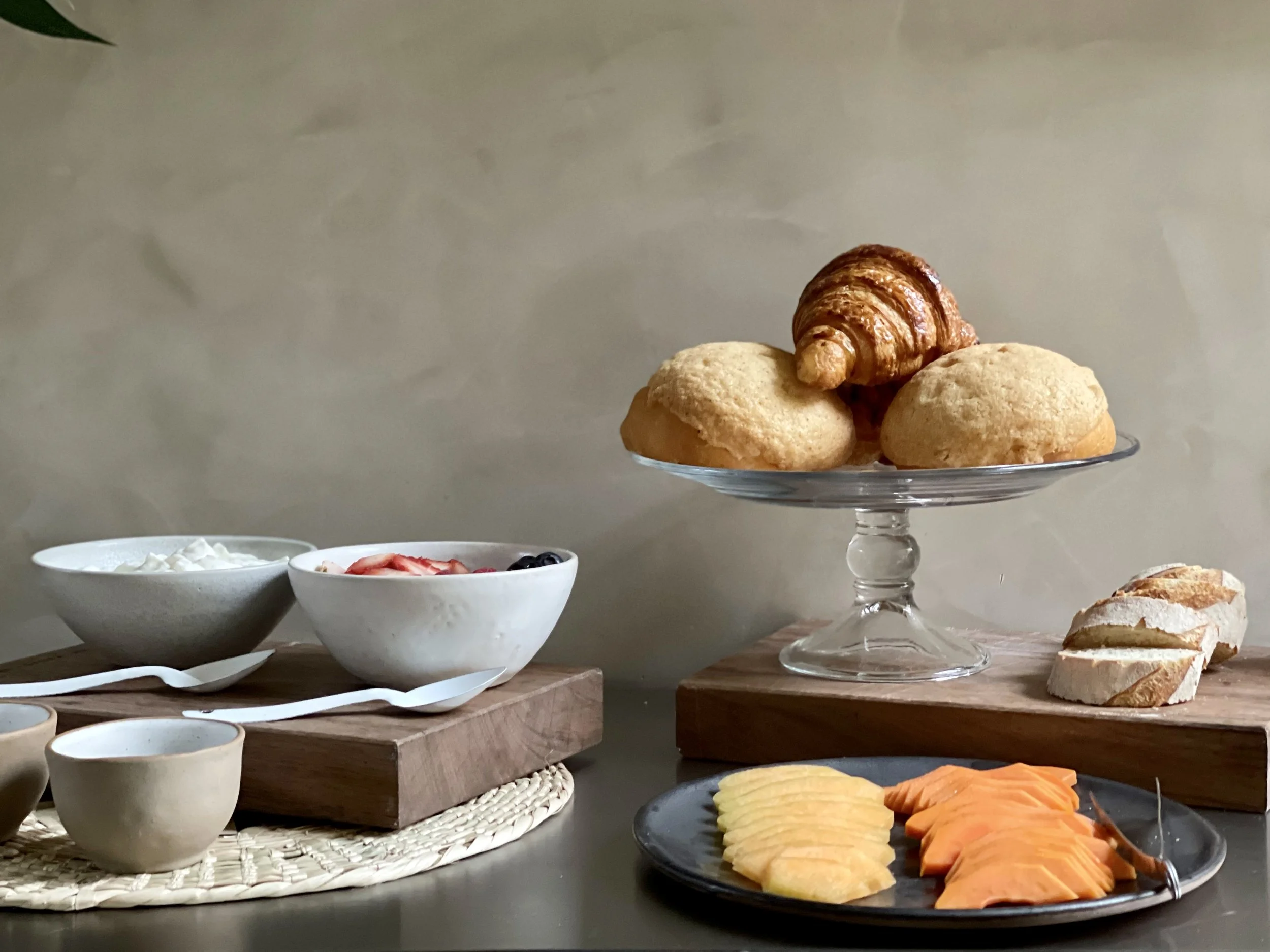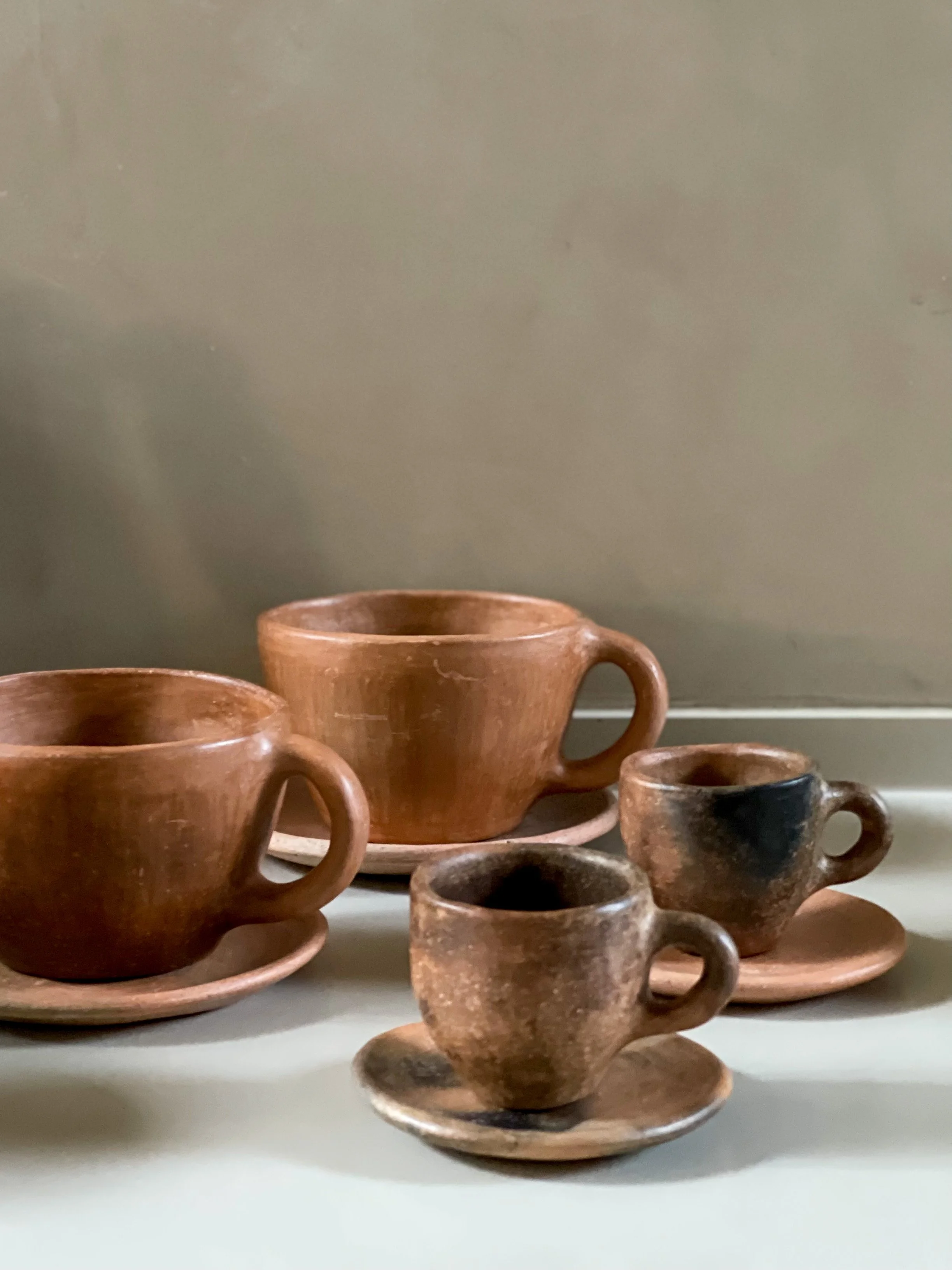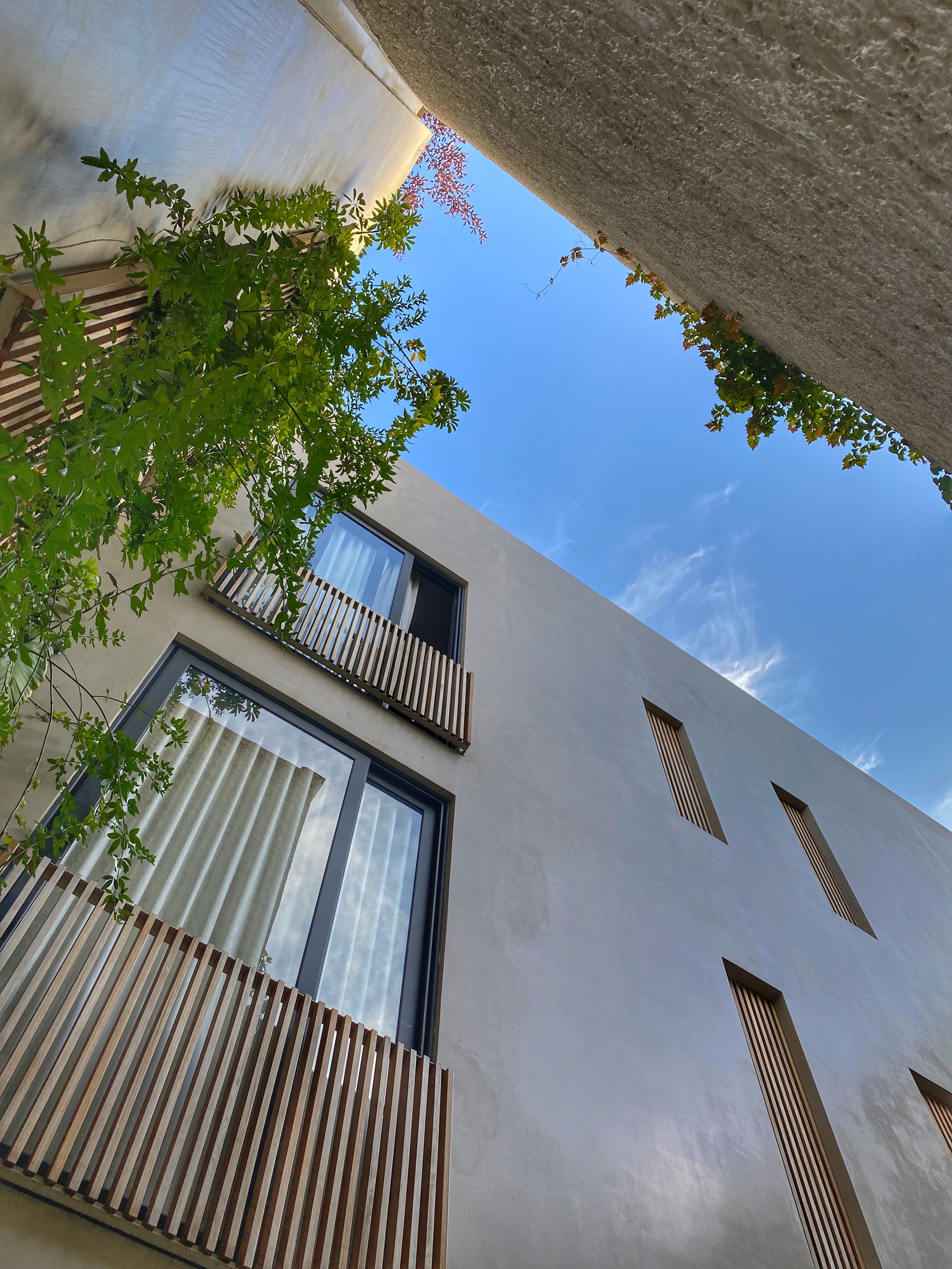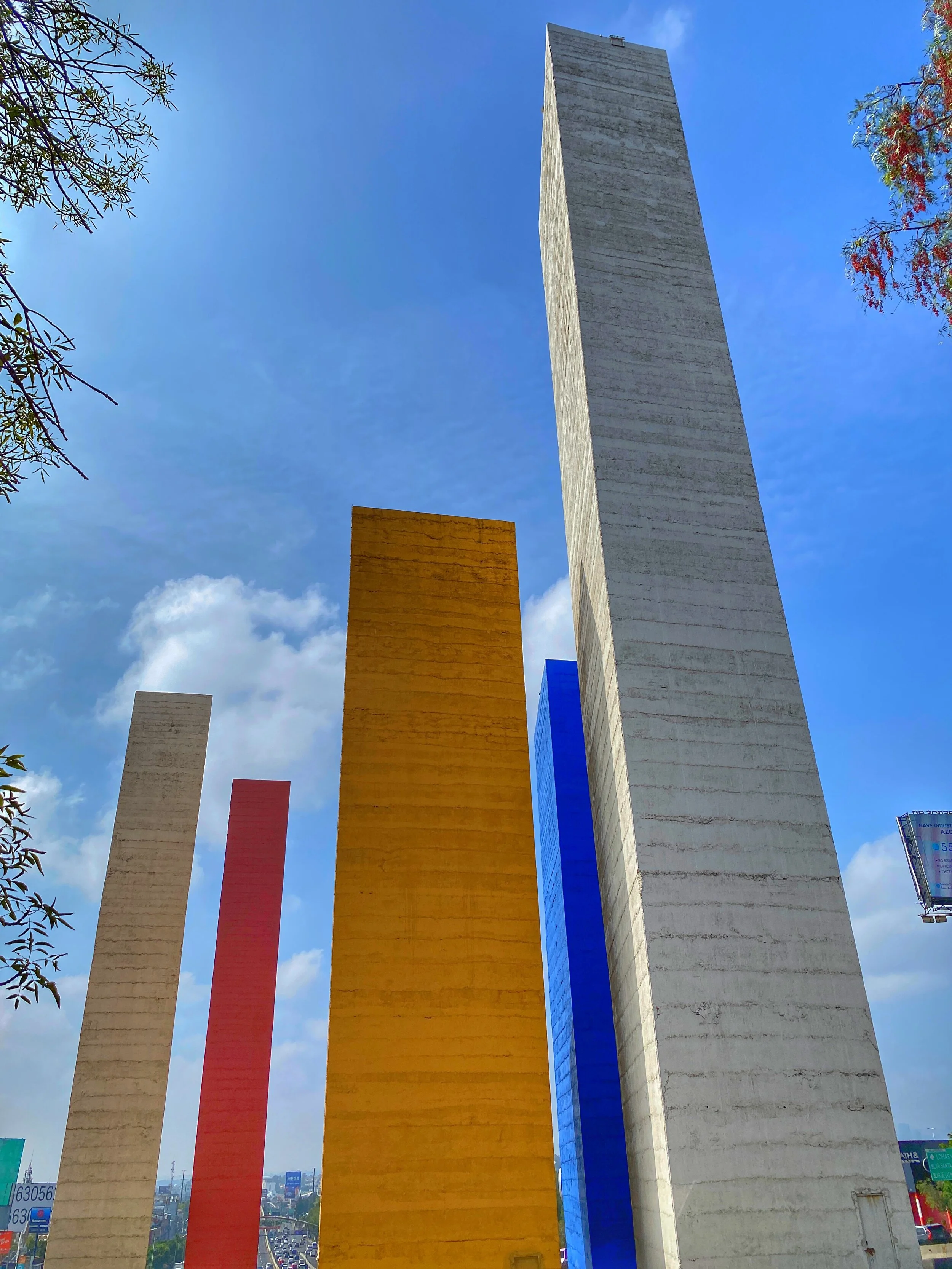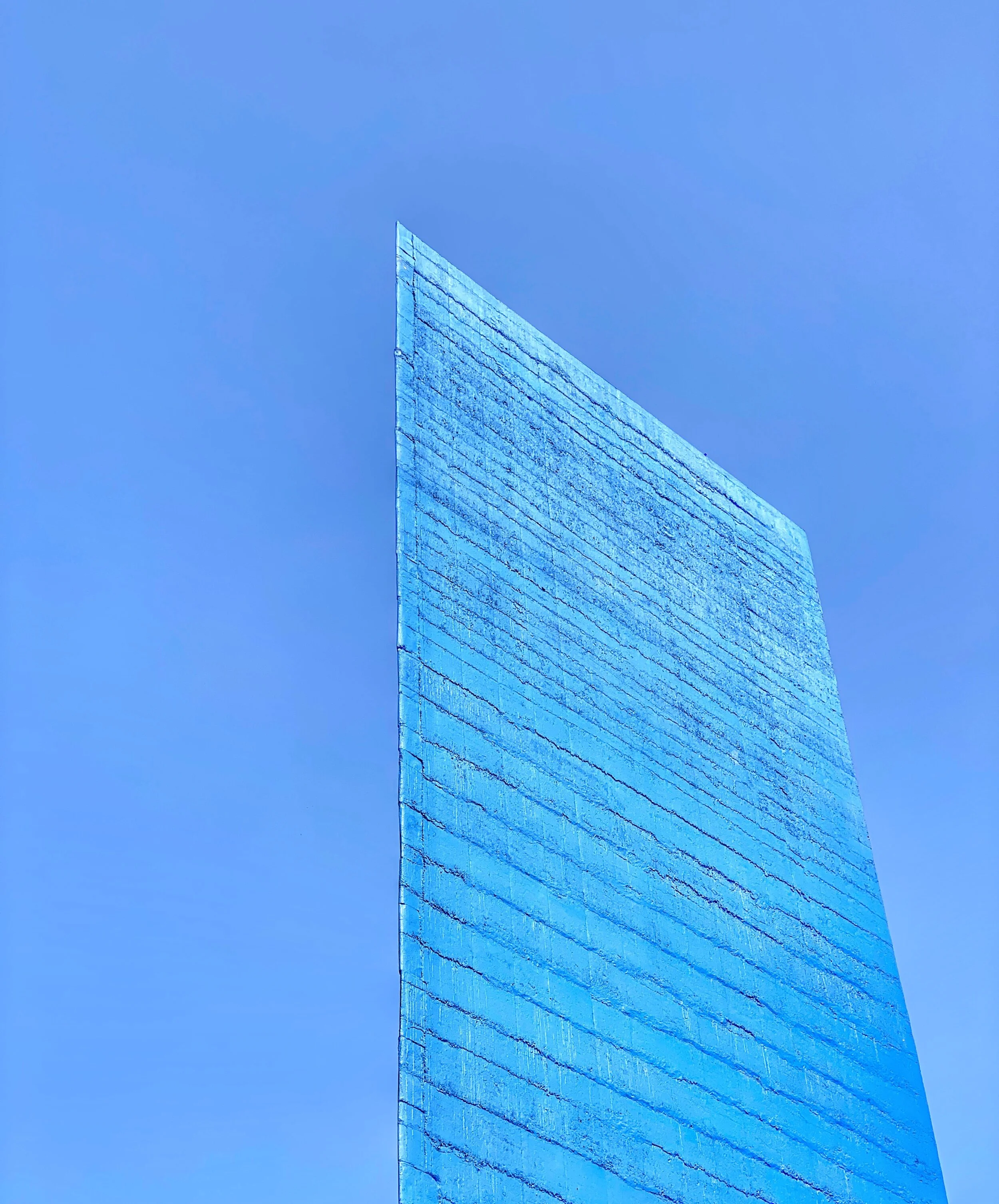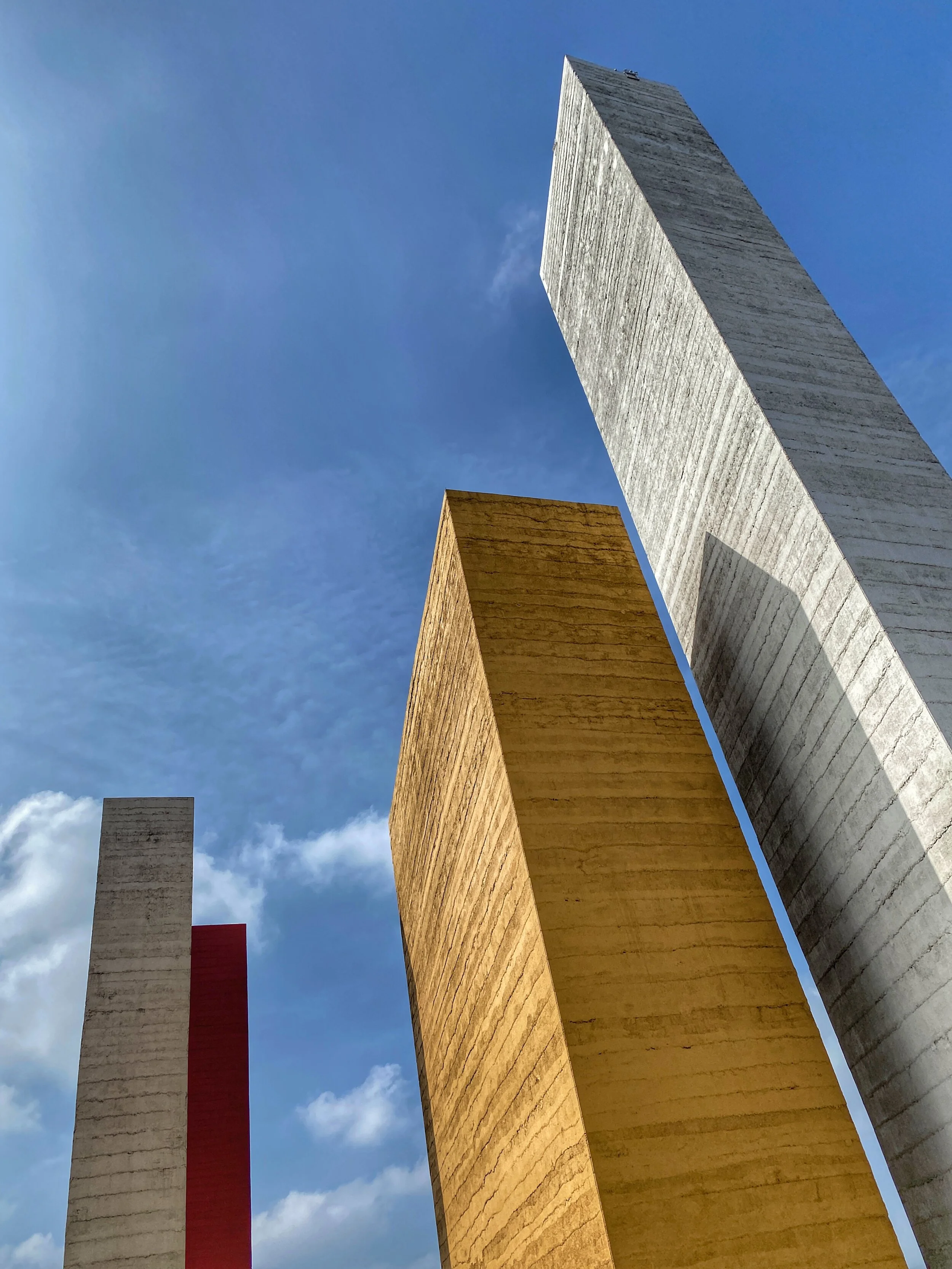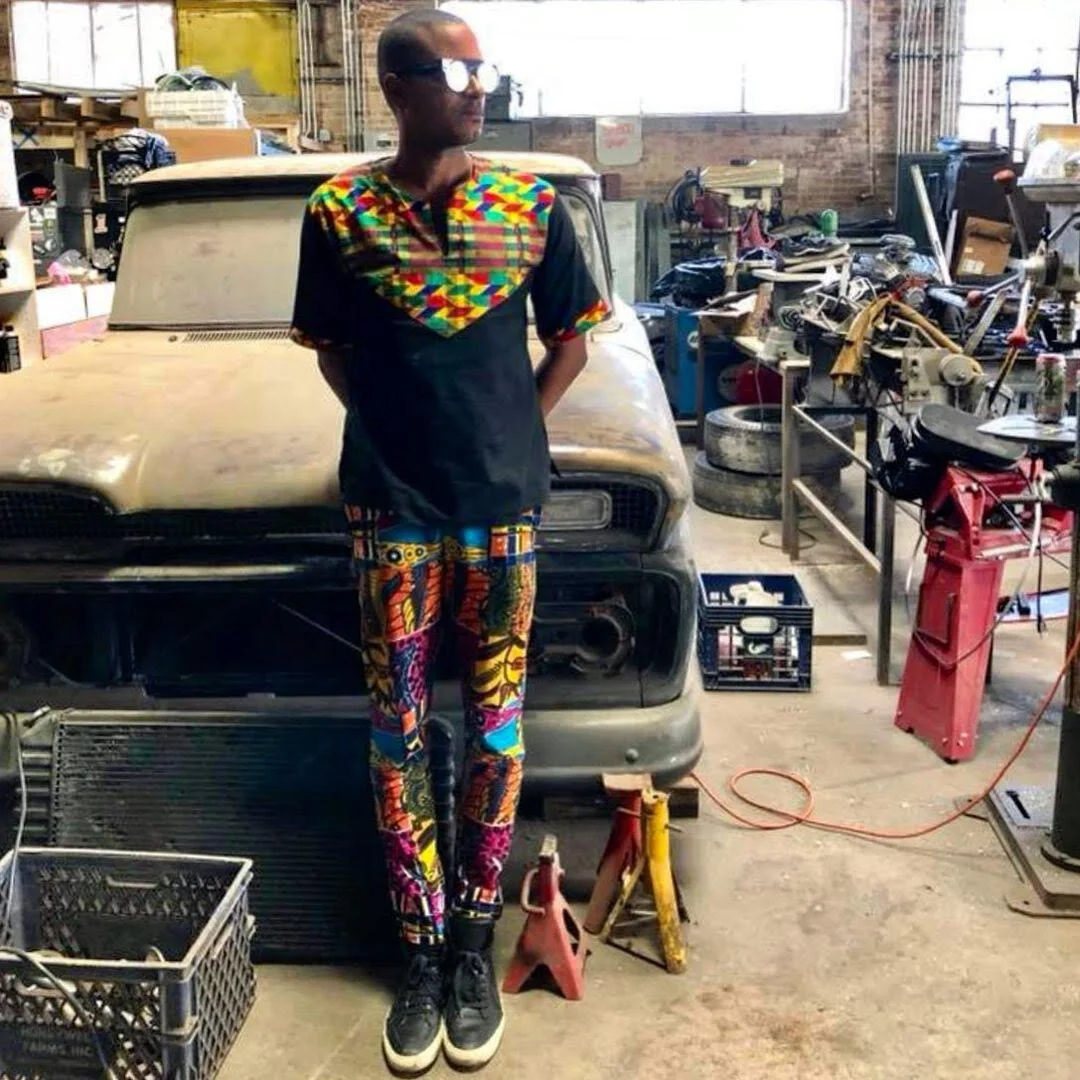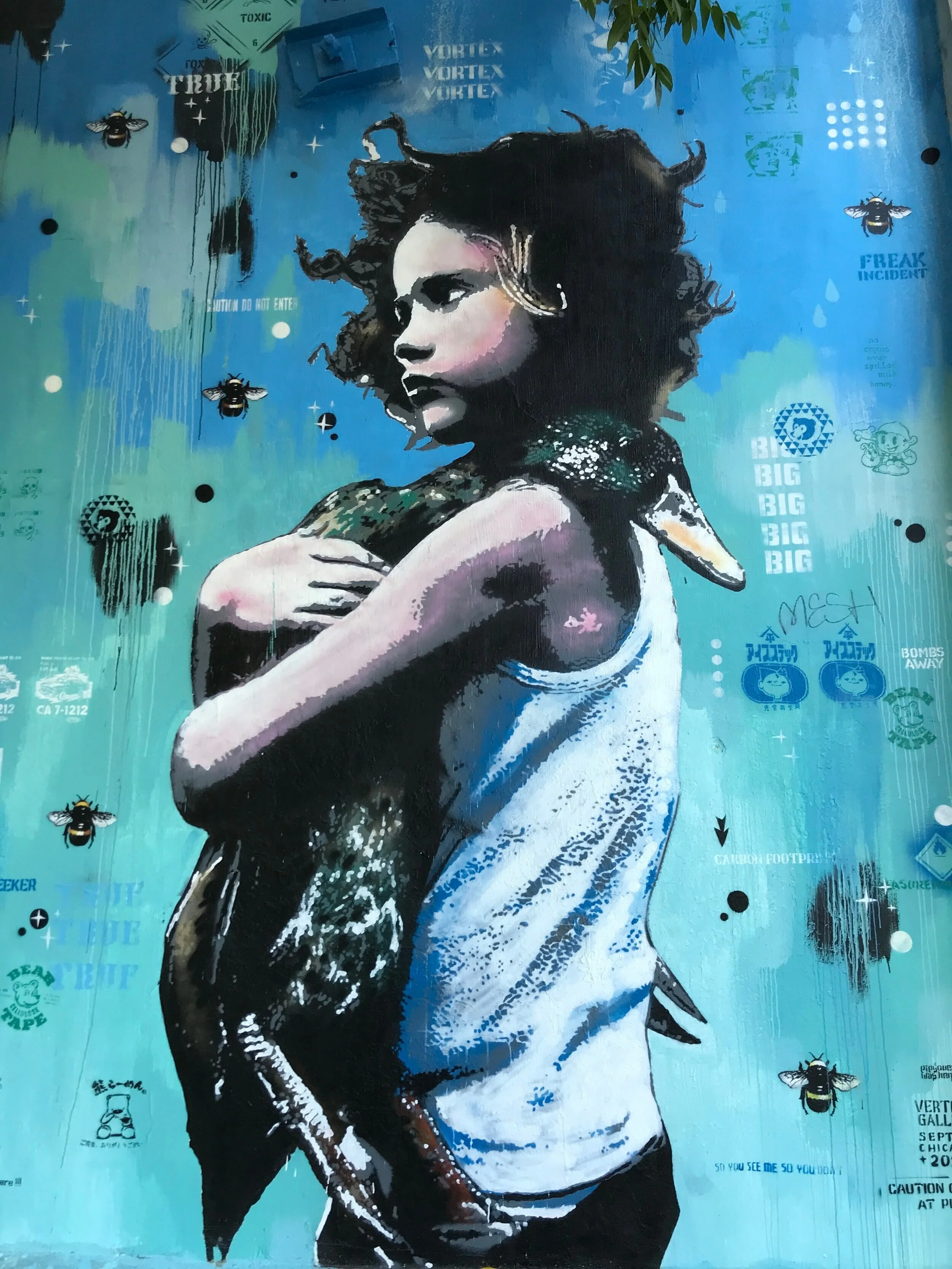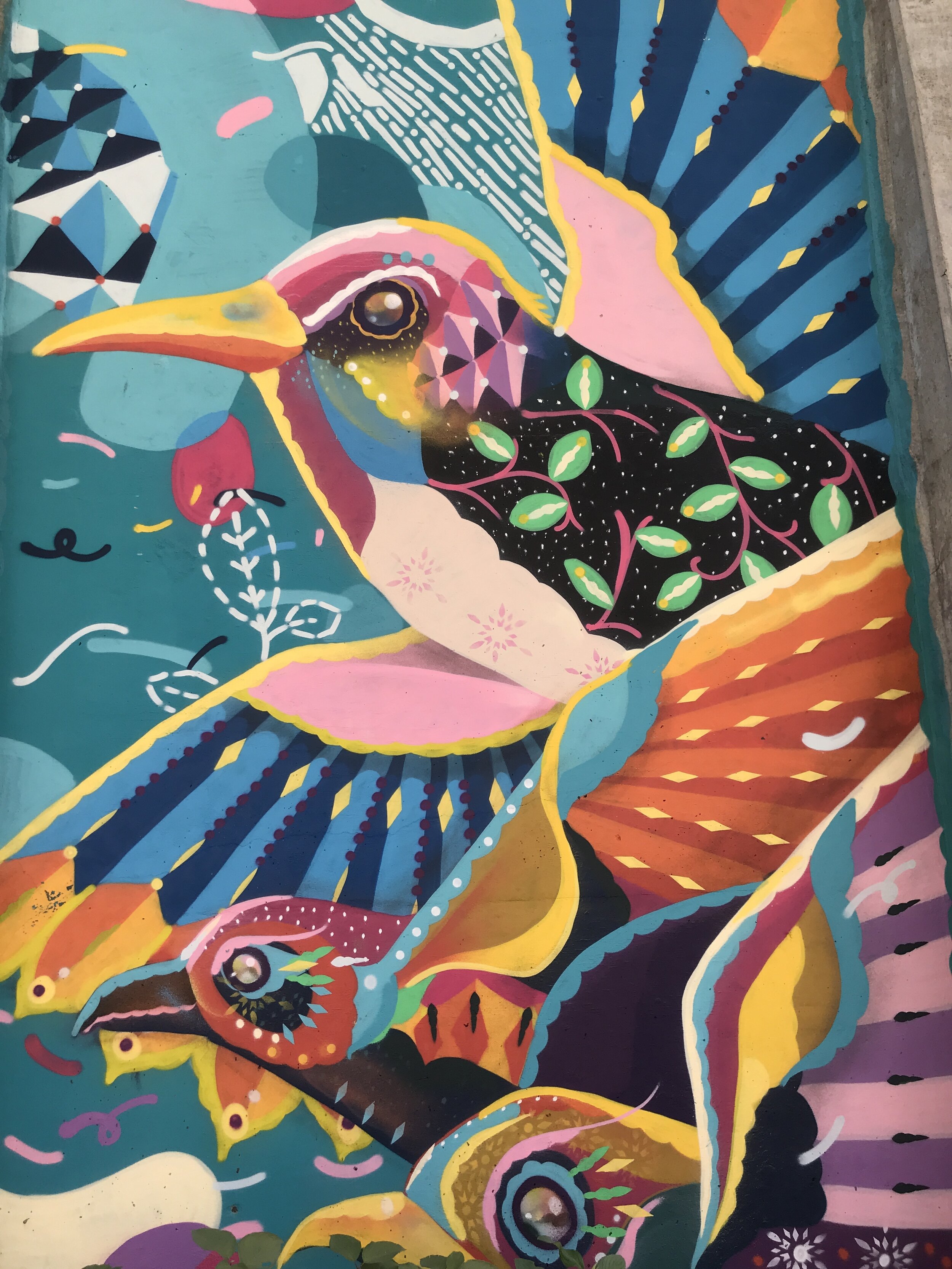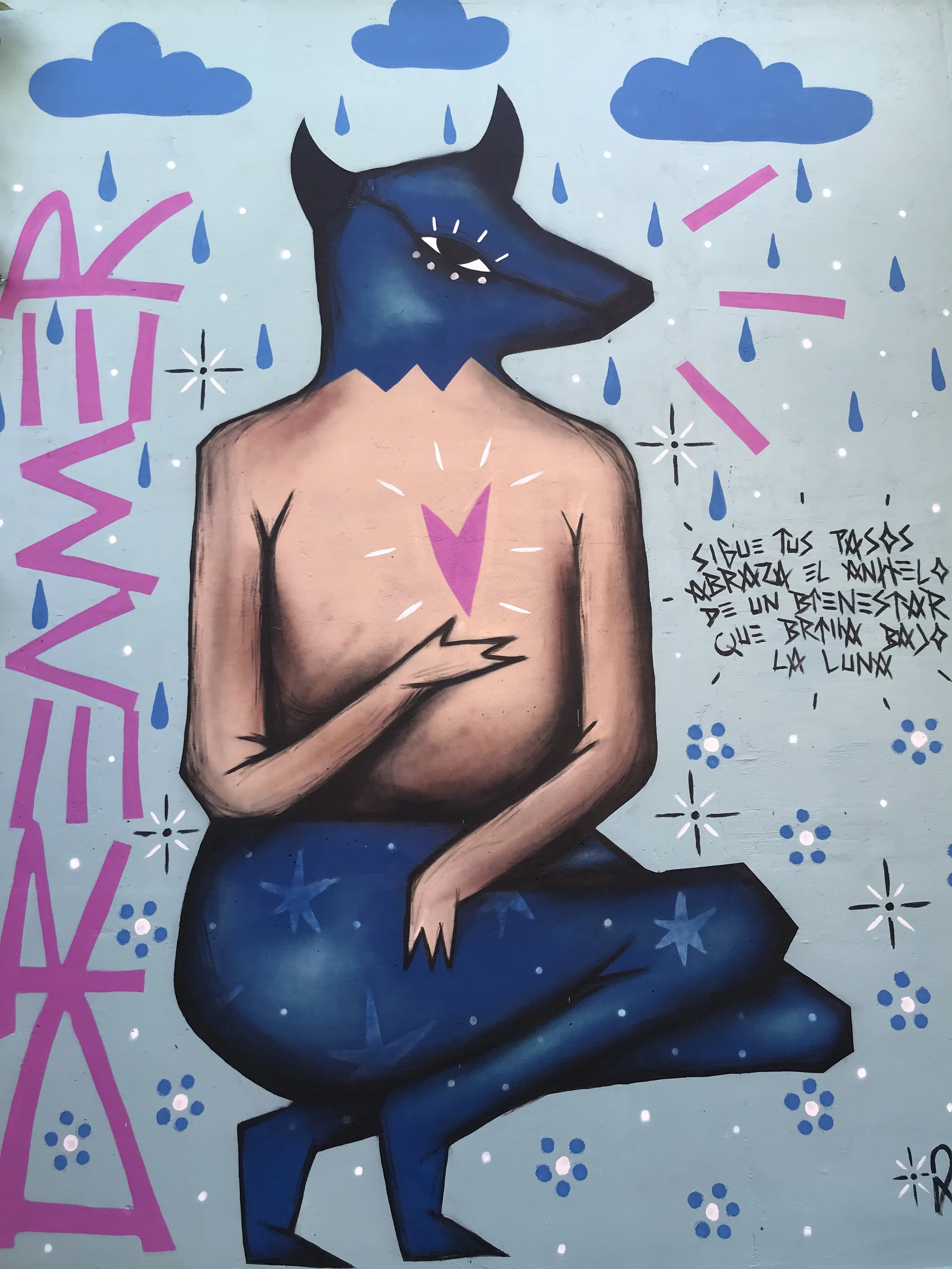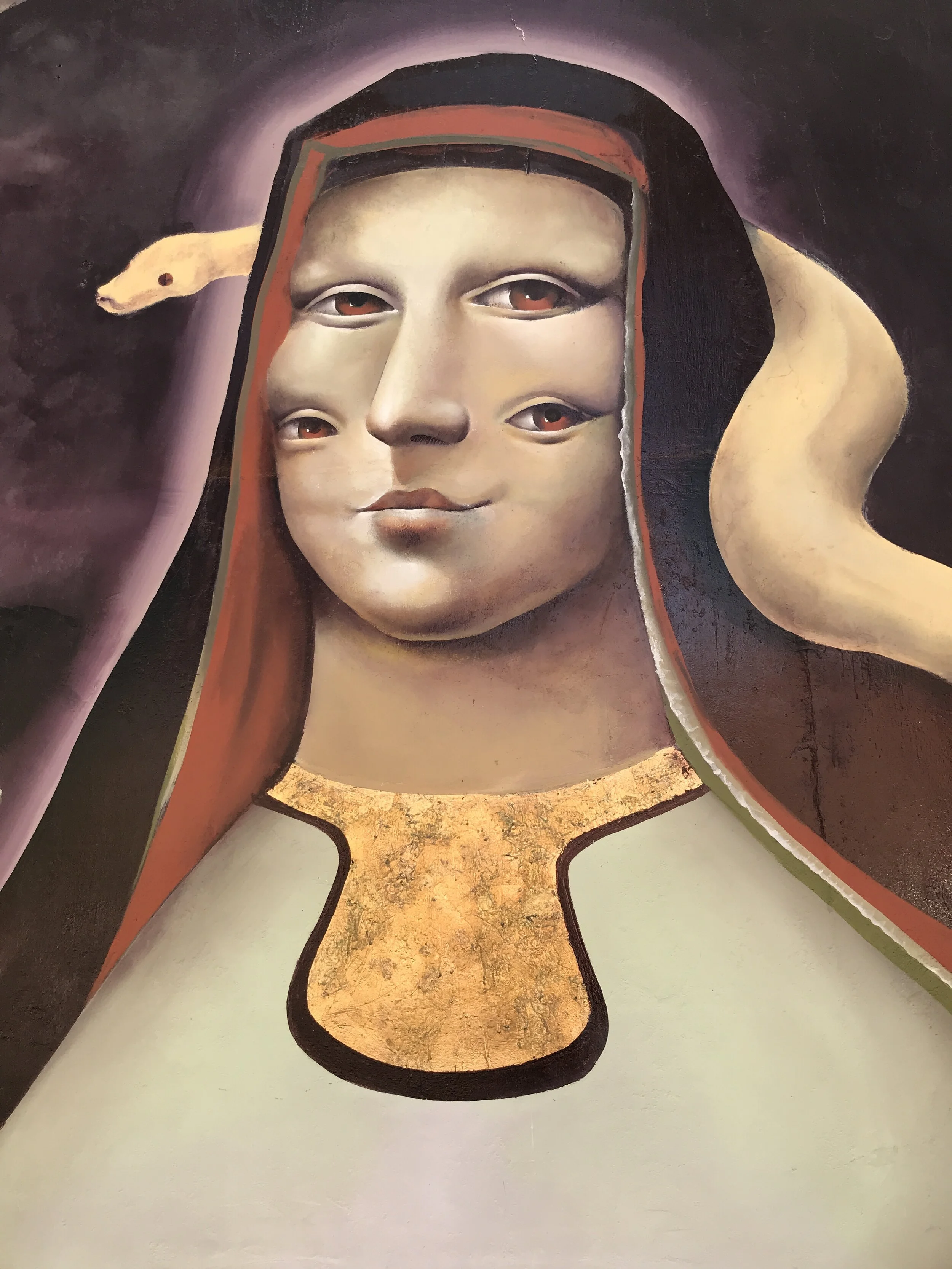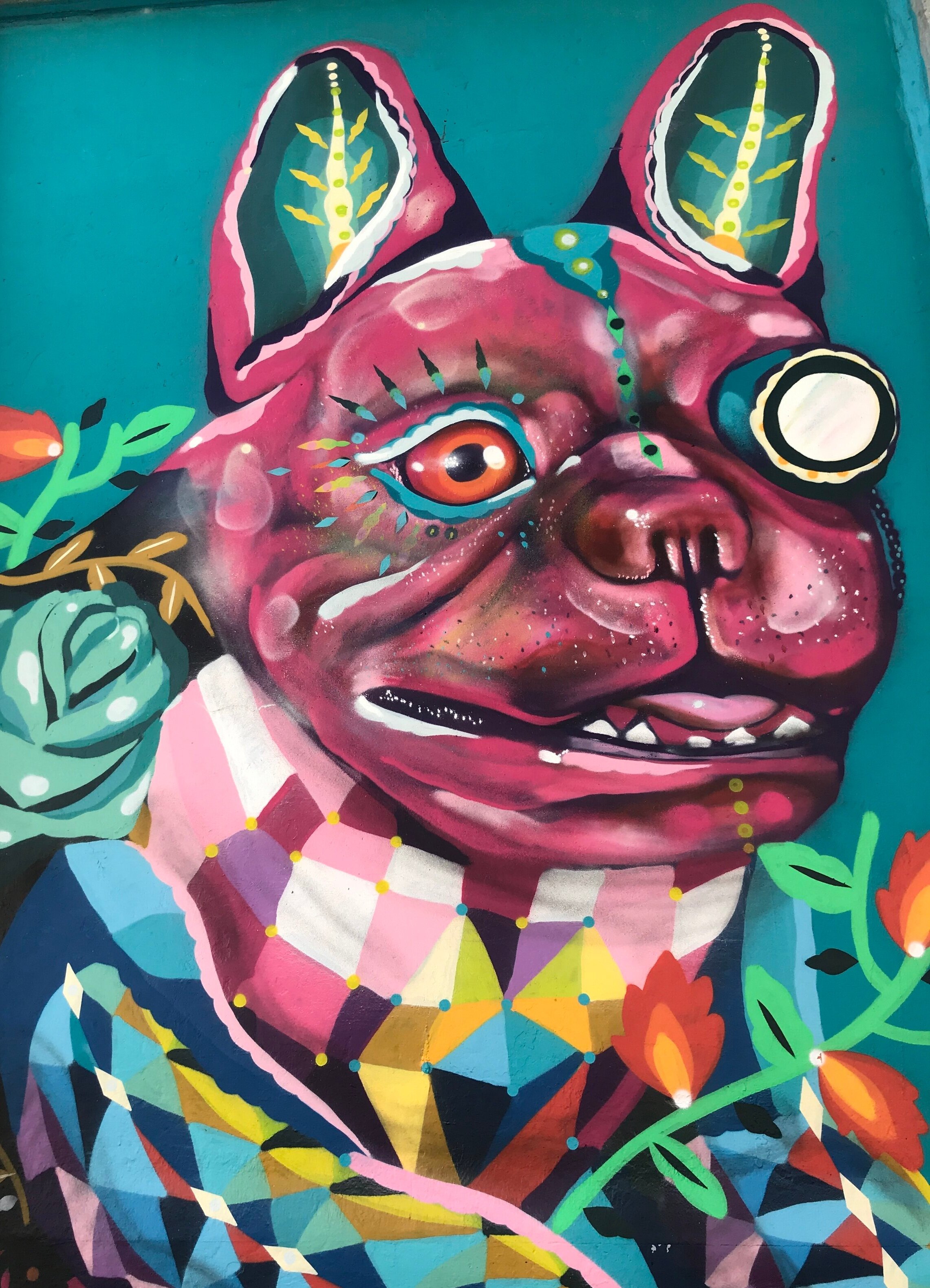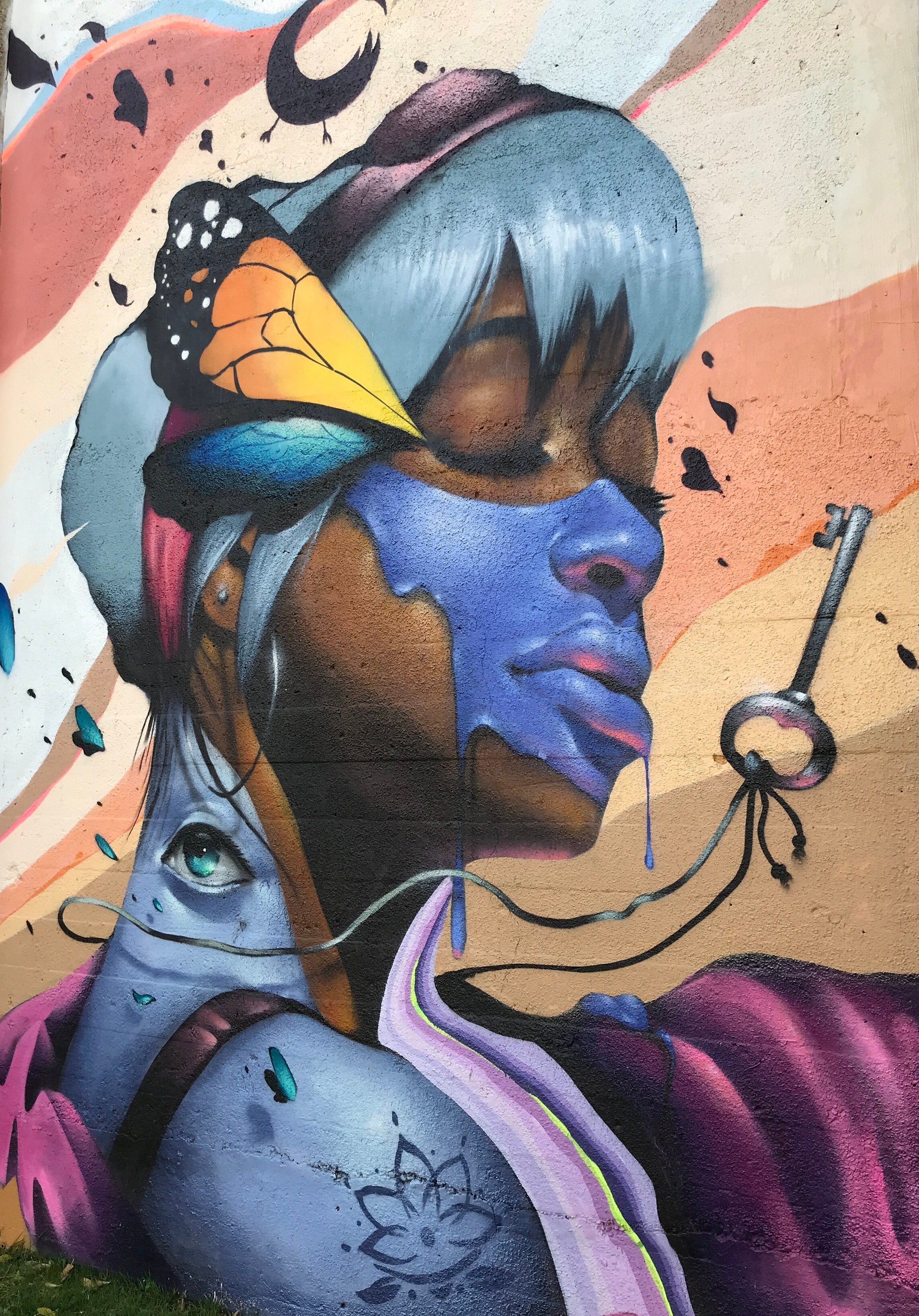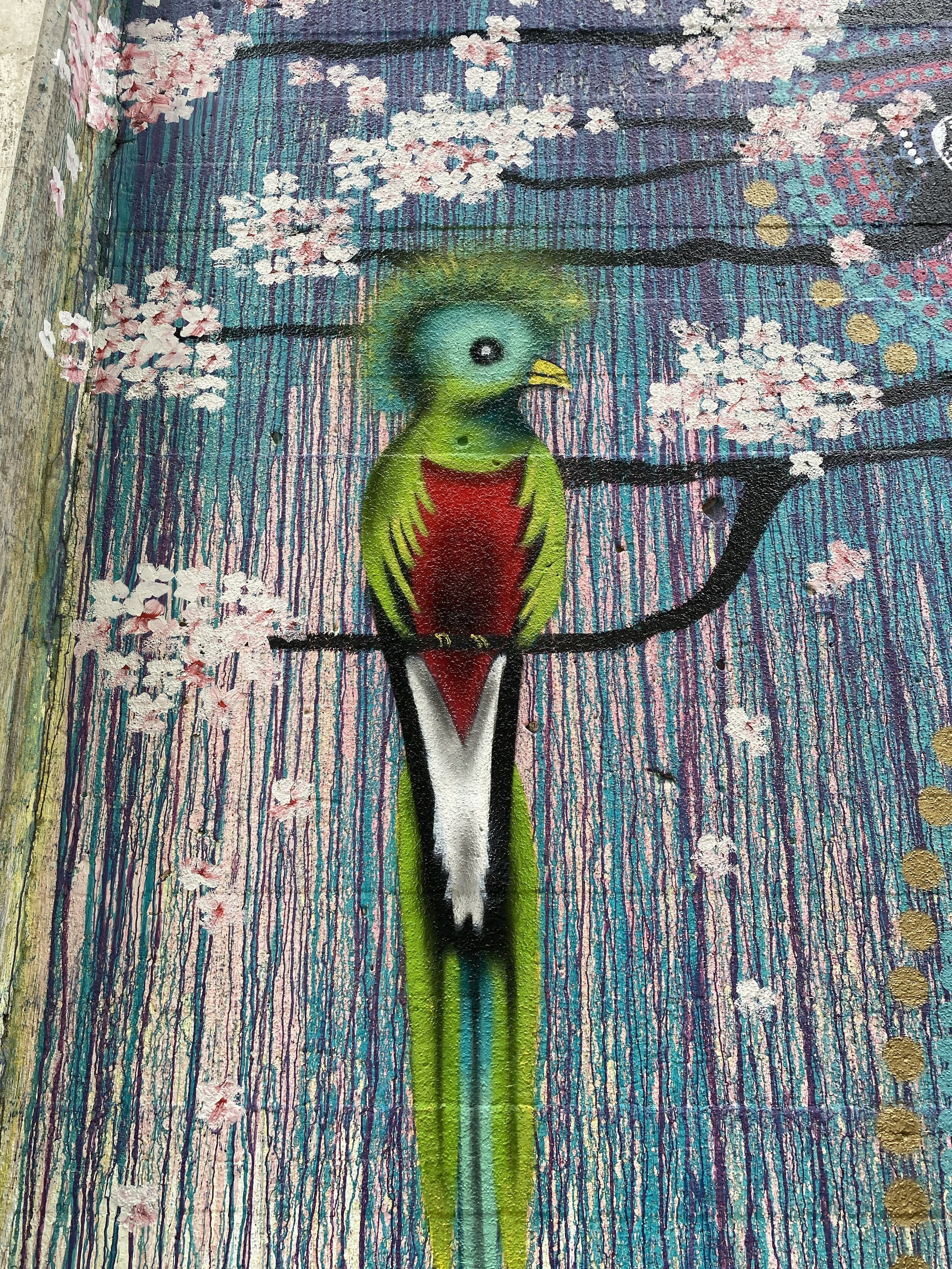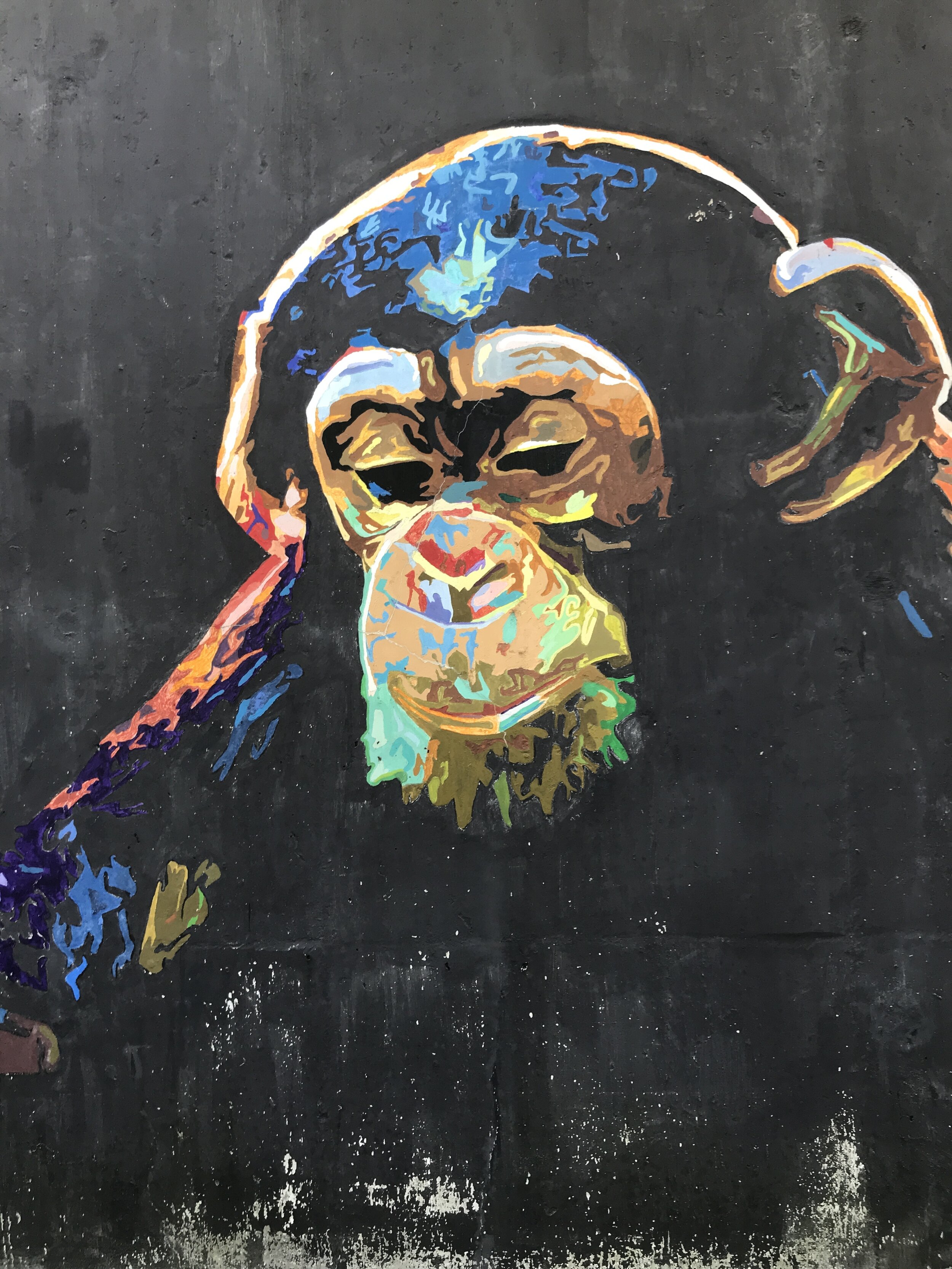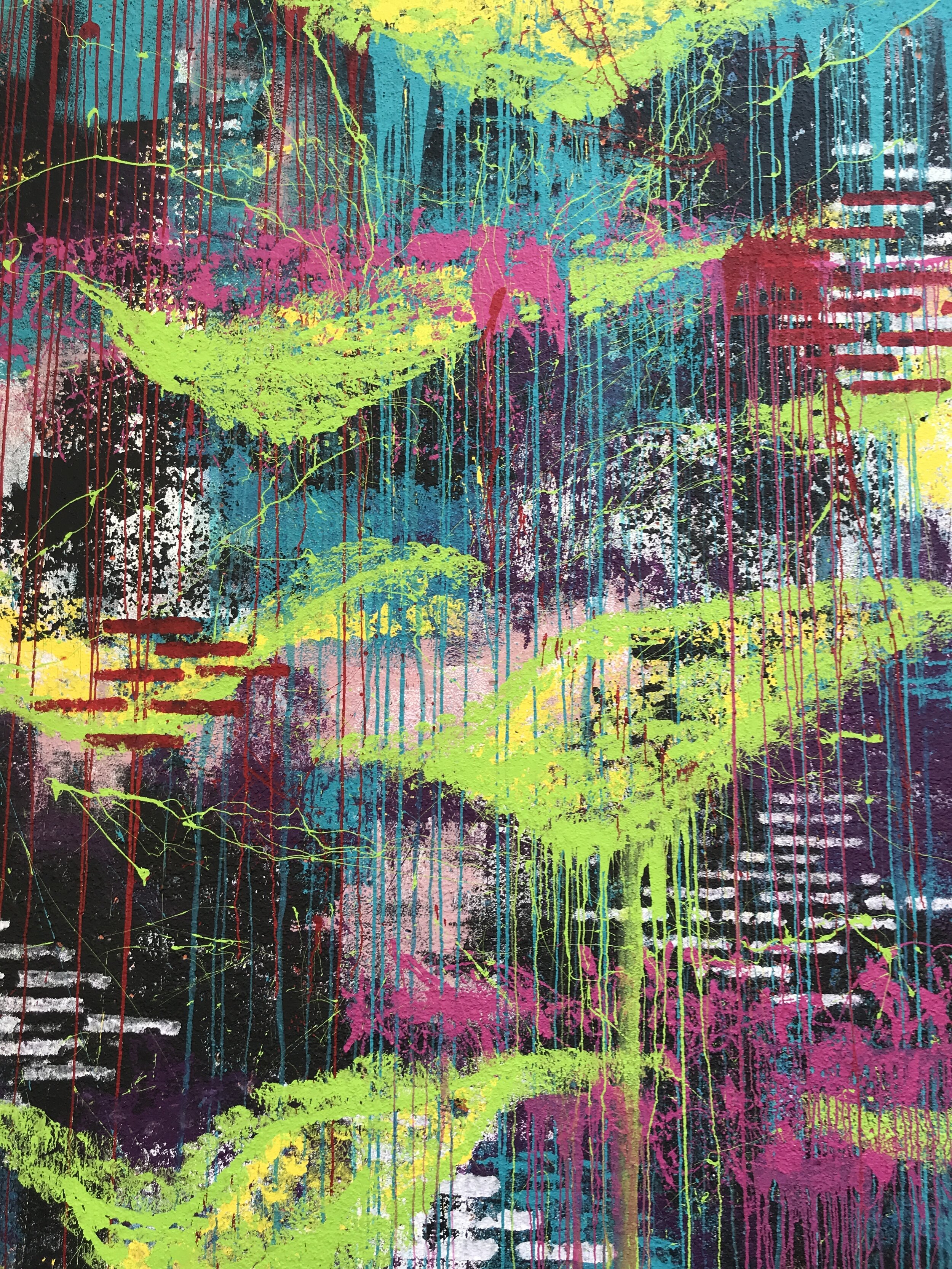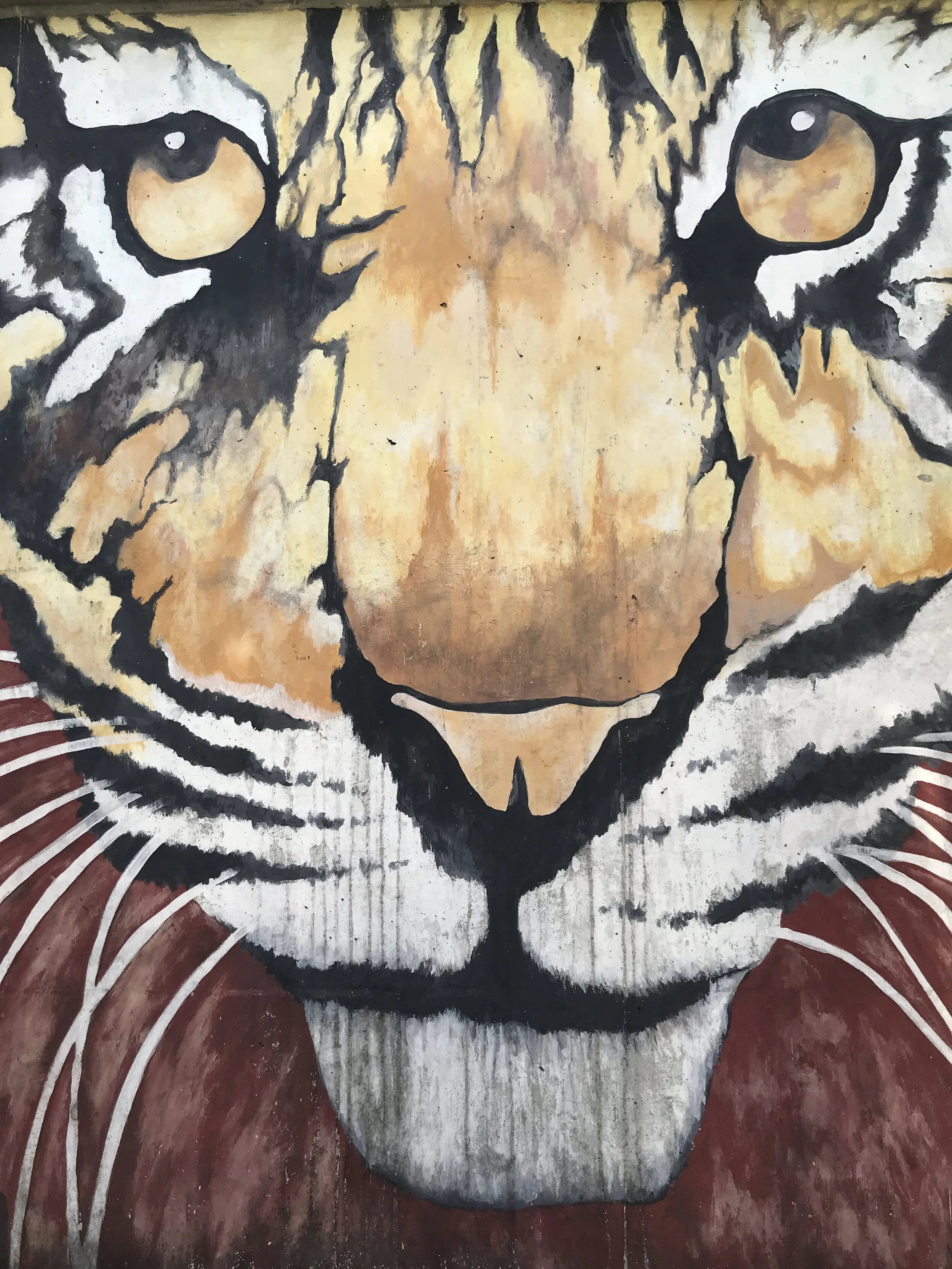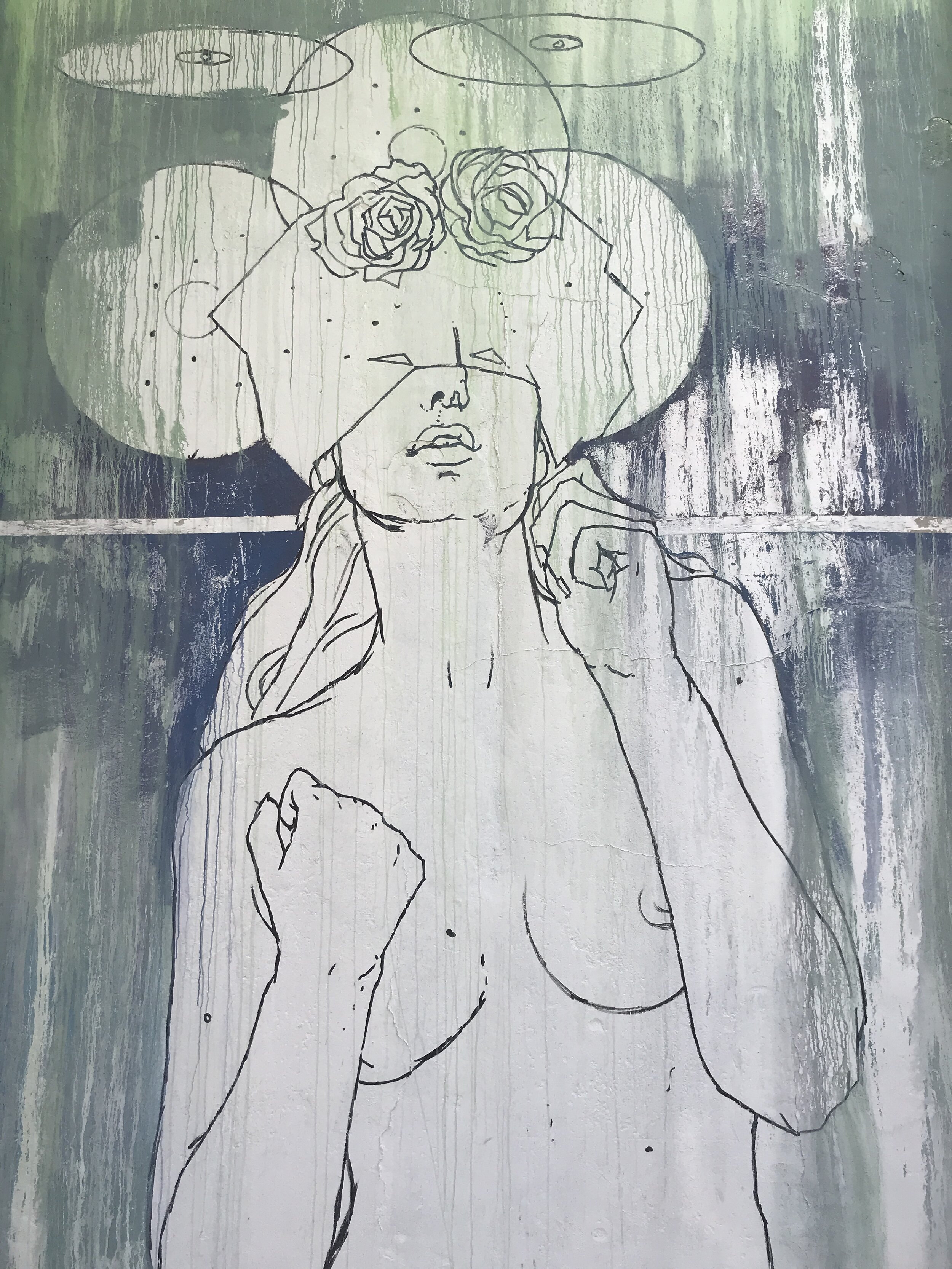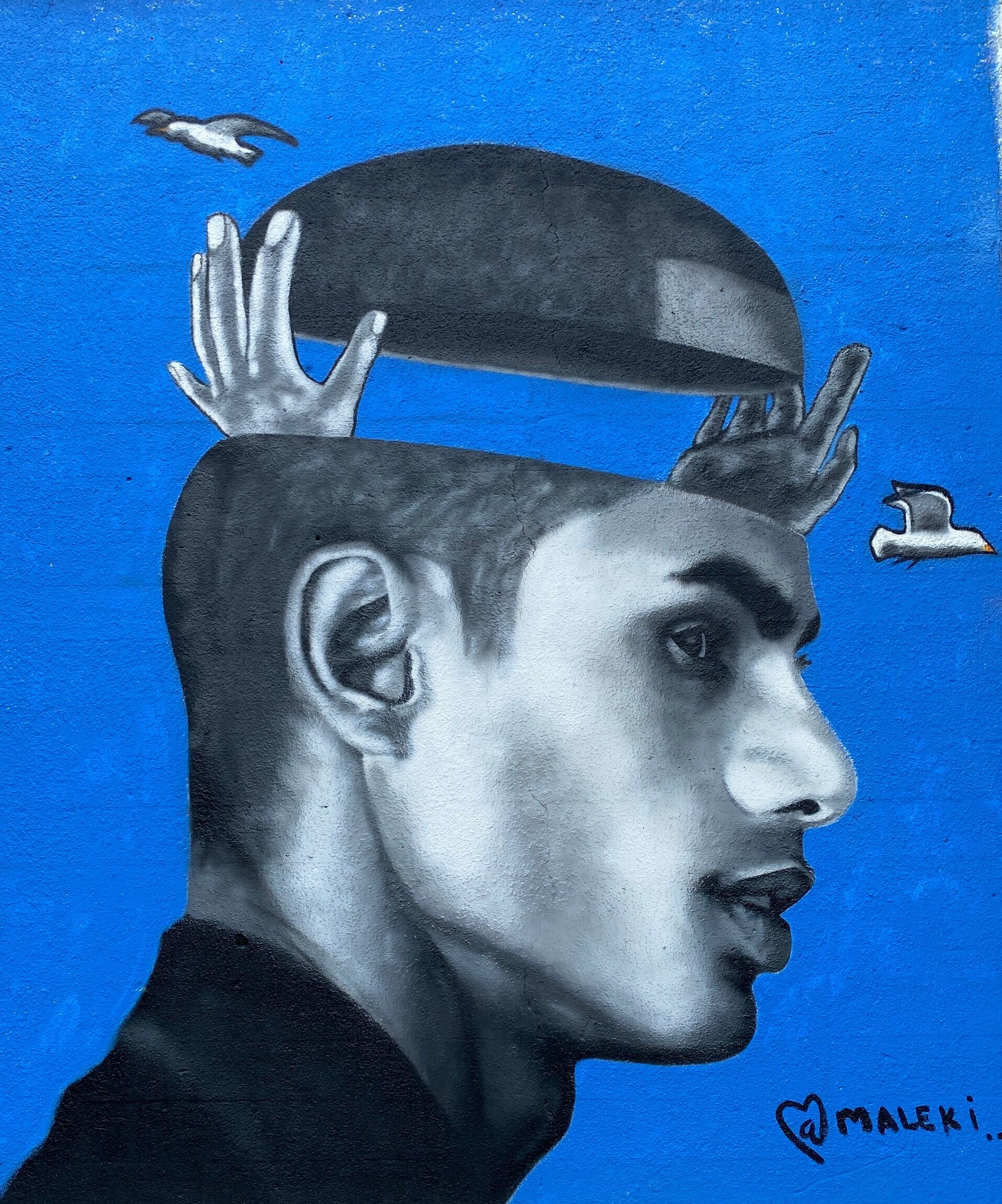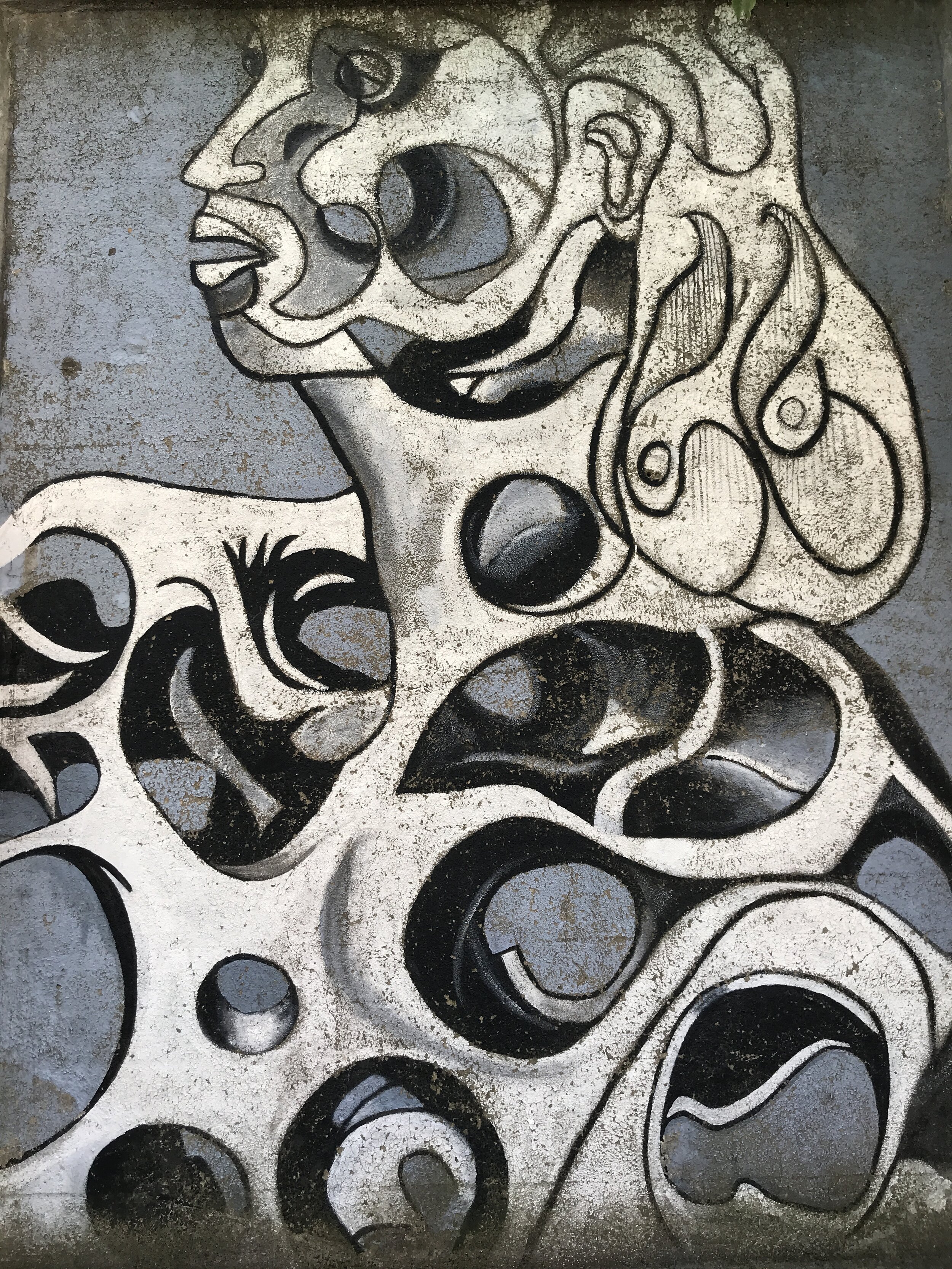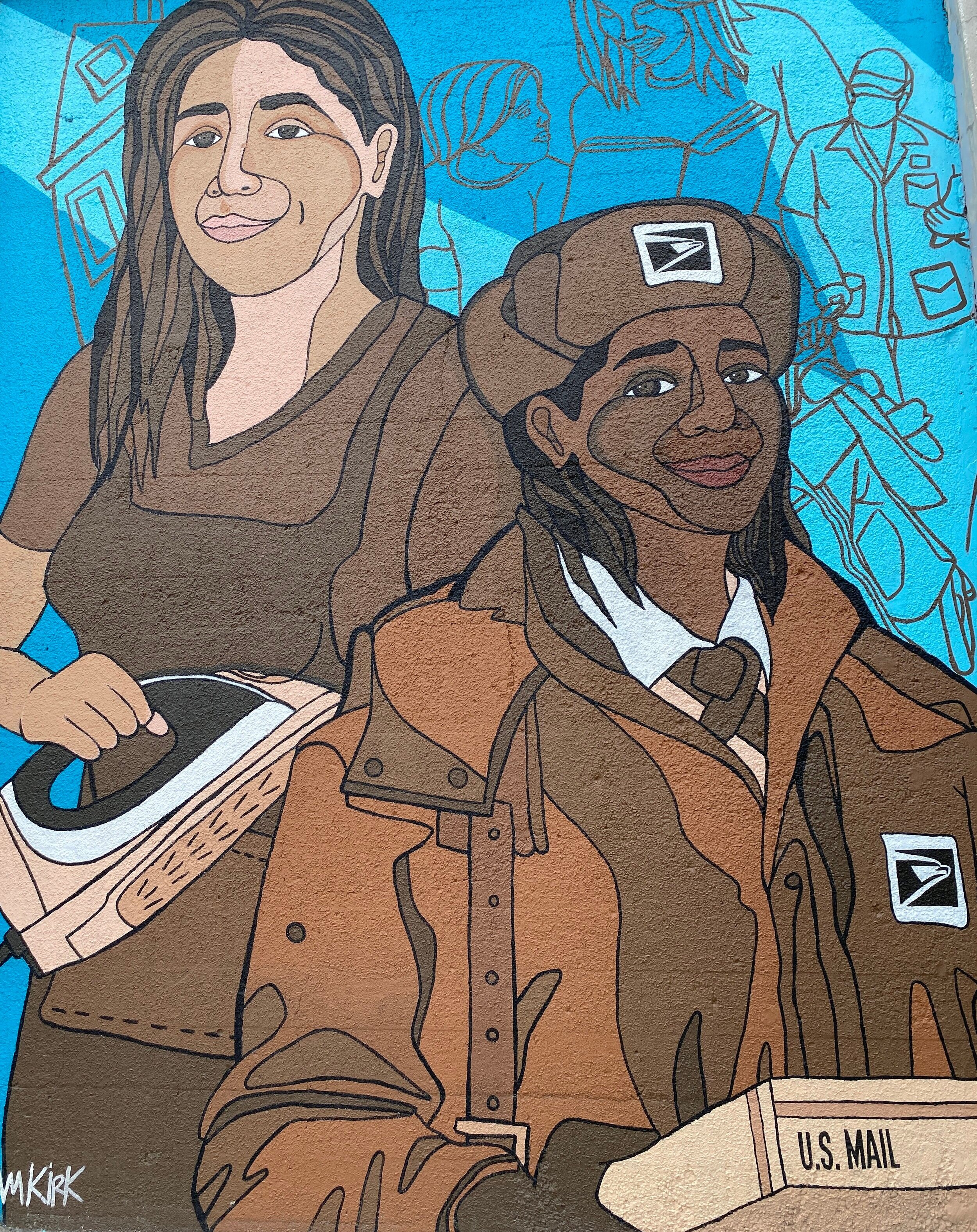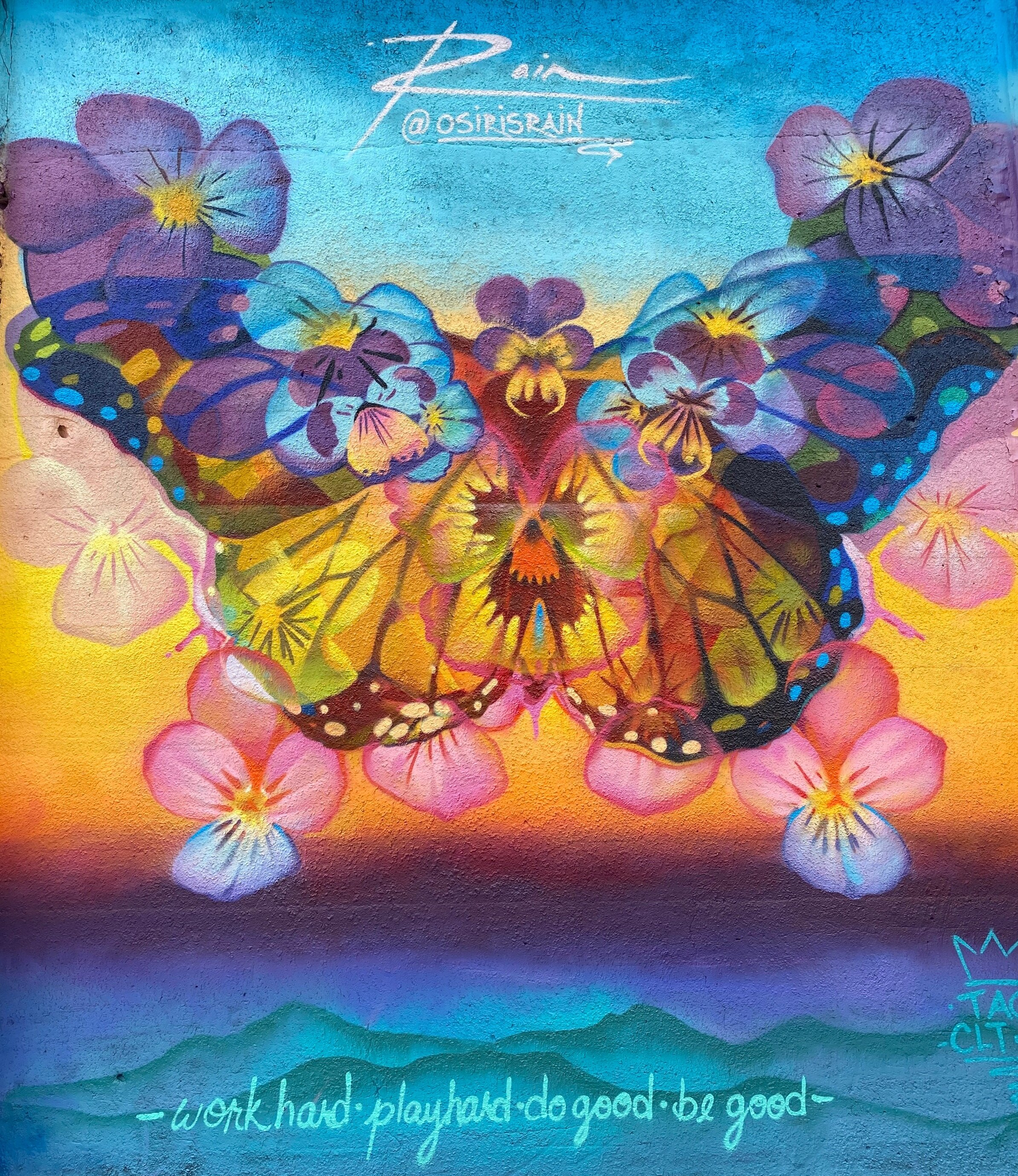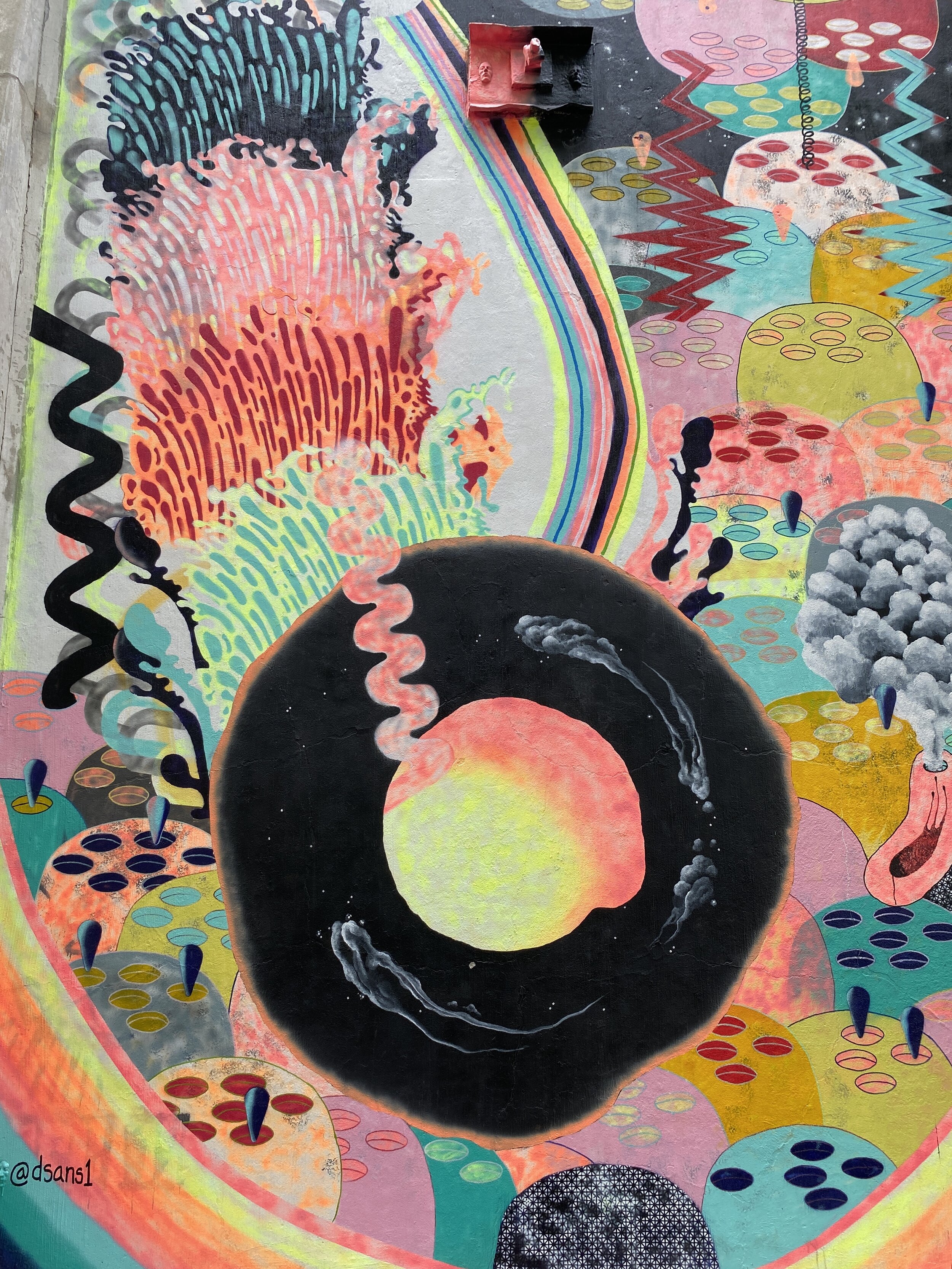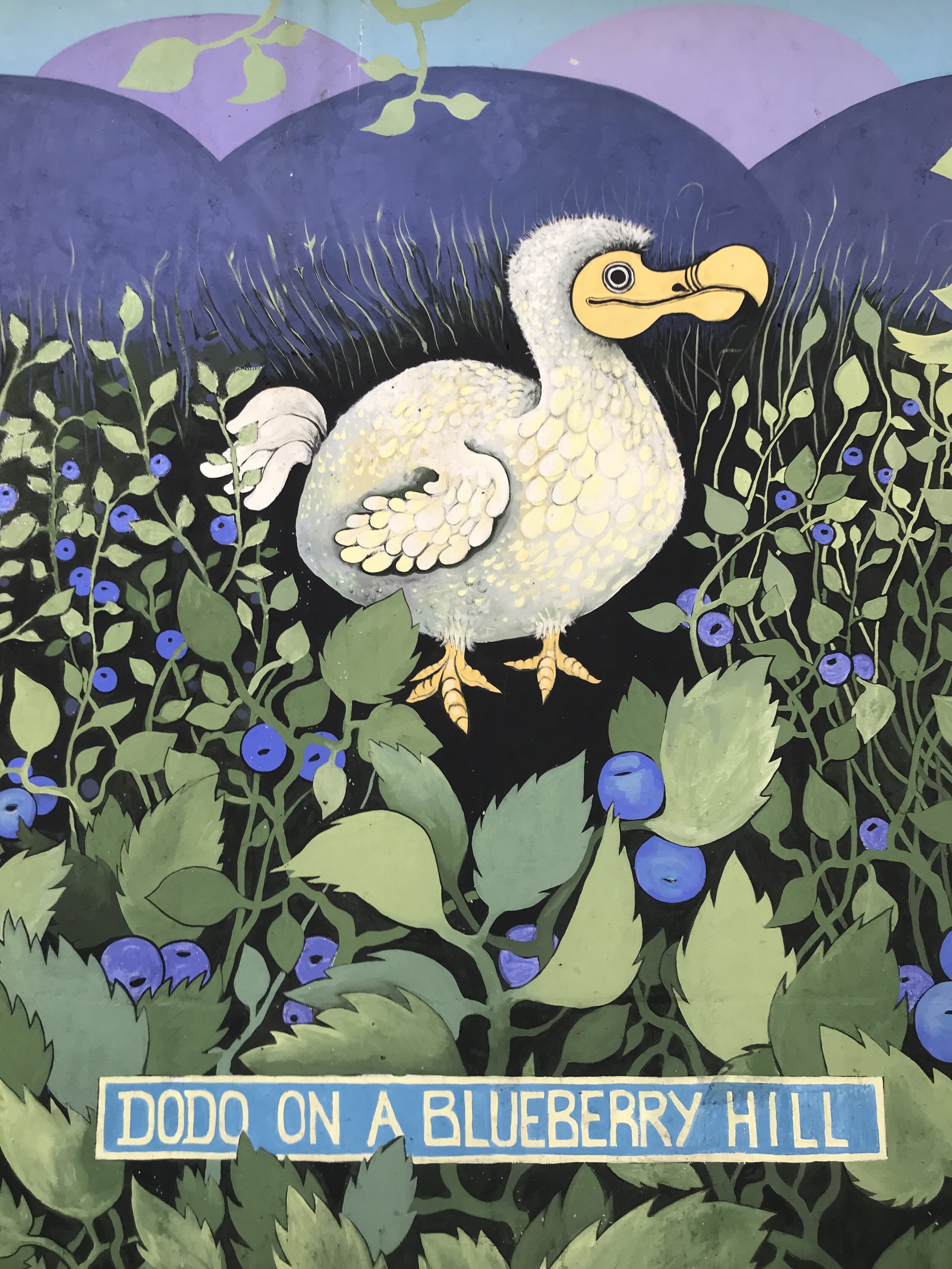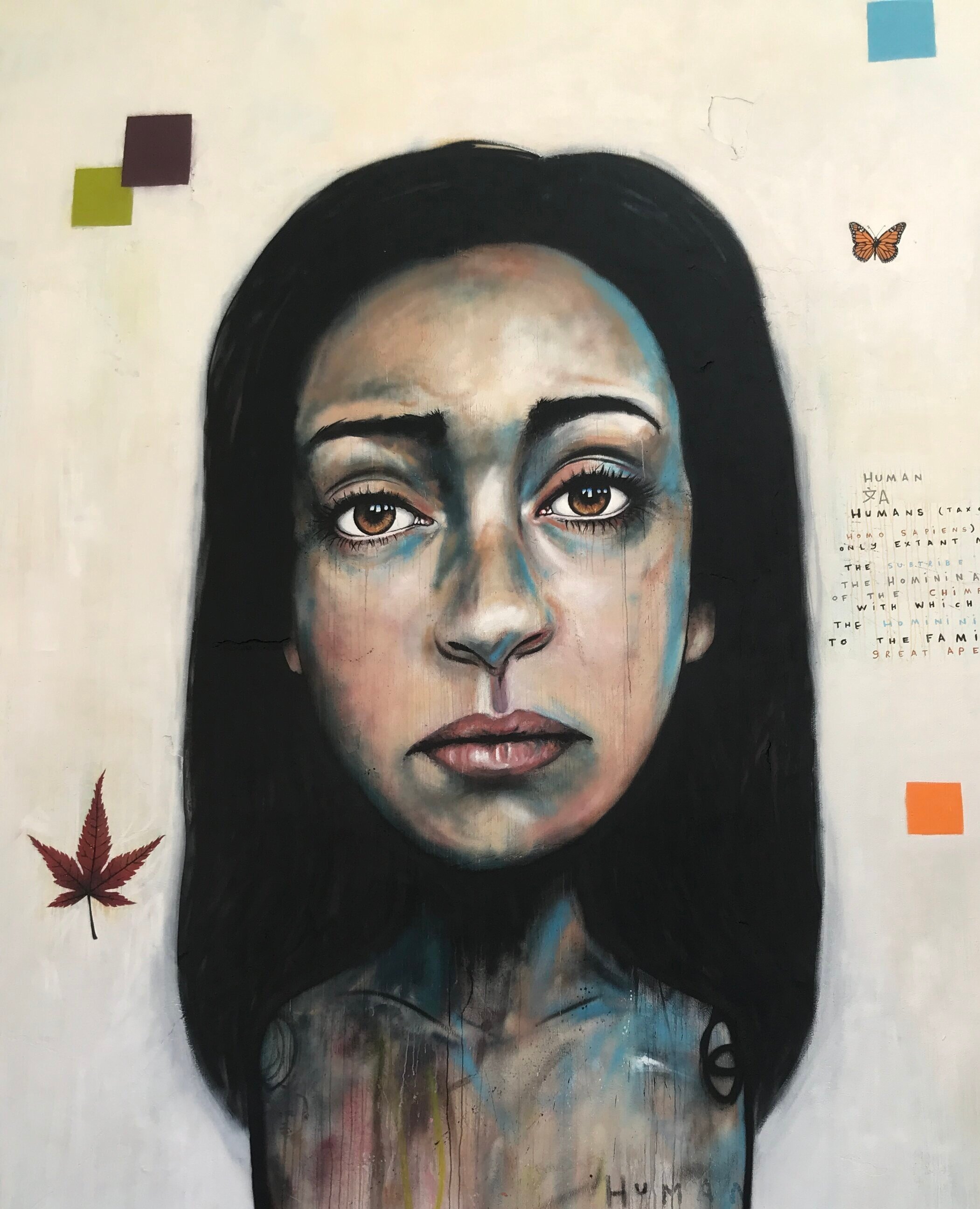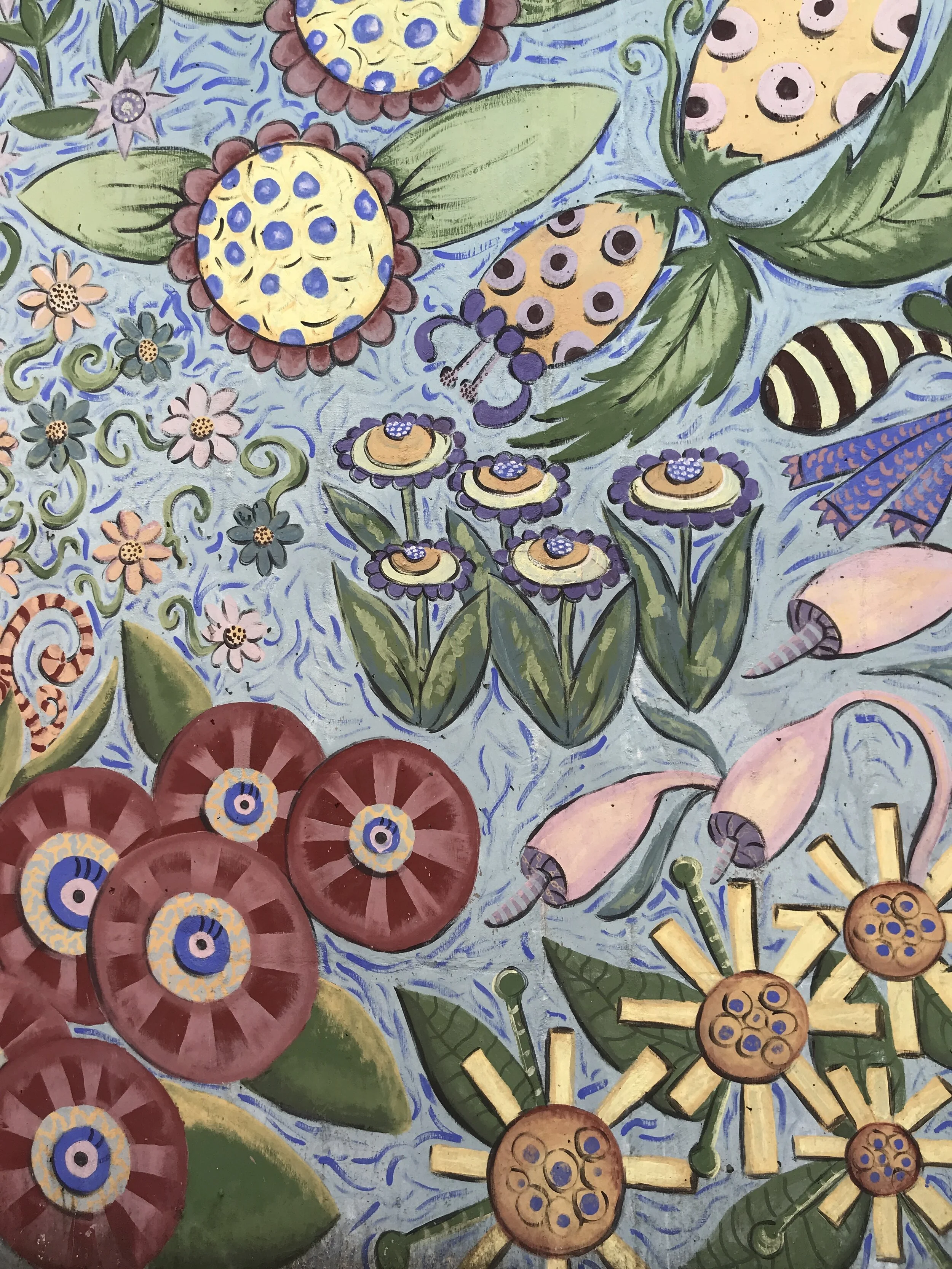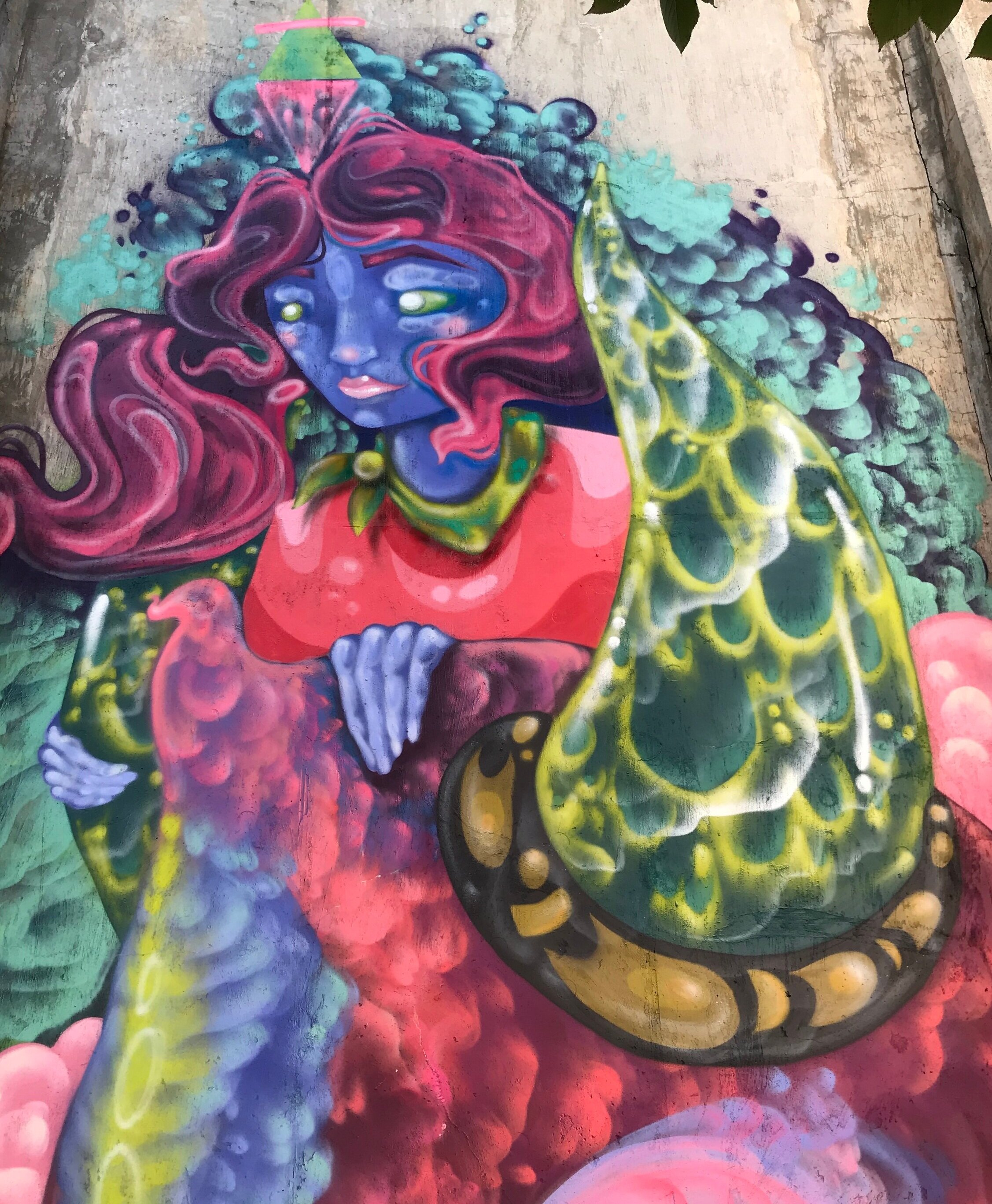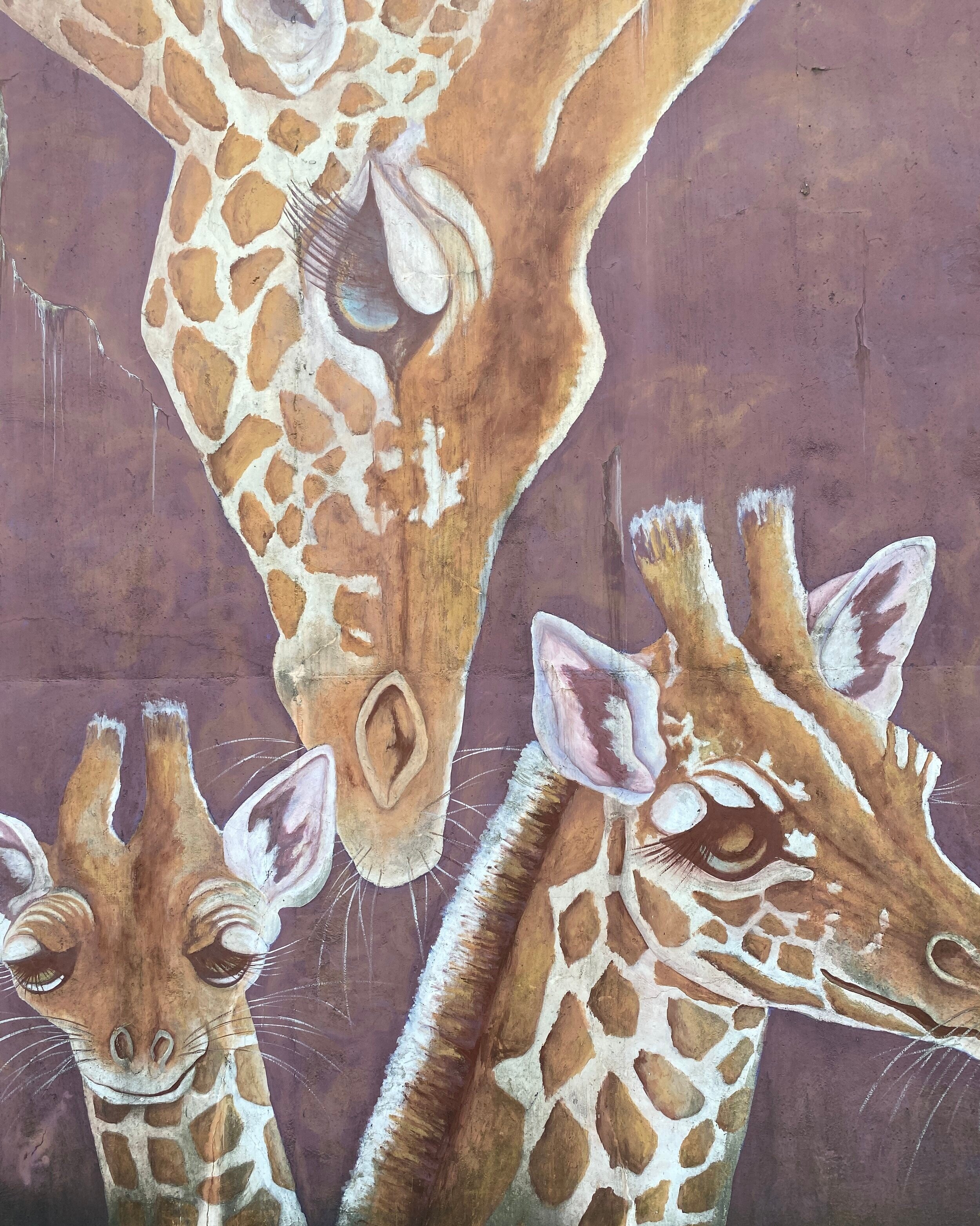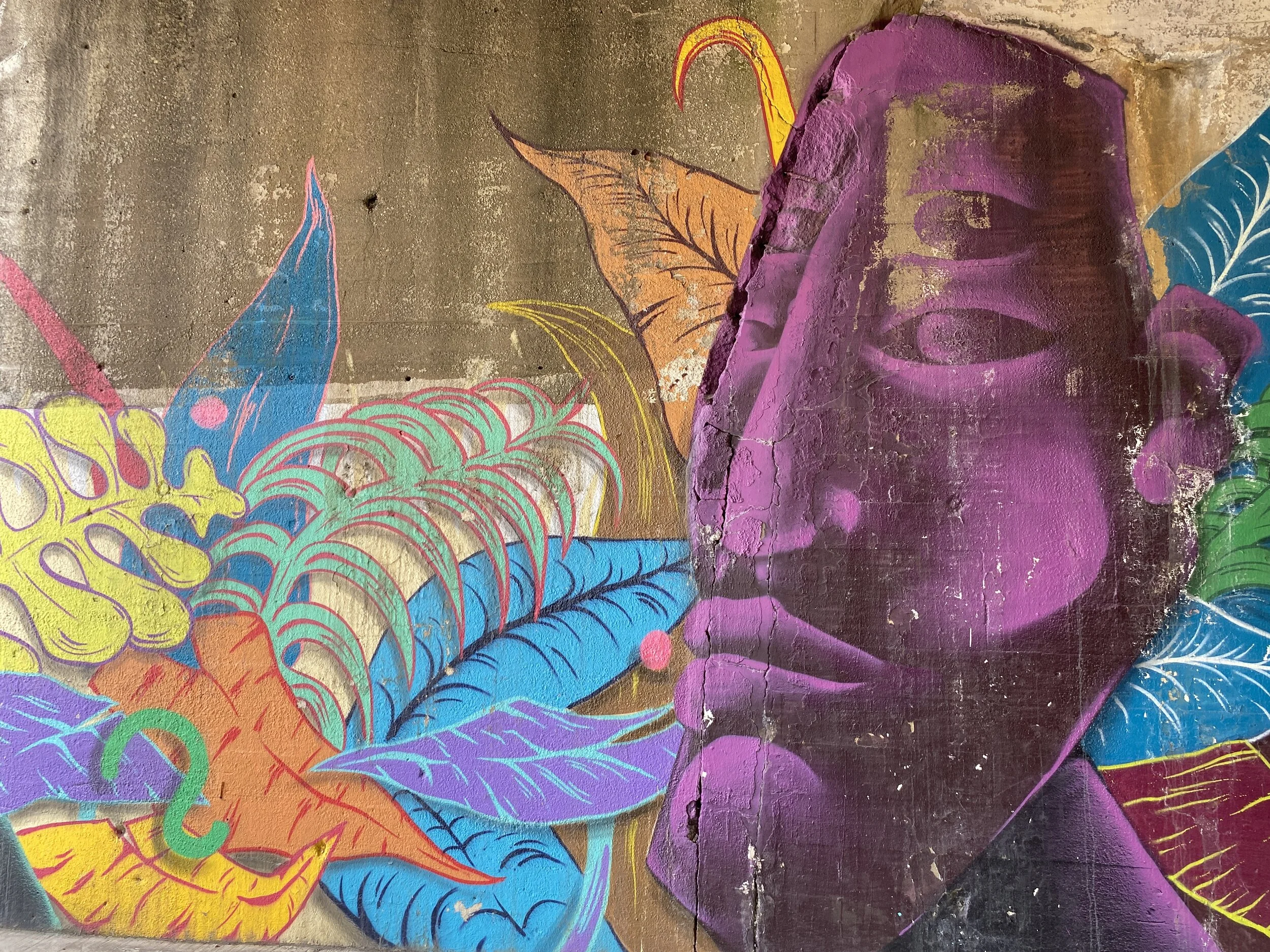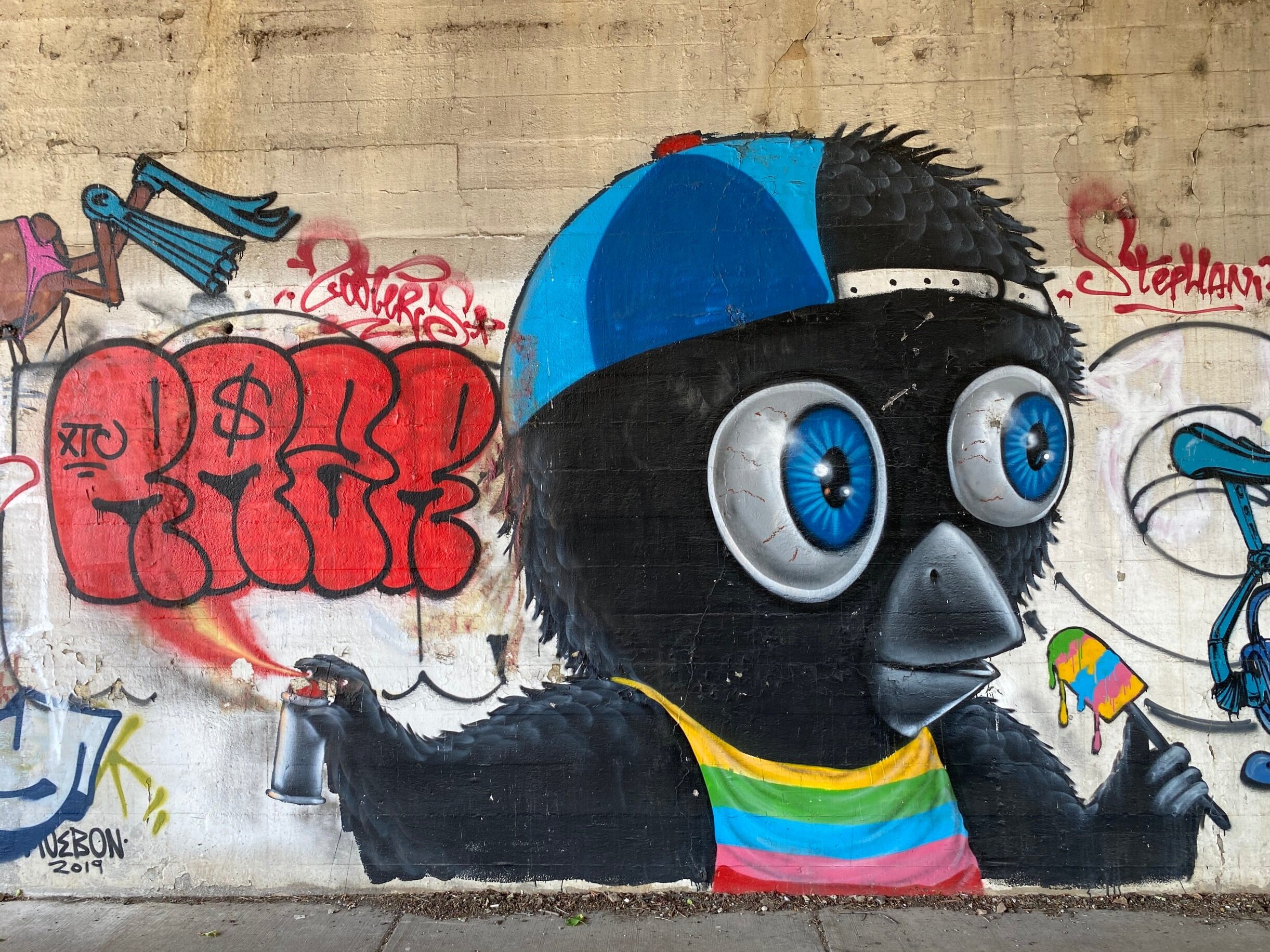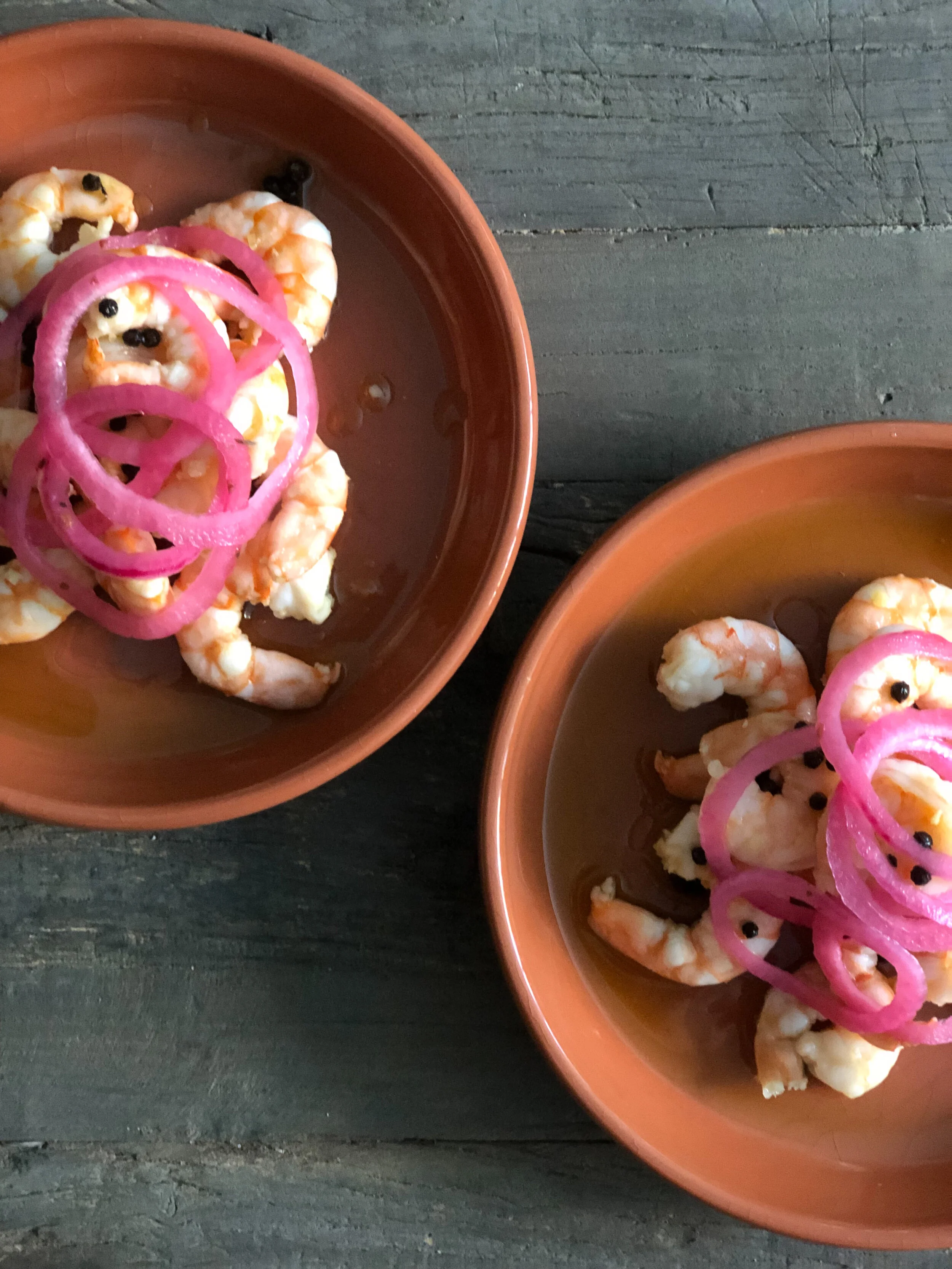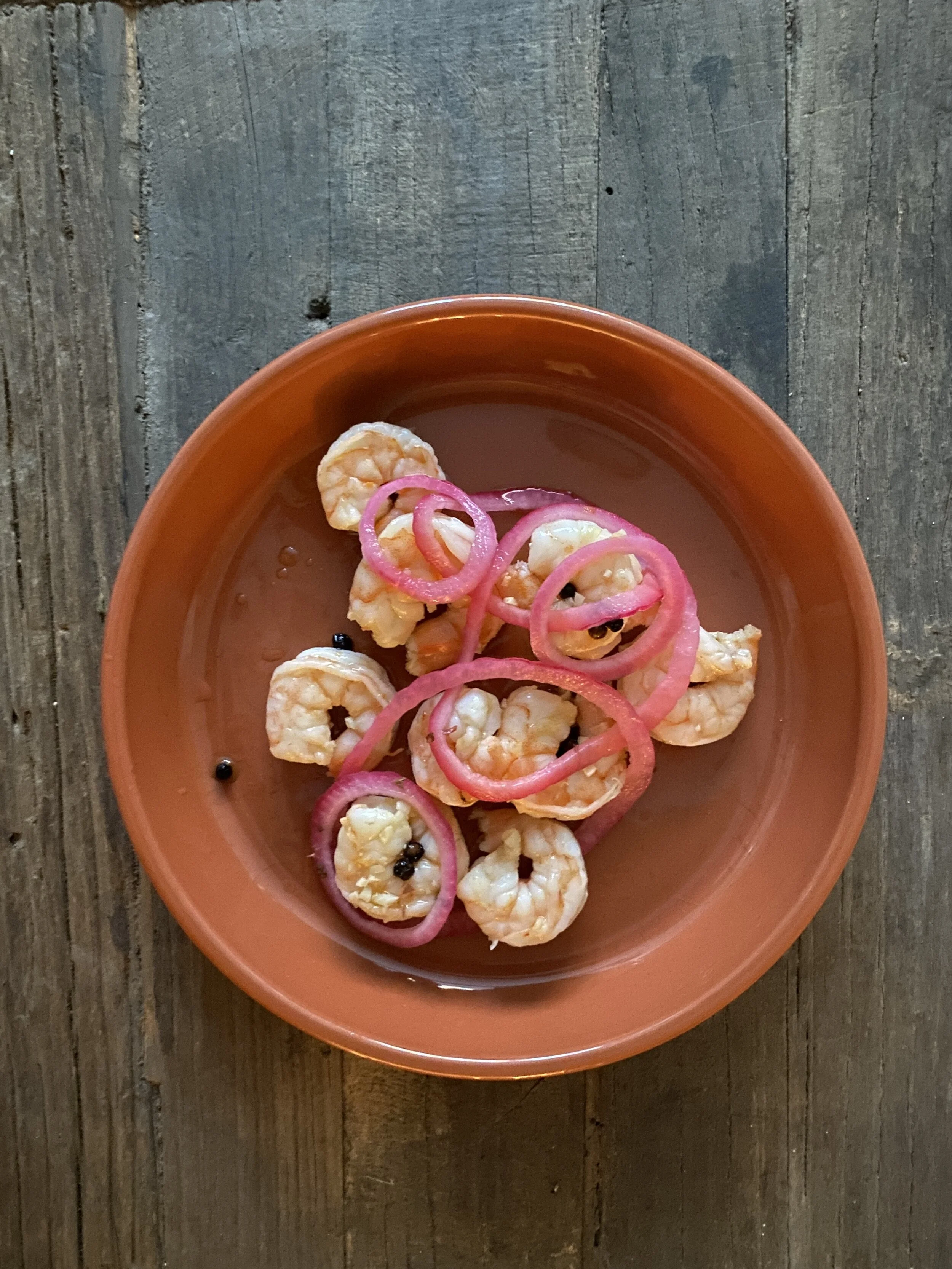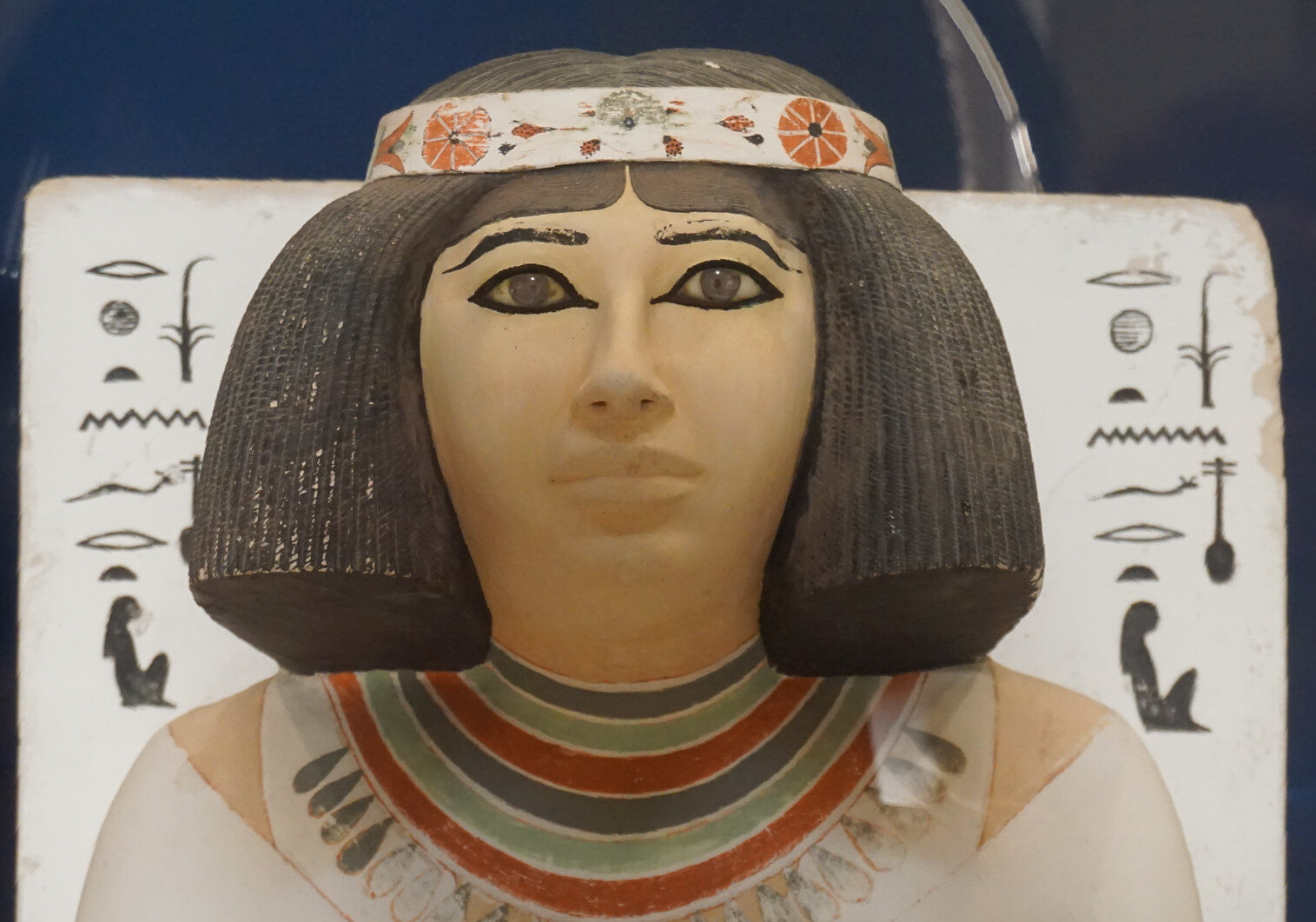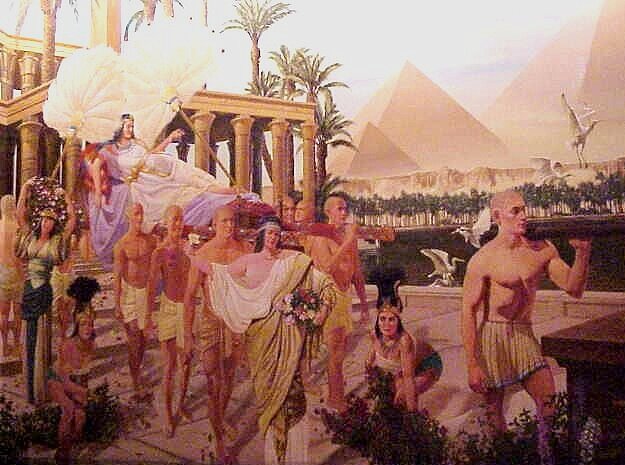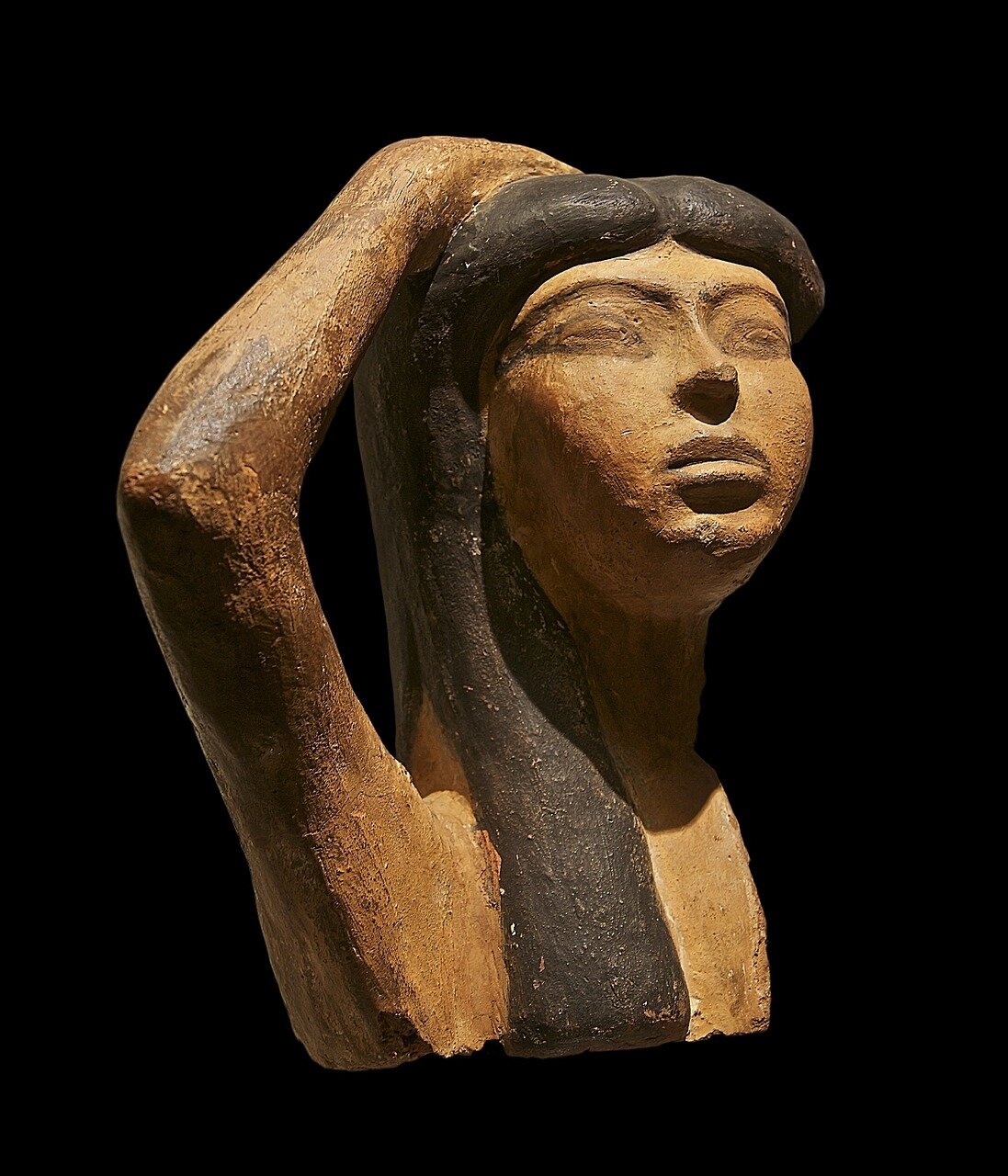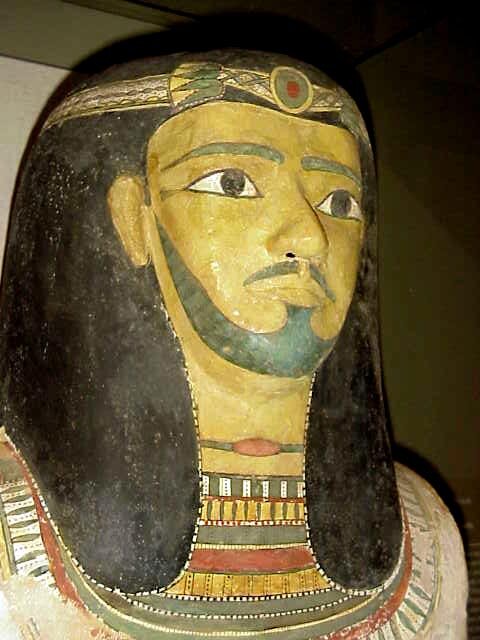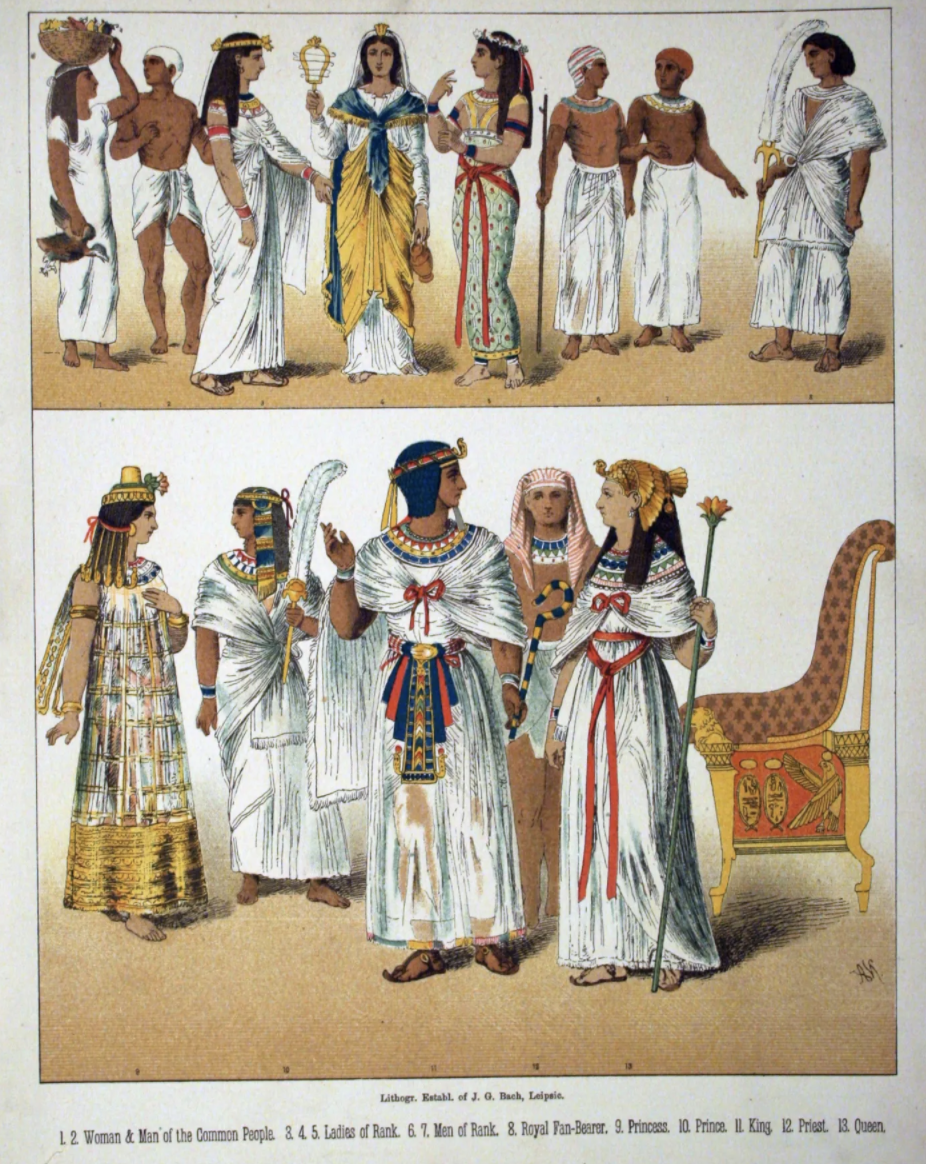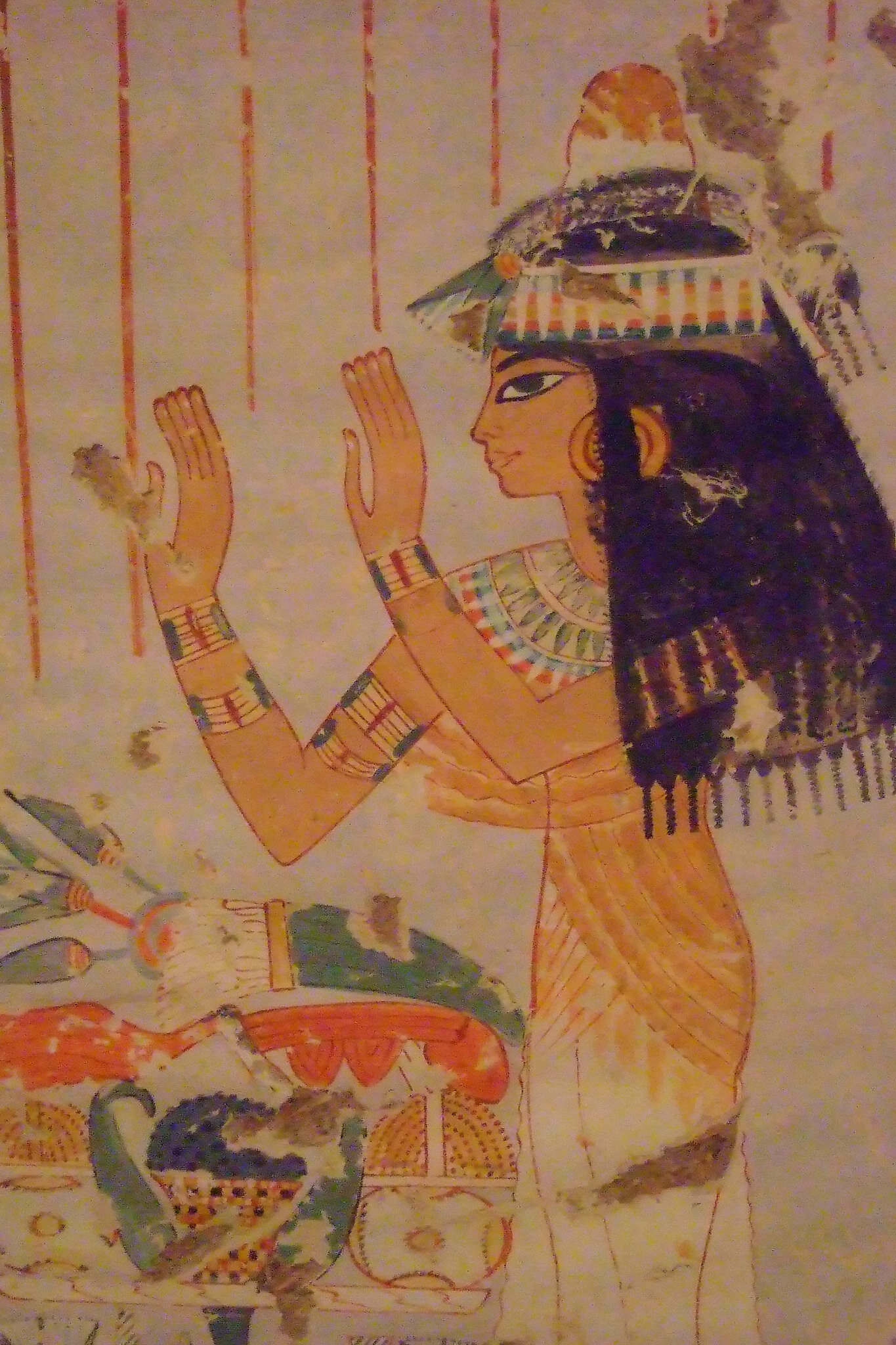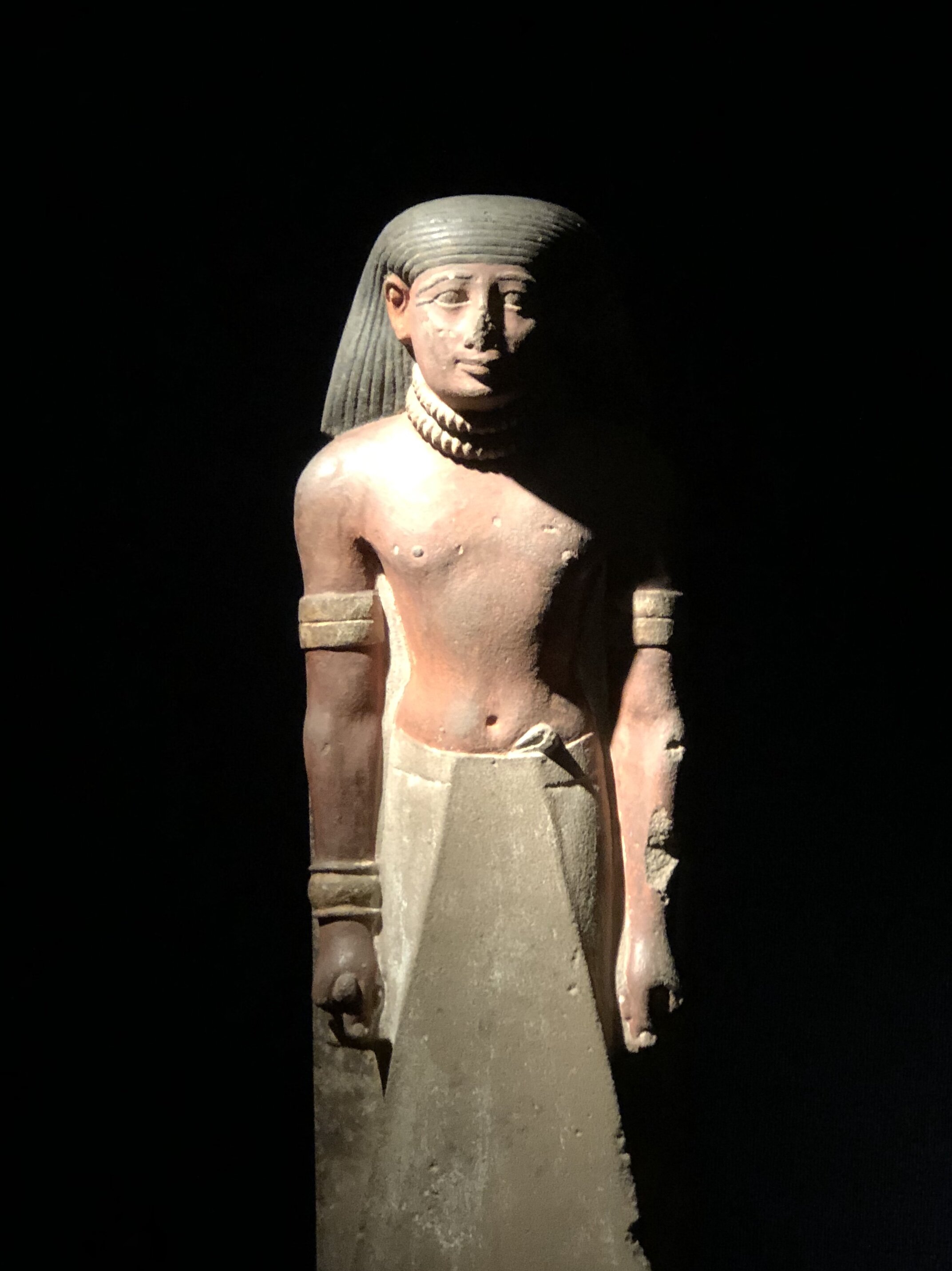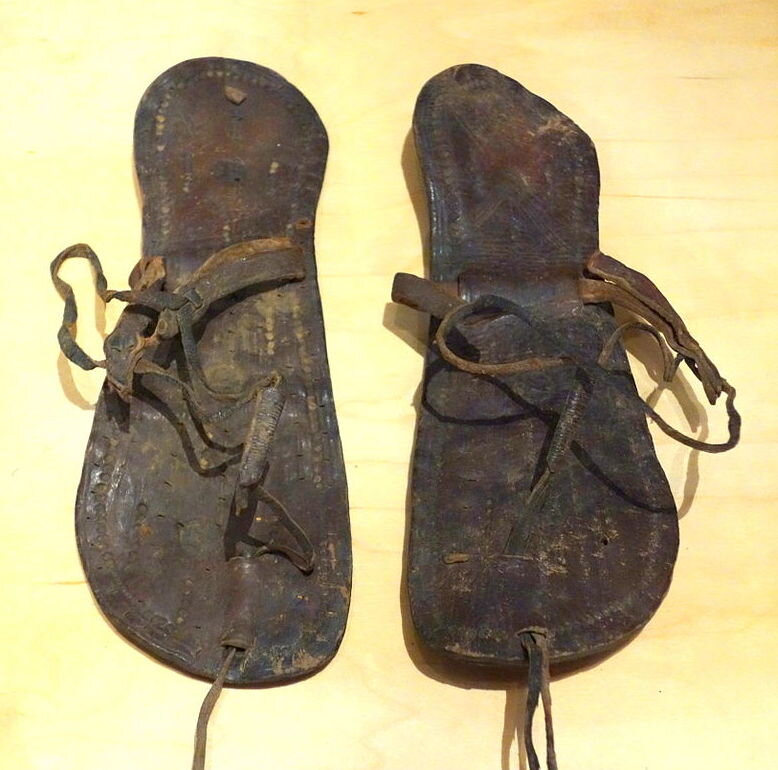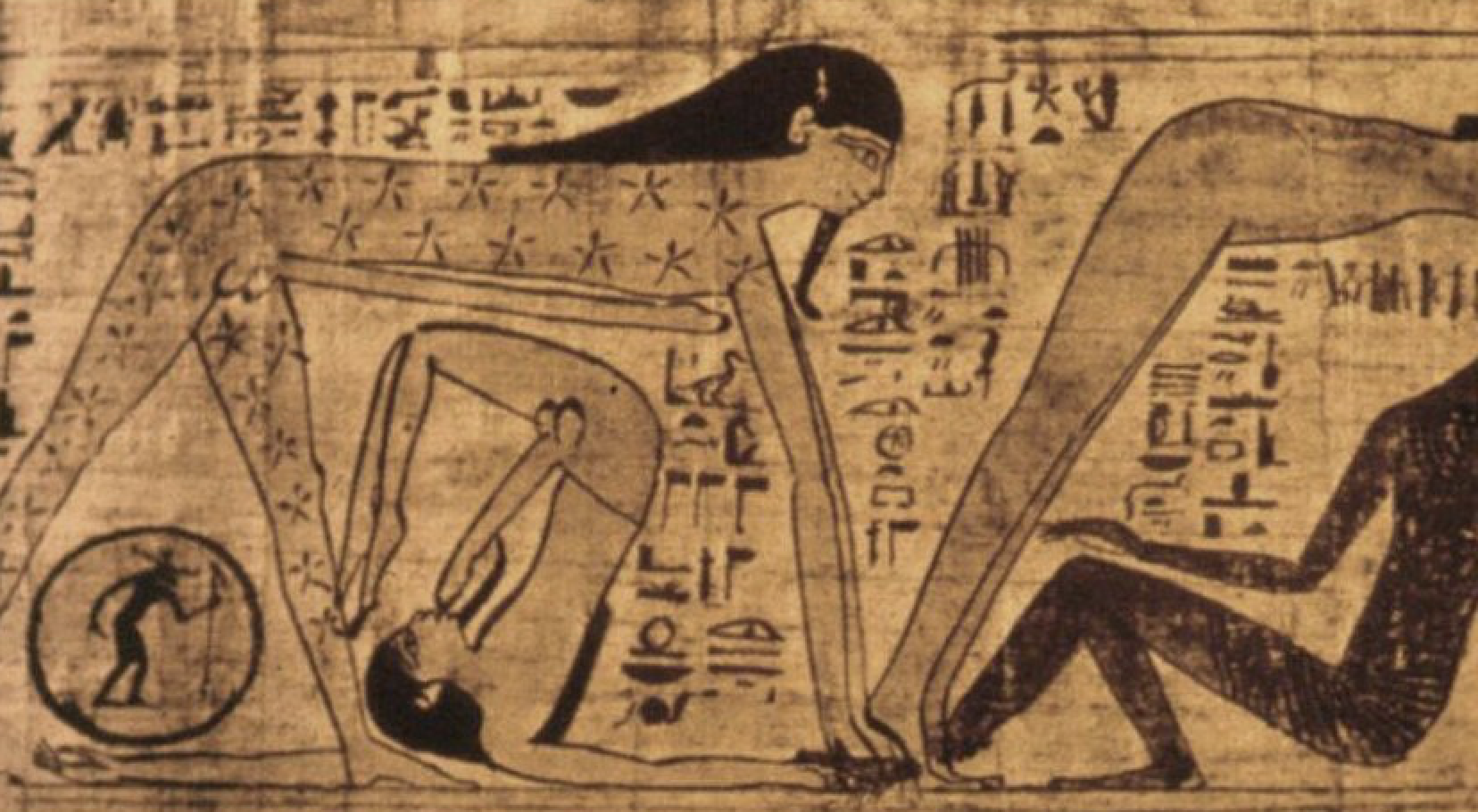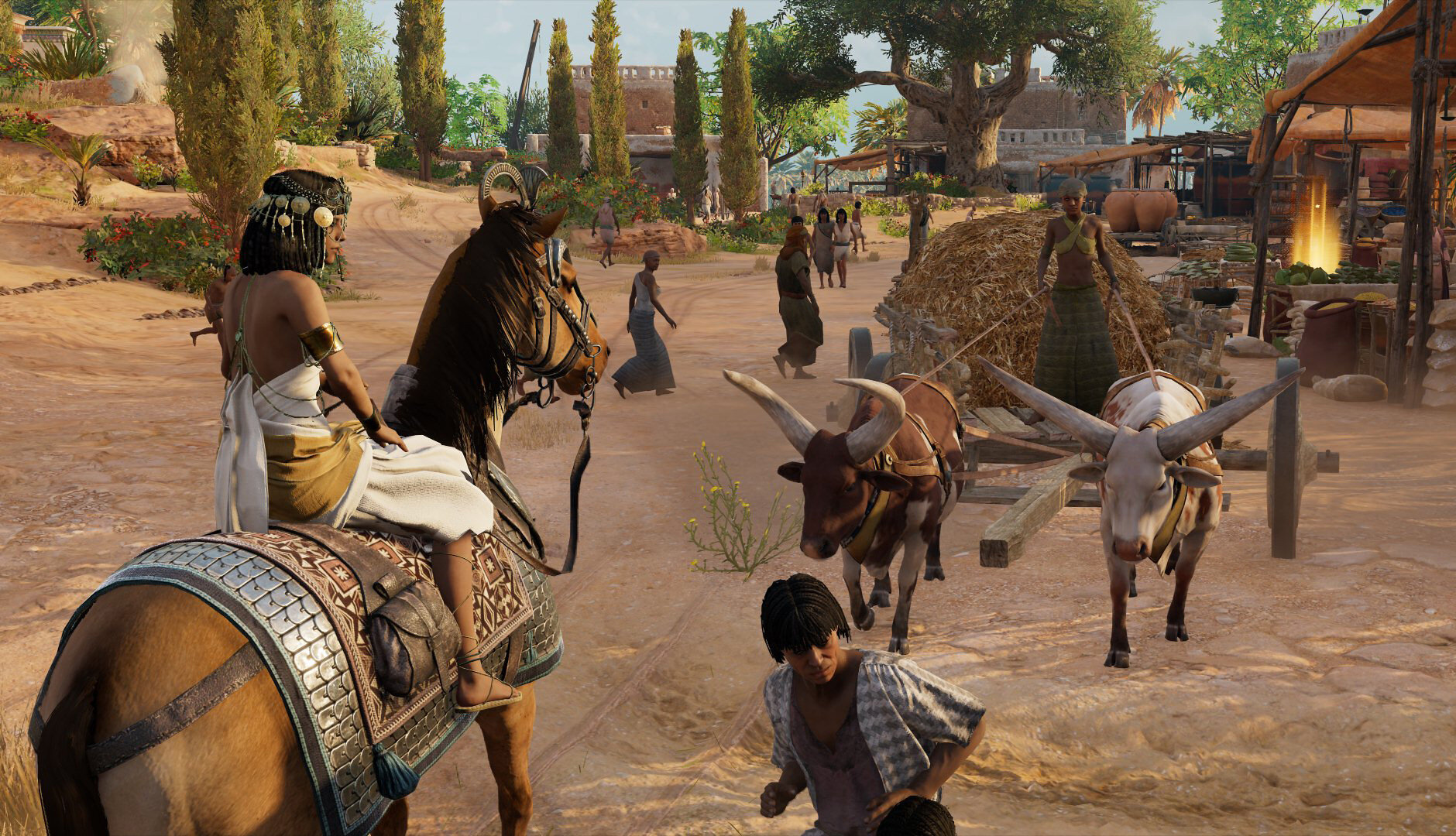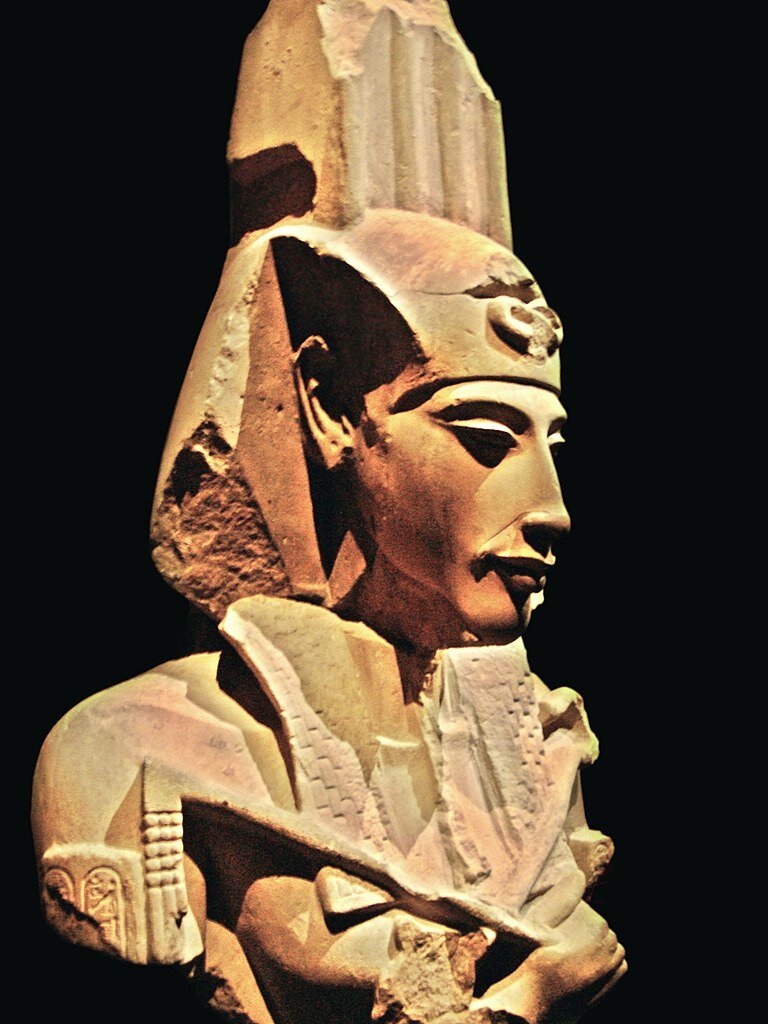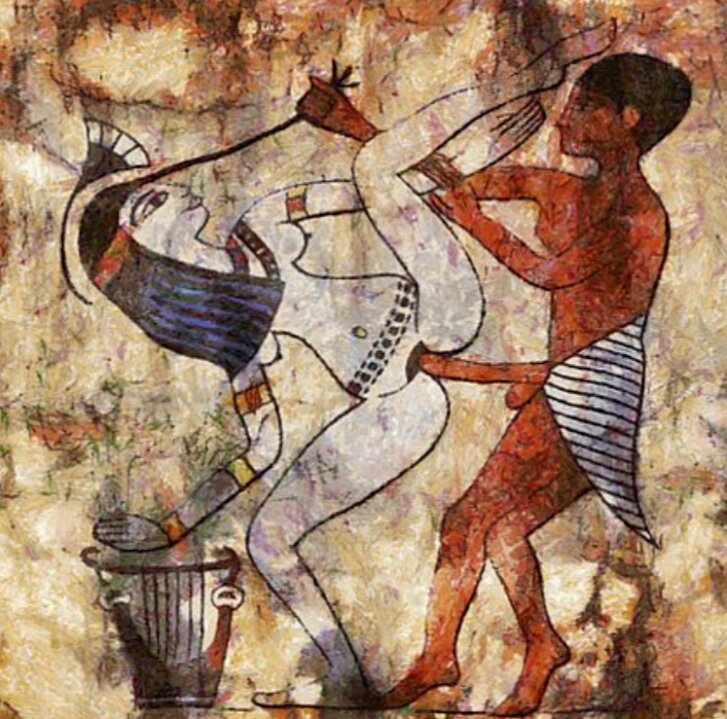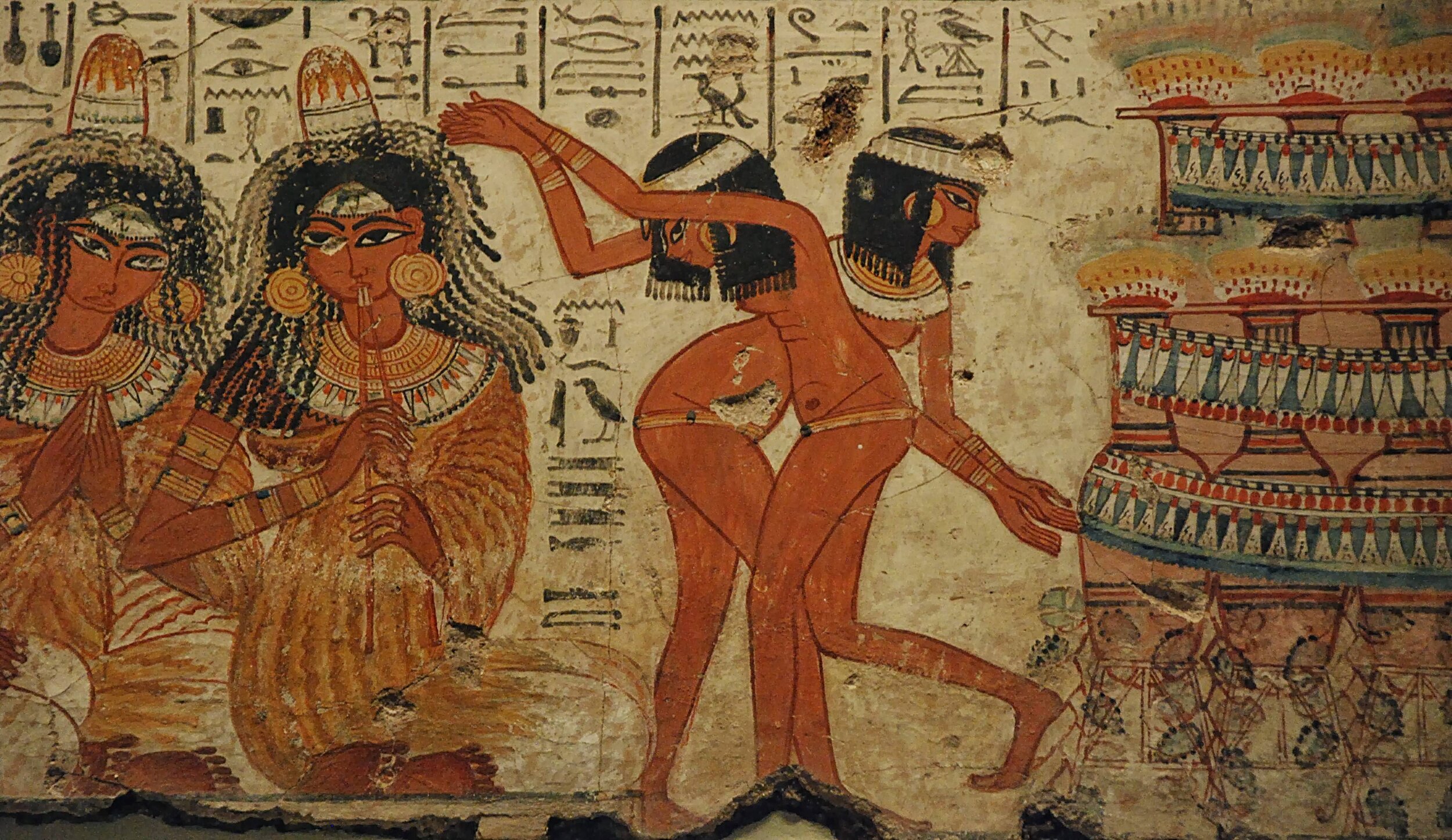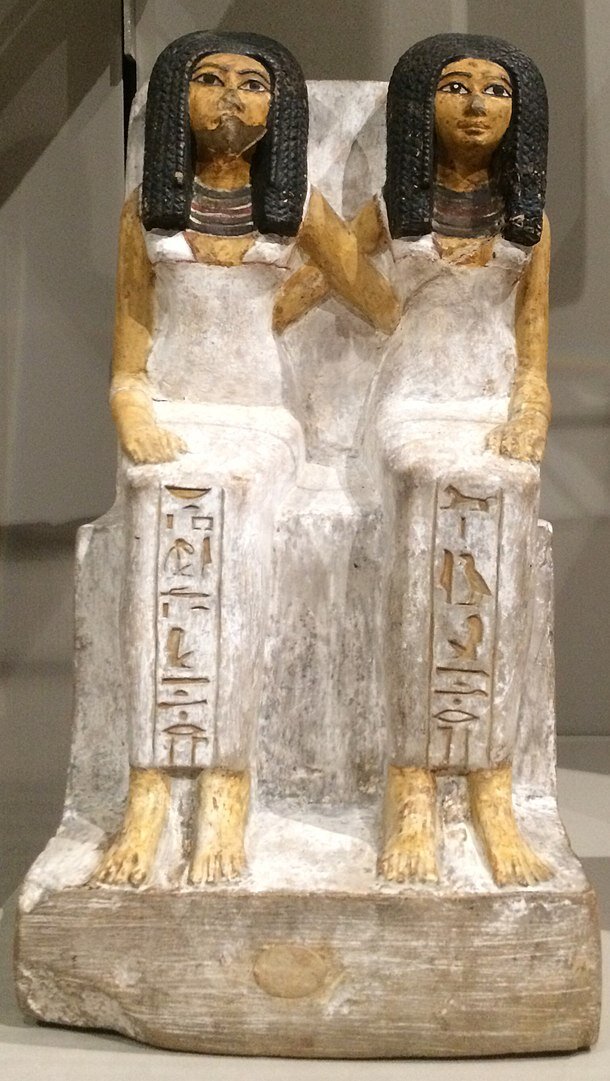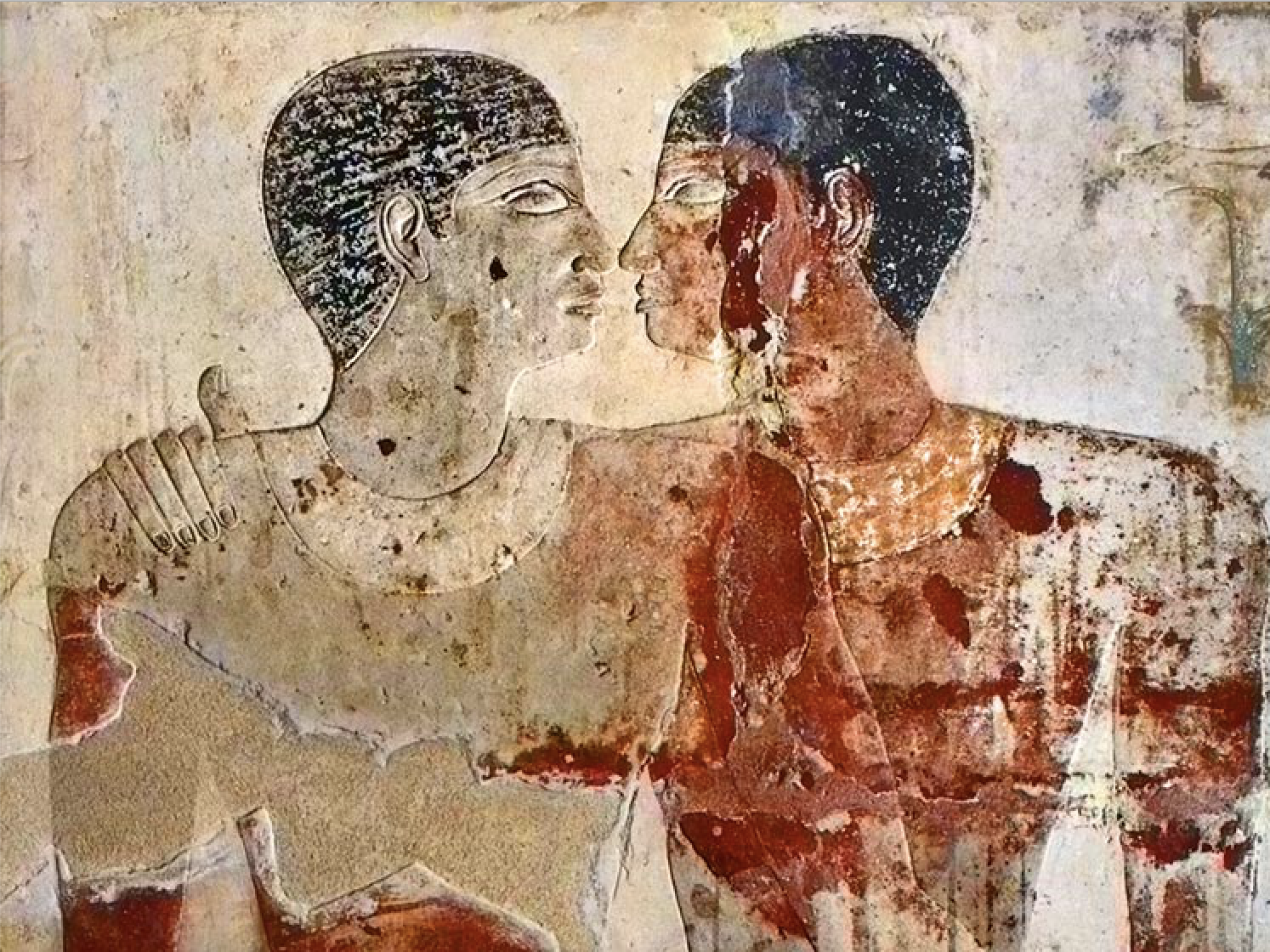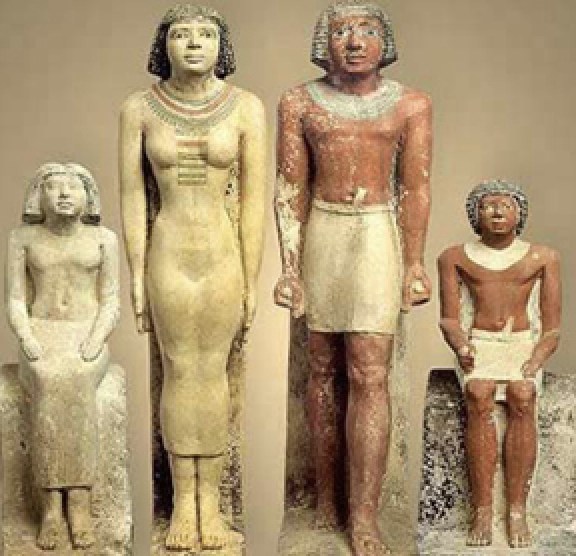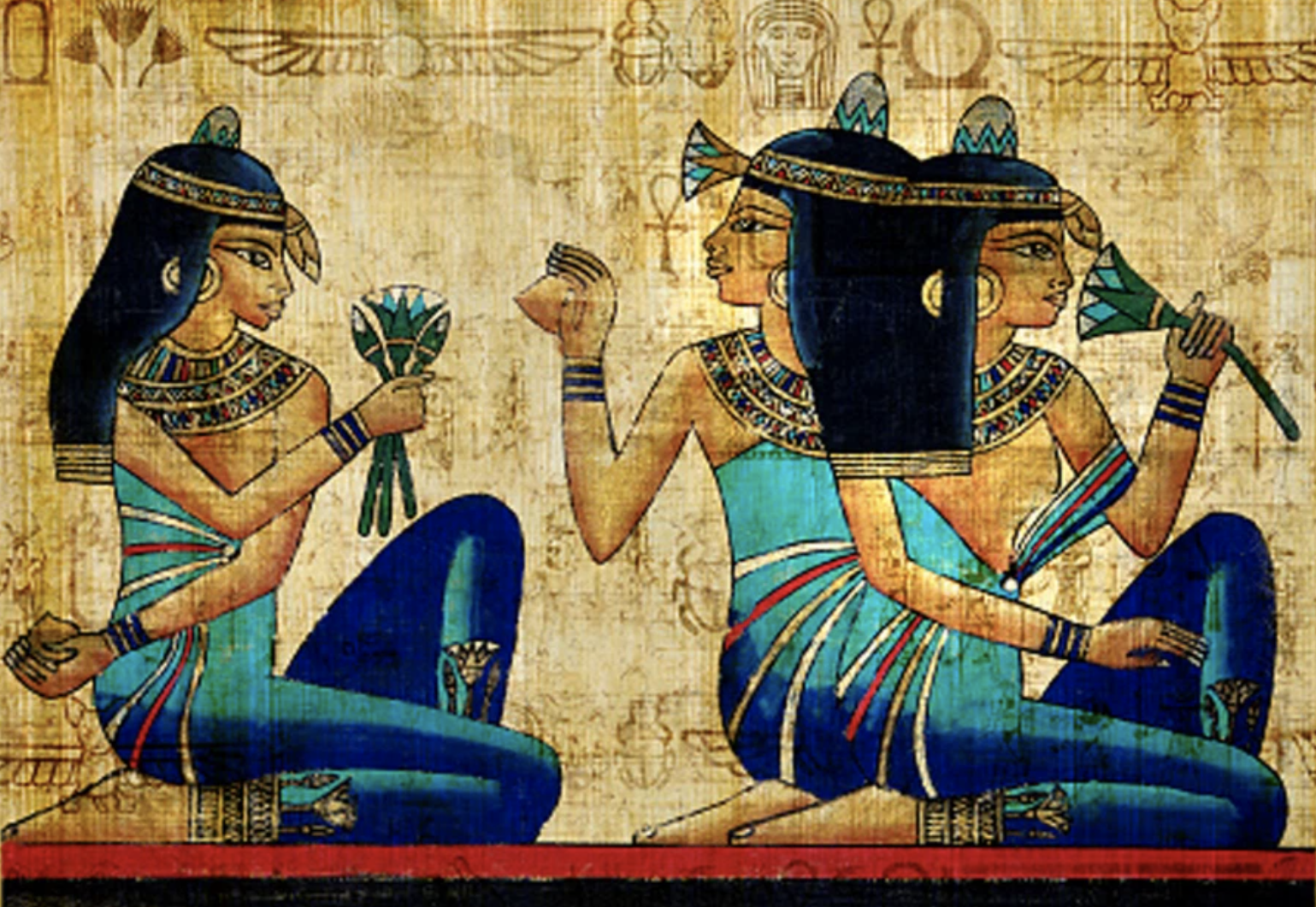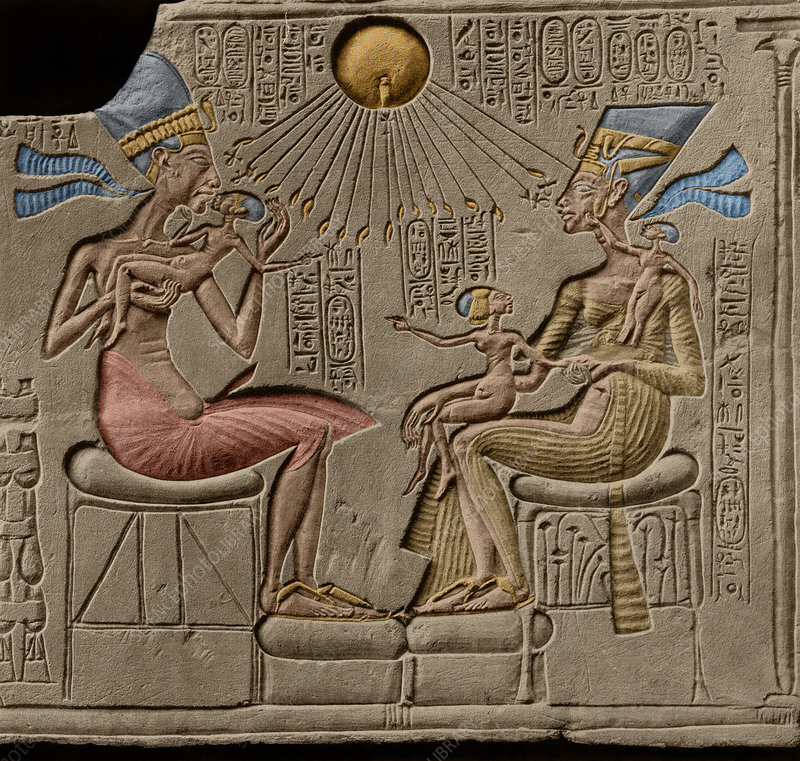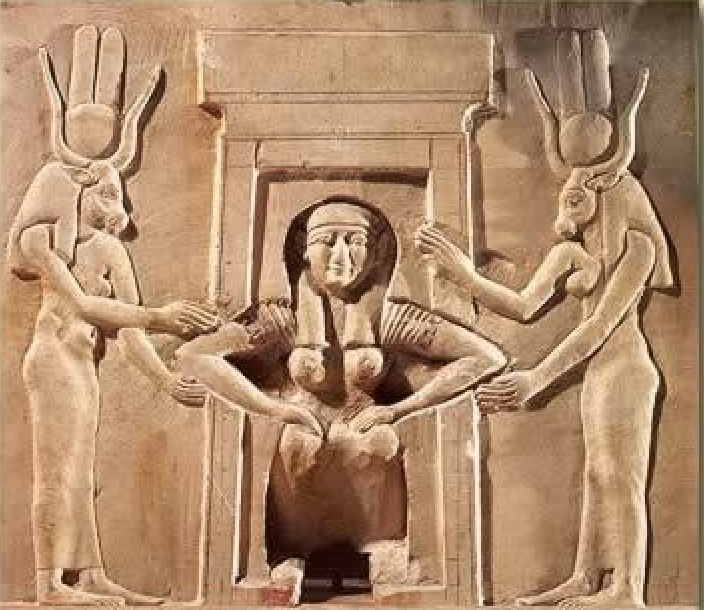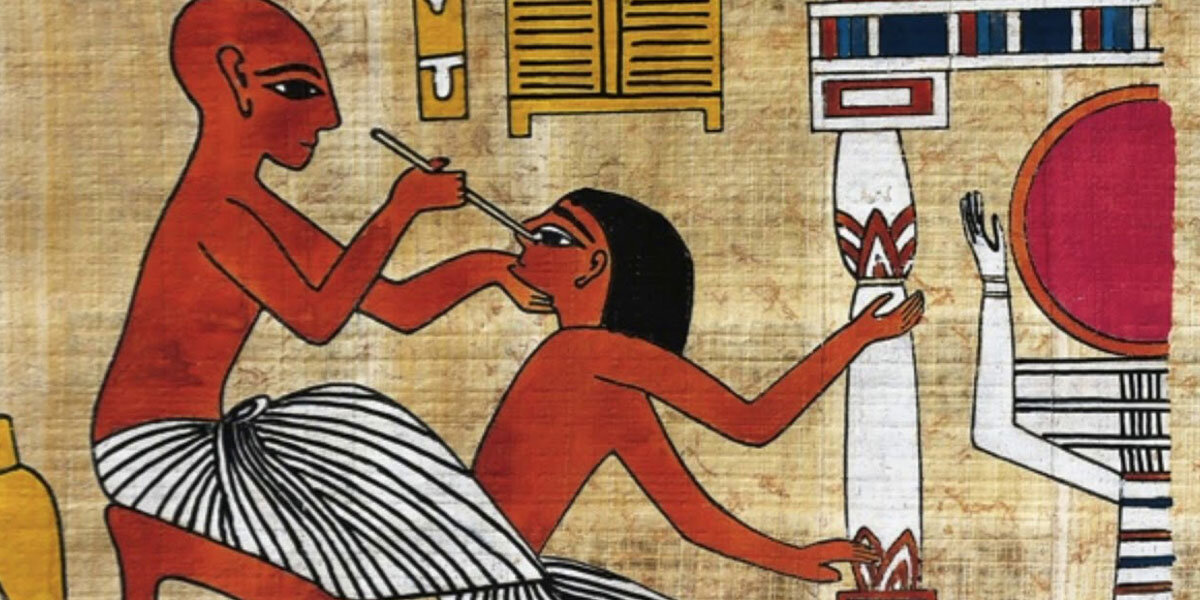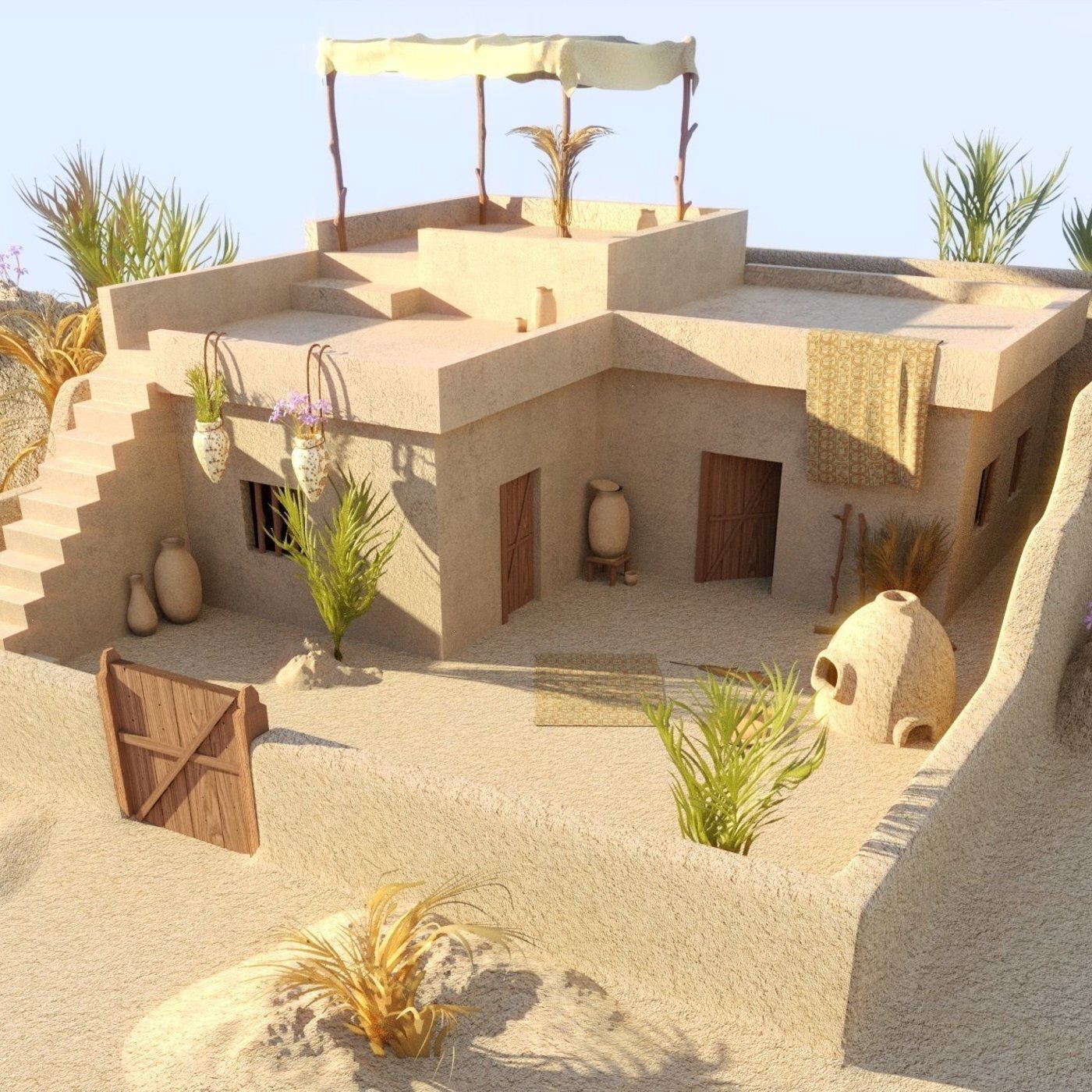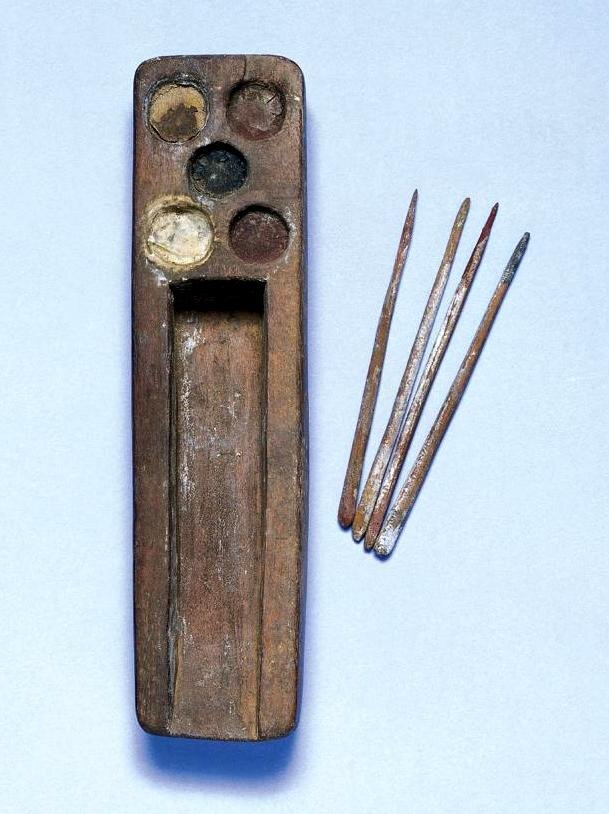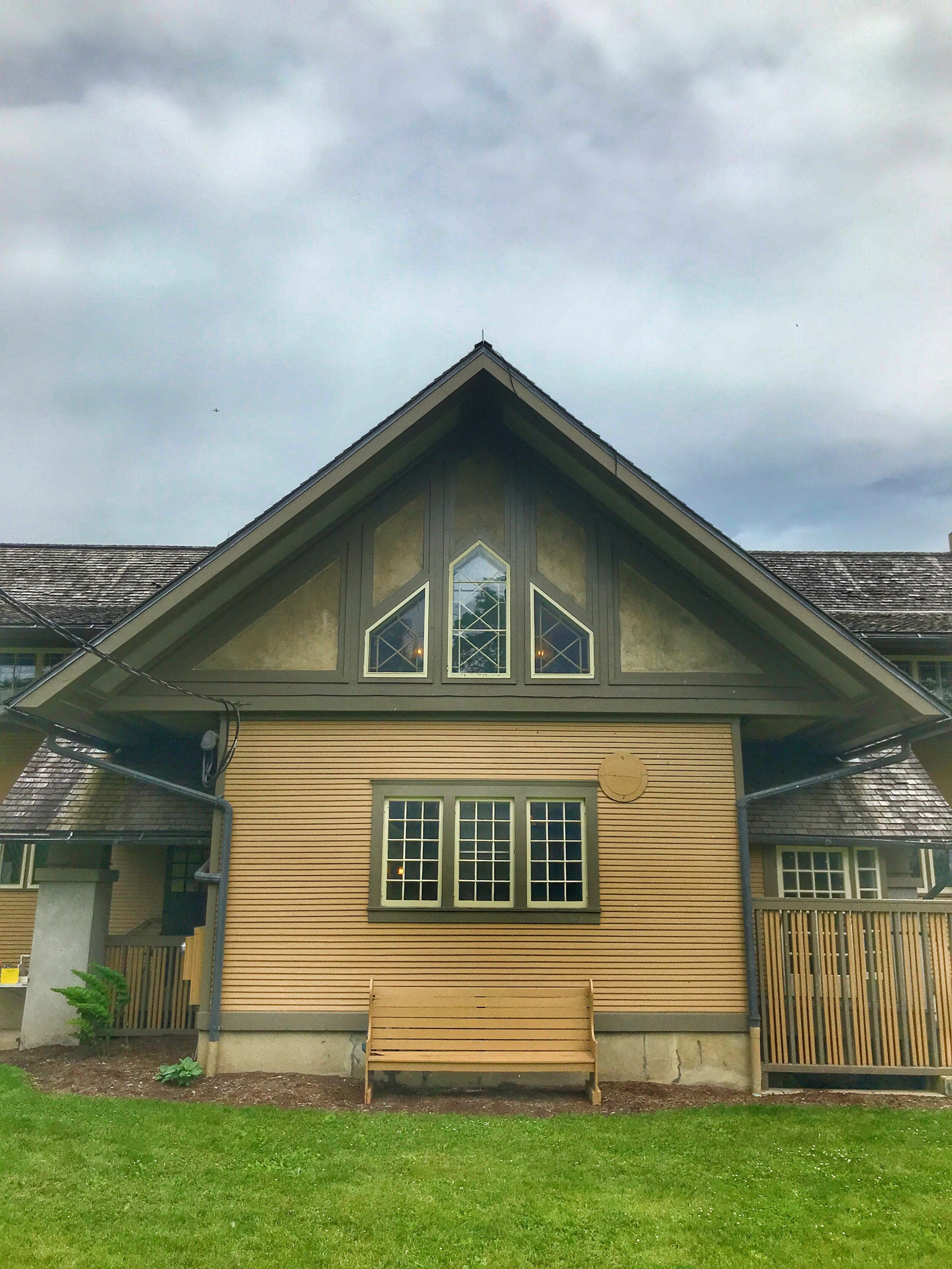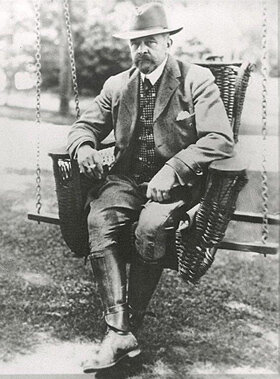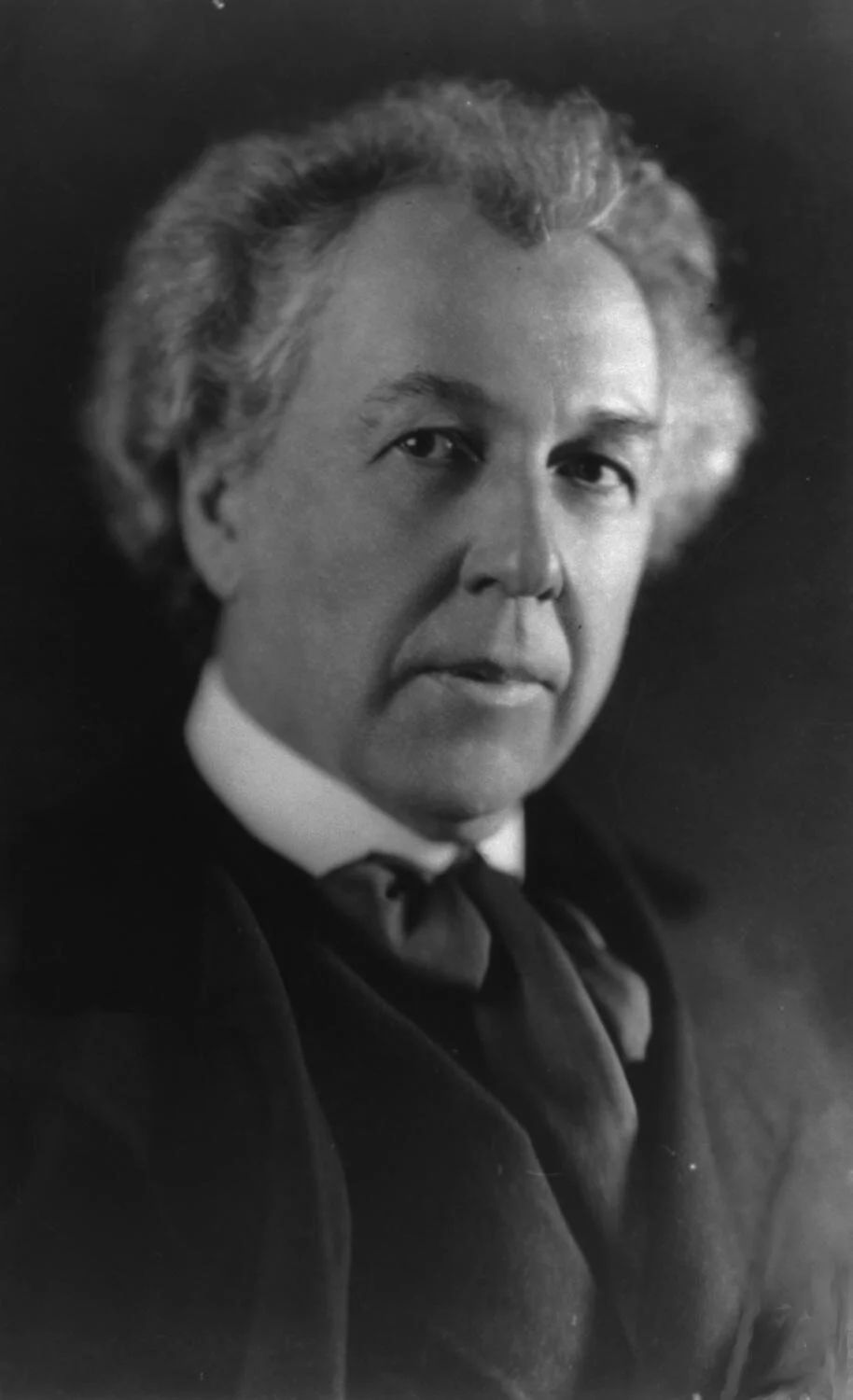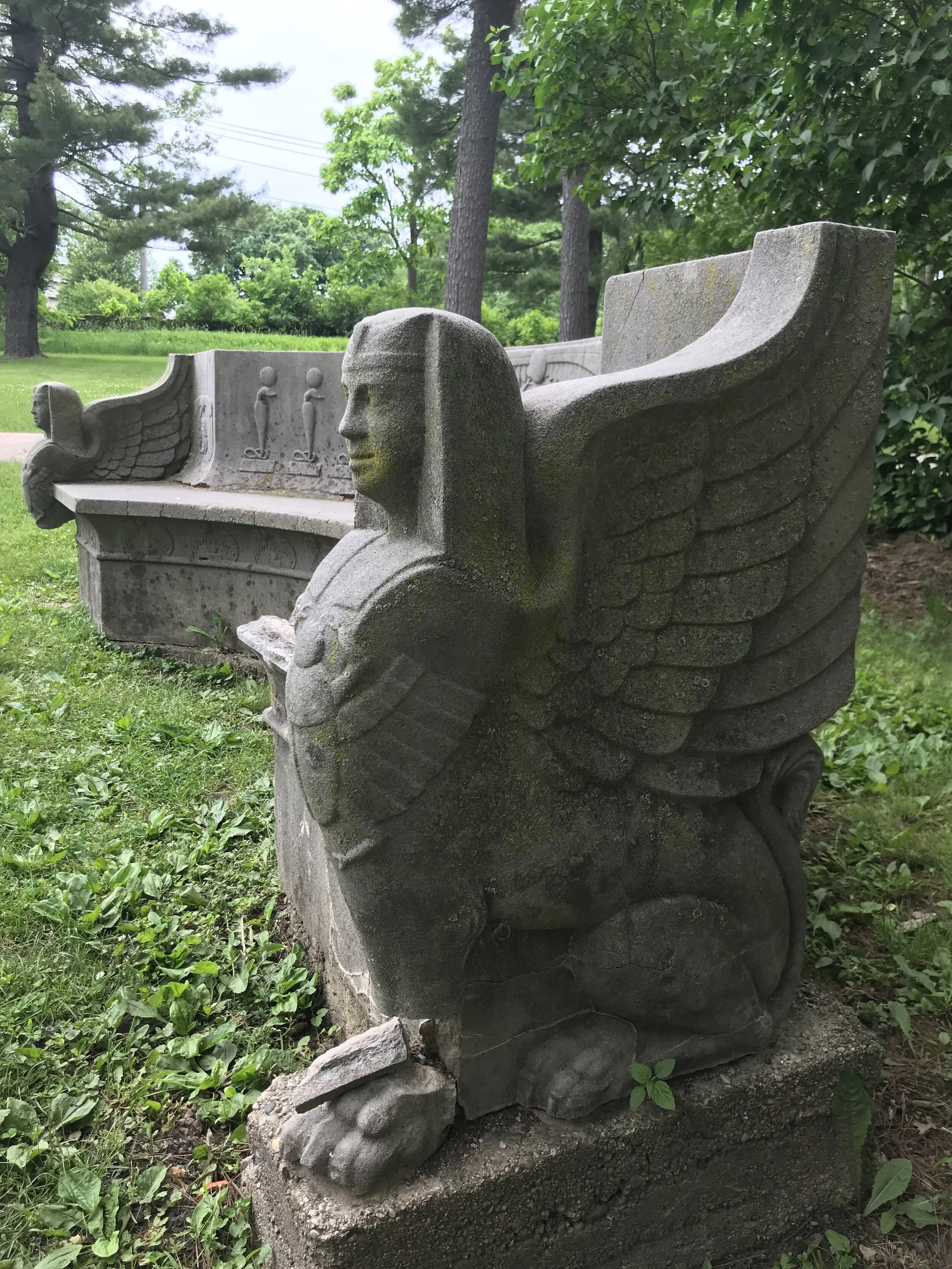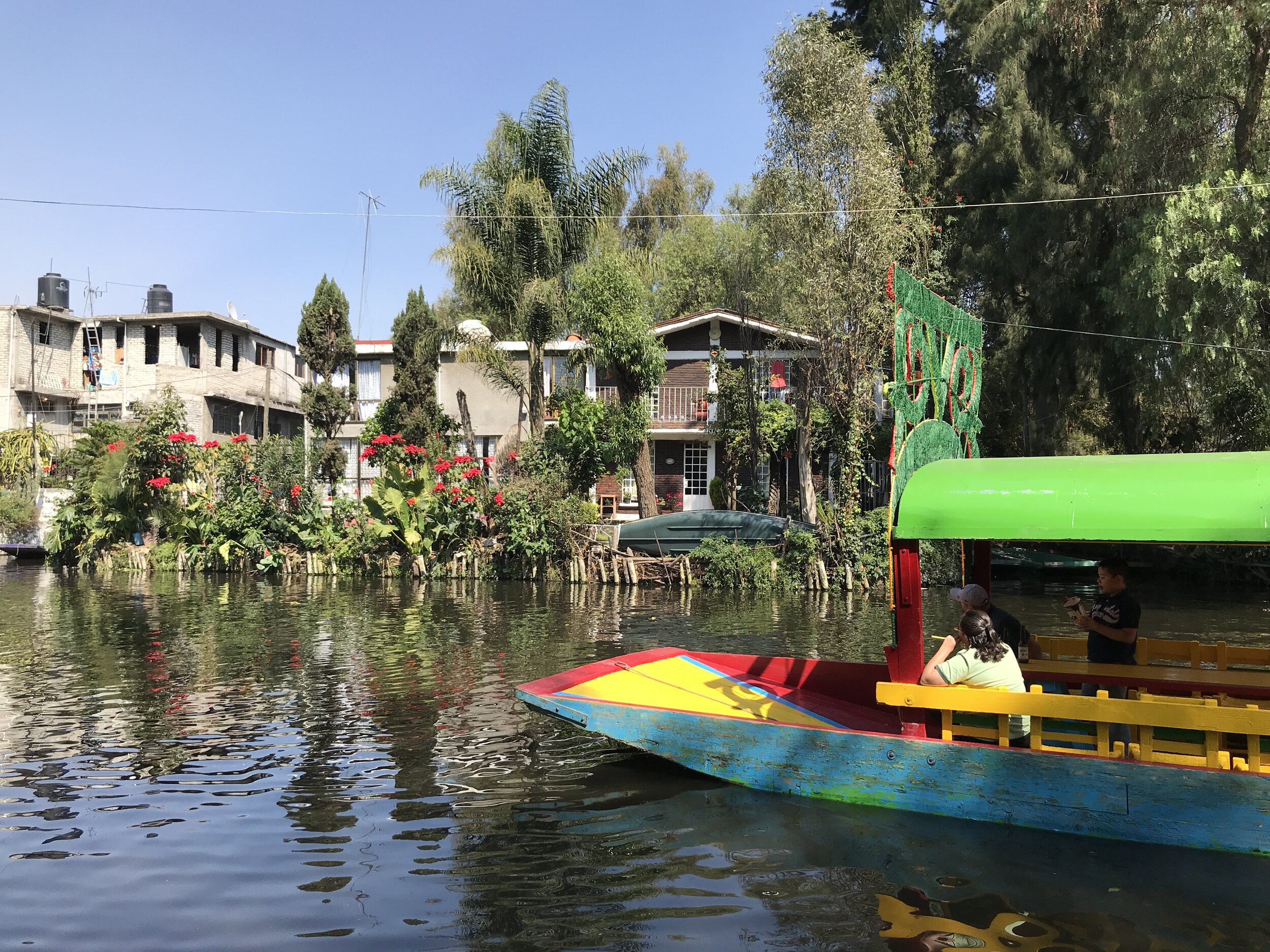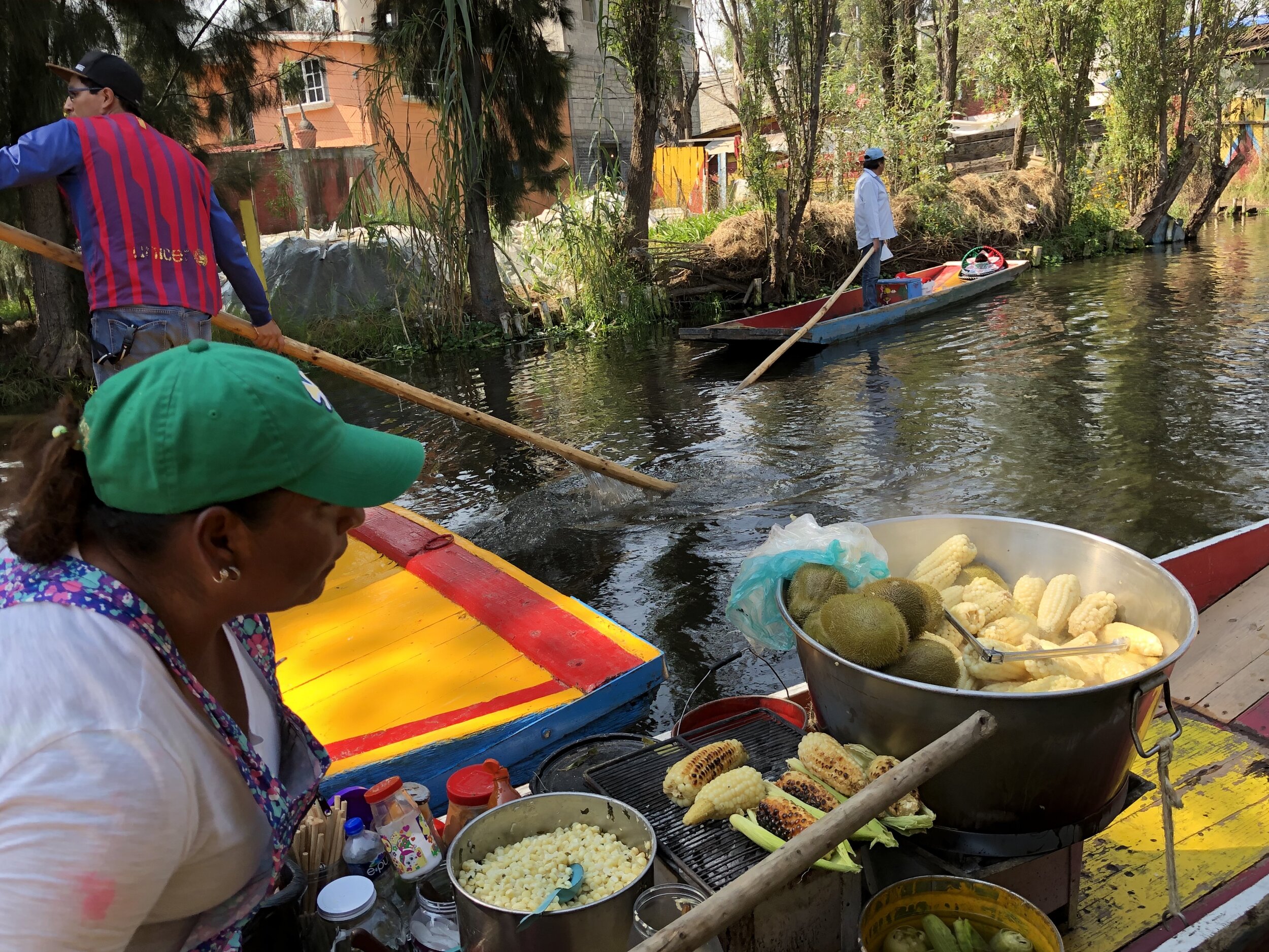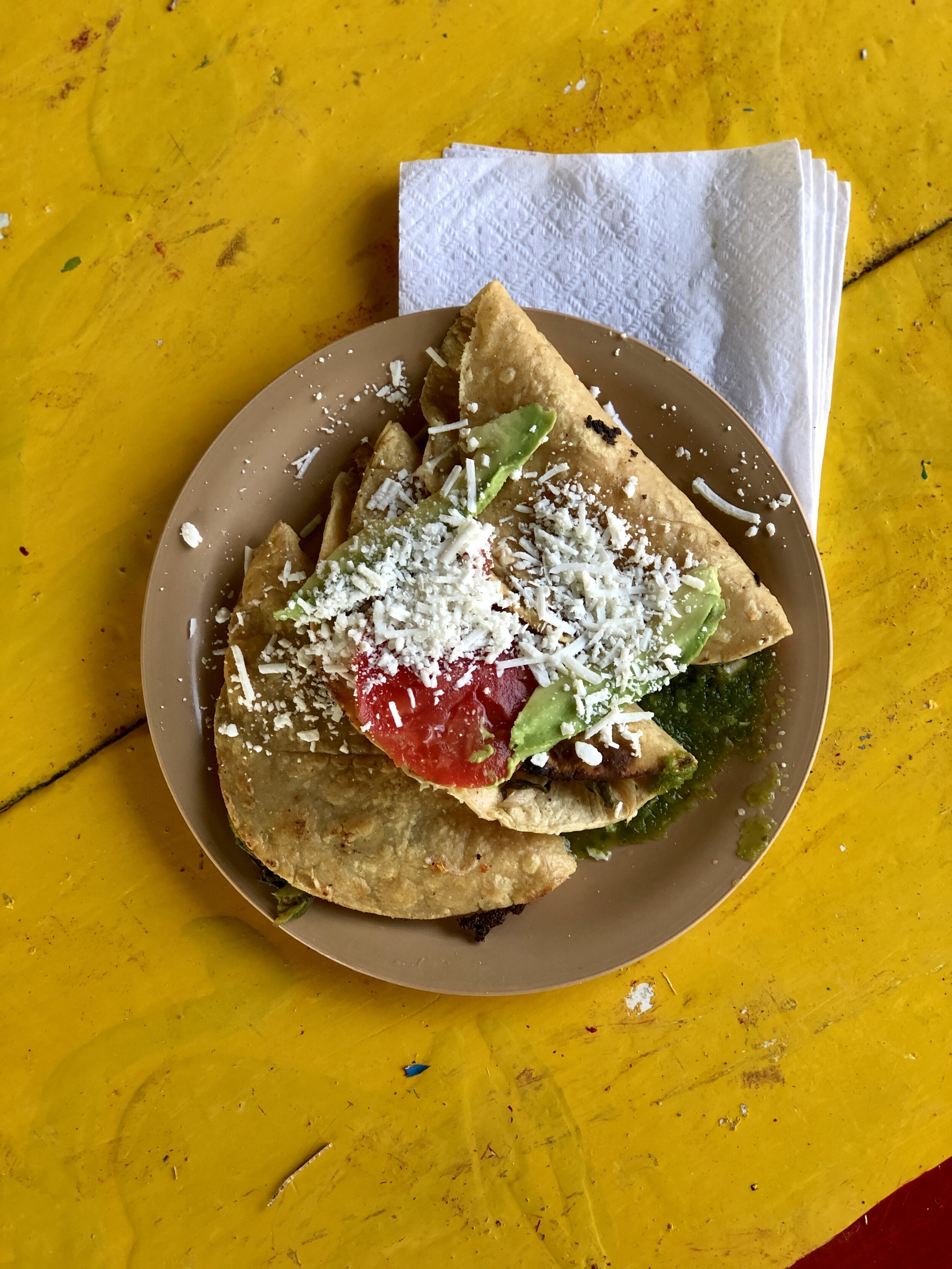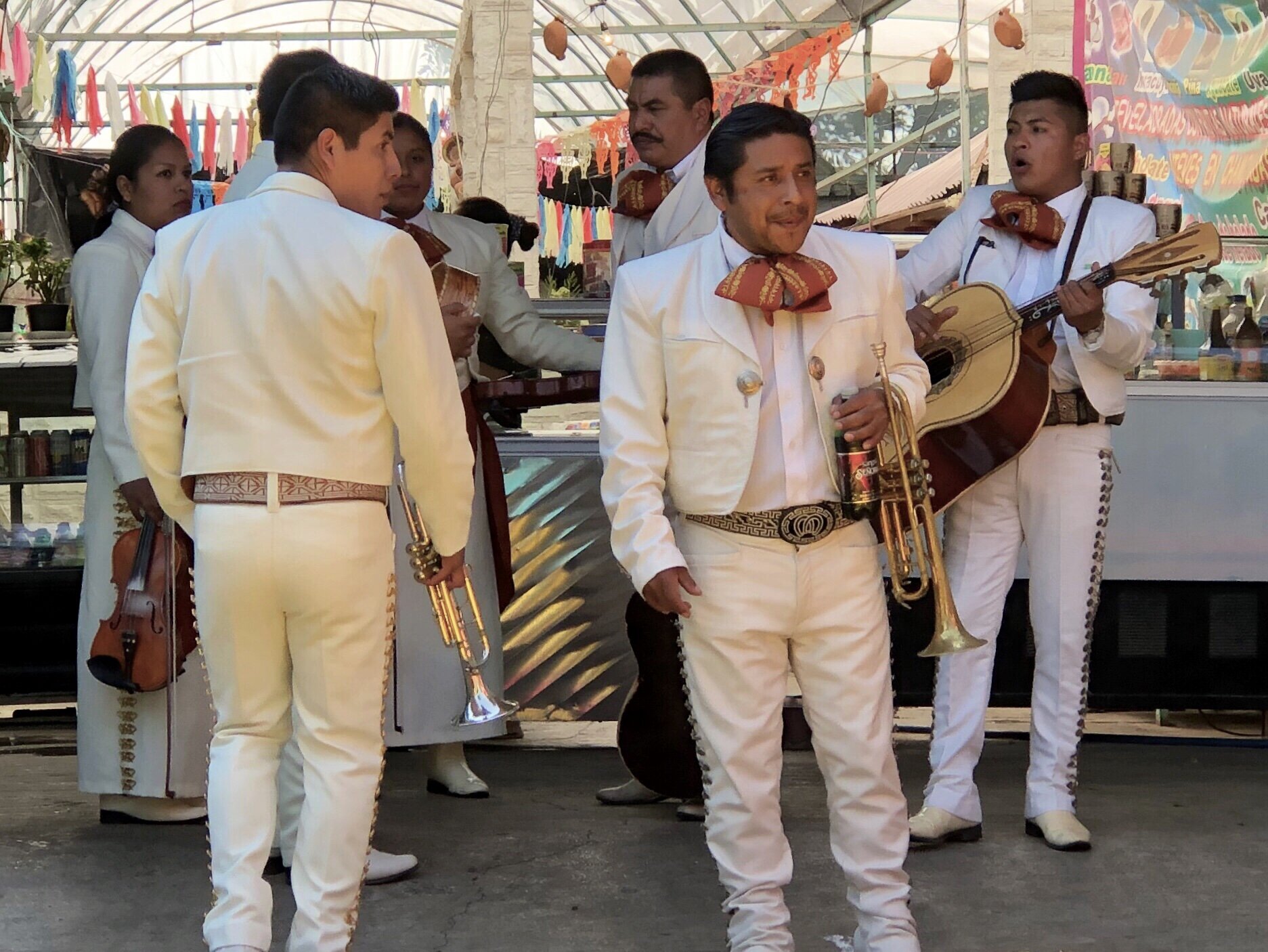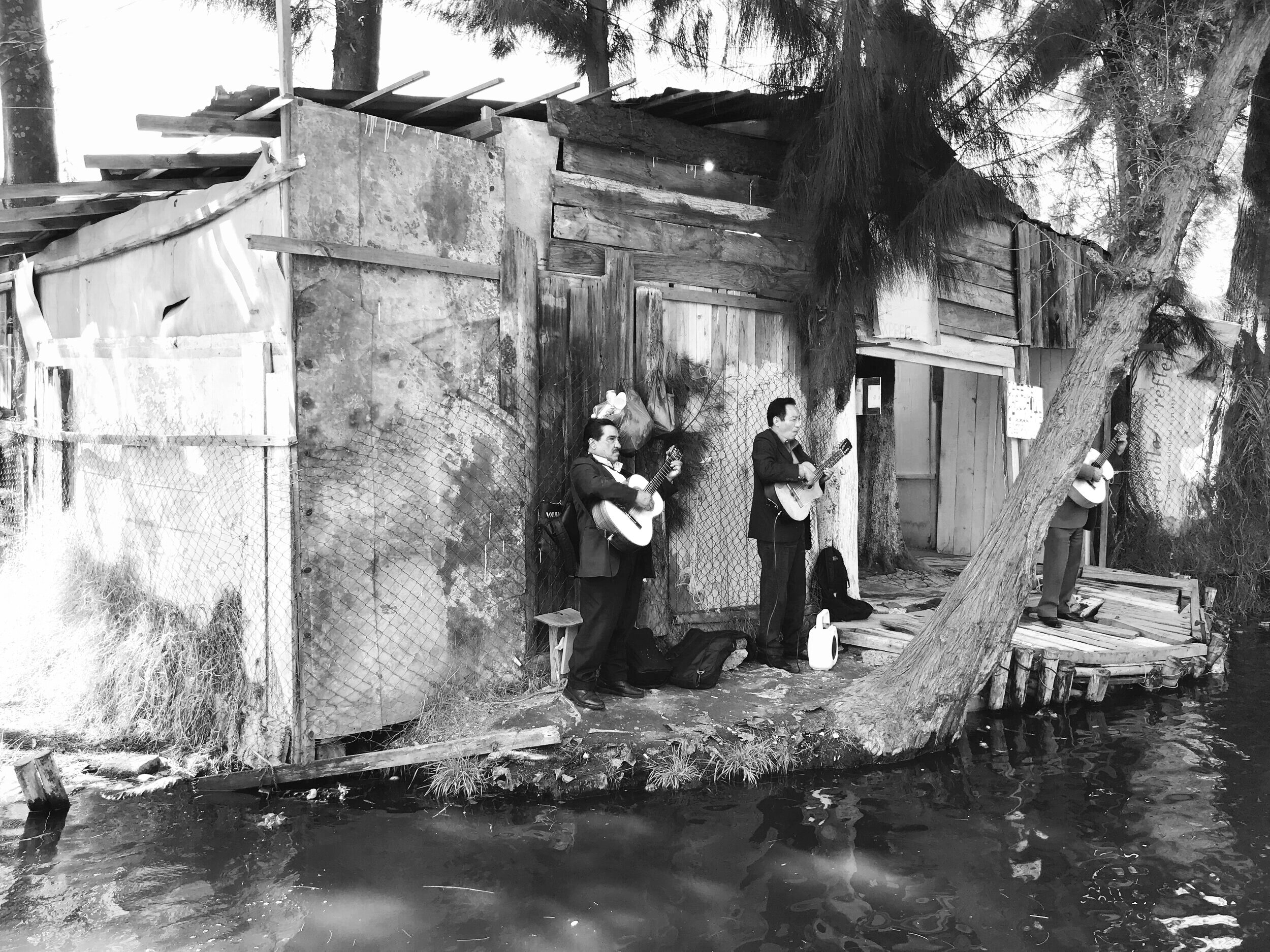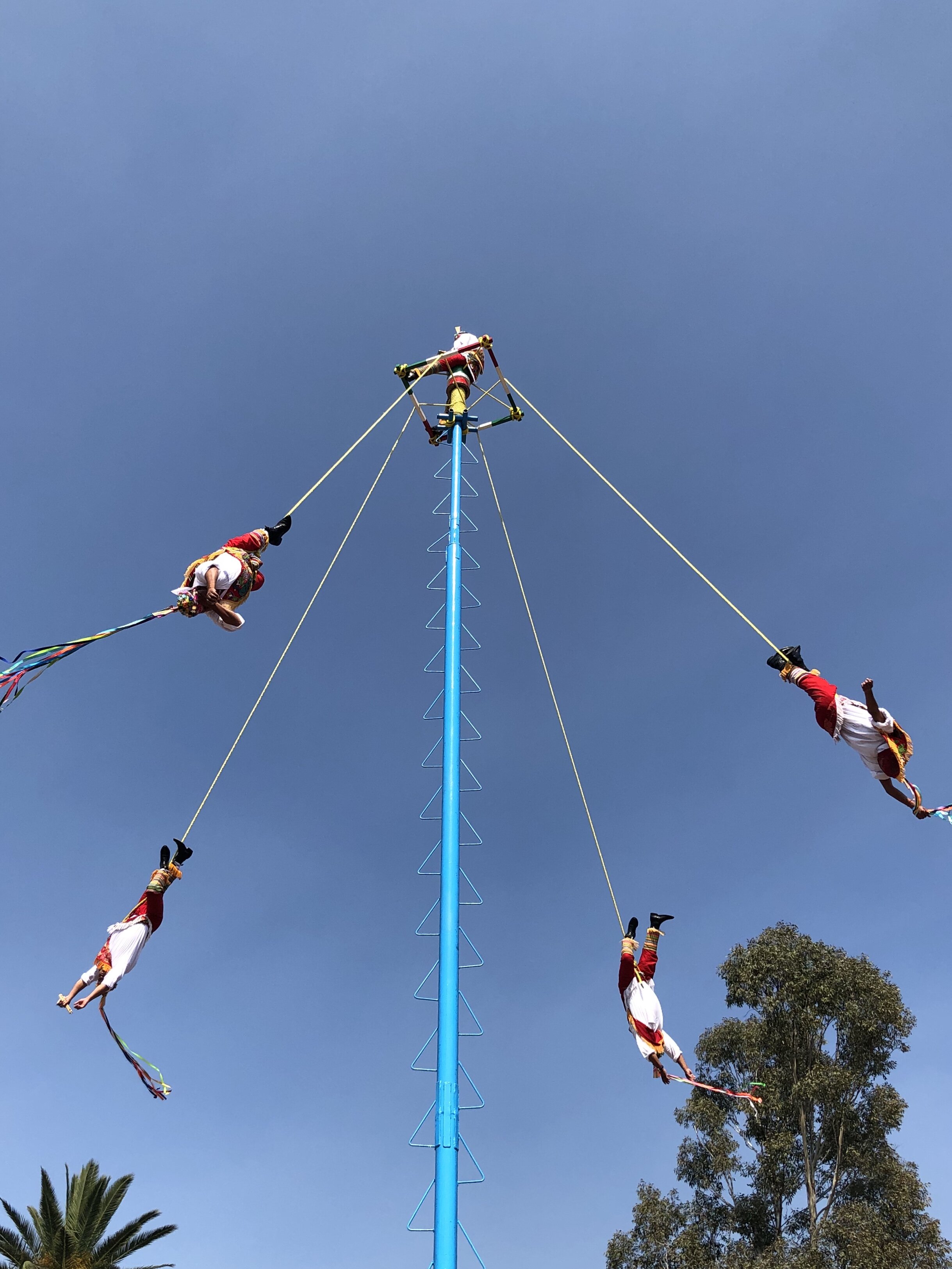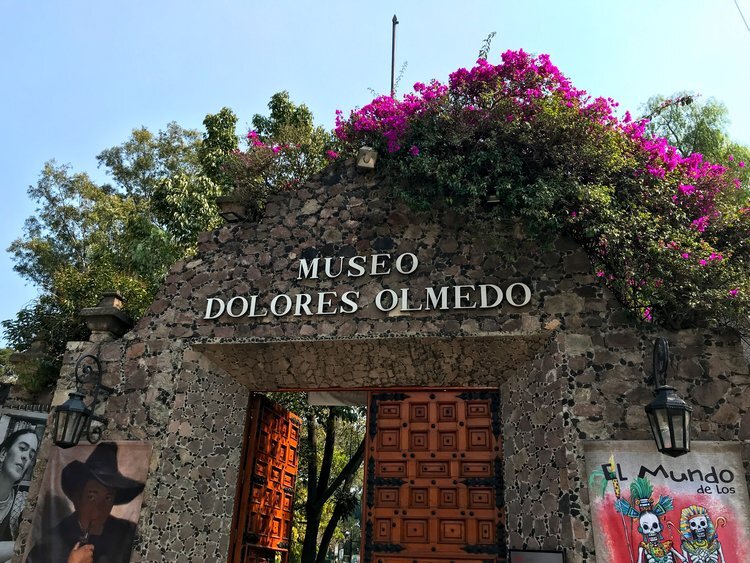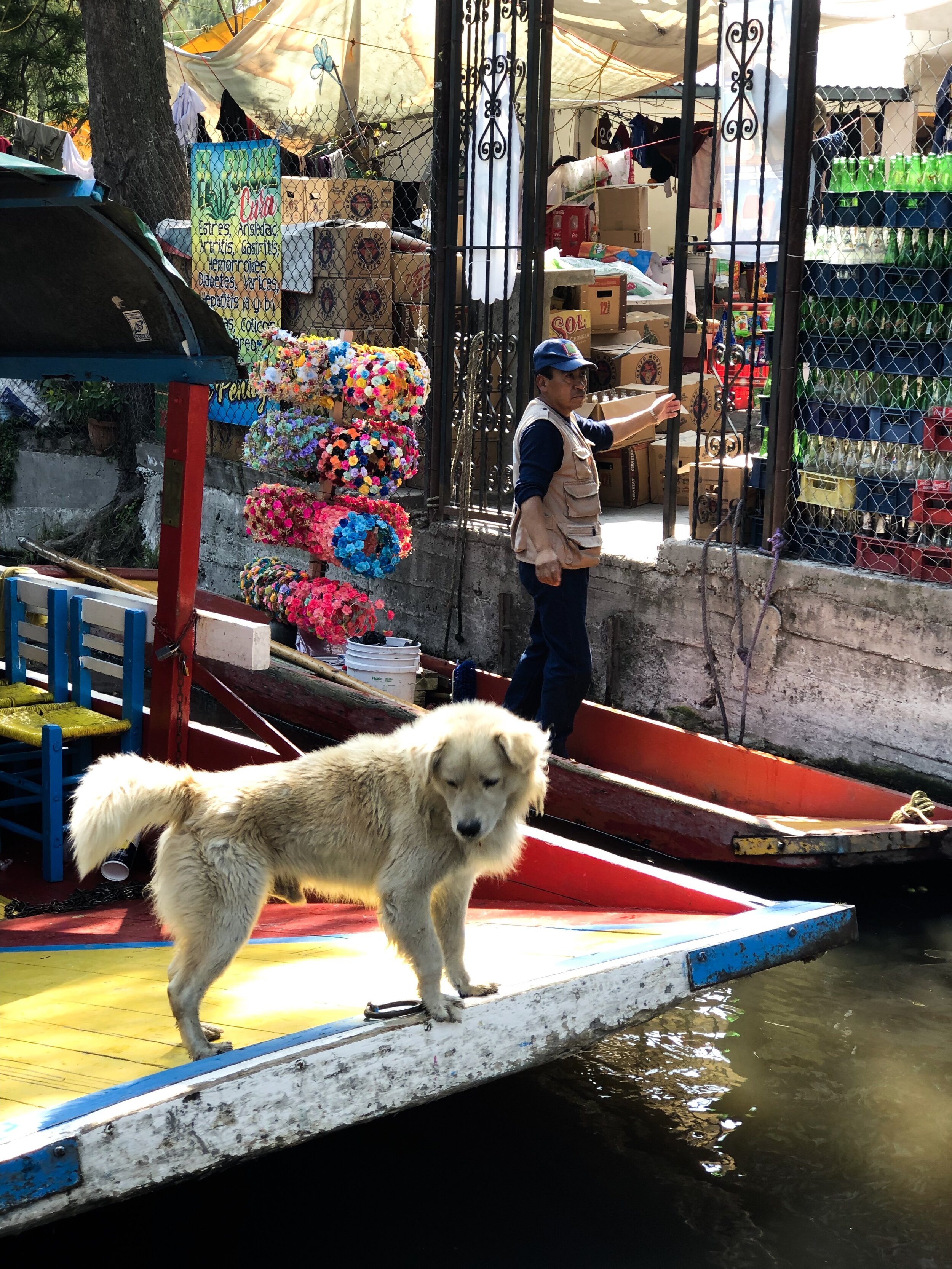A minimalist and modern retreat in one of CDMX’s most vibrant neighborhoods, Octavia Casa provides a tranquil sanctuary.
Duke stands in front of the teak screening that covers the façade of the small boutique hotel.
When Wally and I decided to plan our second trip to Mexico City, aka CDMX, we agreed that we wanted to stay in La Condesa, the leafy green, pedestrian-friendly neighborhood where the city’s Art Deco movement was born.
We love to stay in small, stylish hotels where we get to know the staff, and I was pleased to discover Octavia Casa. It’s location is ideal; it’s within walking distance of Parque México and Avenida Amsterdam, which was once a horse racetrack and is now home to numerous trendy shops and restaurants.
The gravel courtyard off the entrance where we had breakfast
A Fashionable Place to Stay
The modern boutique hotel is an extension of Octavia, the contemporary women’s wear fashion brand launched in 2015 by Mexico City-based designer and creative director Roberta Maceda.
When Maceda decided to venture into hospitality, she collaborated with architect Pablo Peréz Palacios and his firm PPAA (Pérez Palacios Arquitectos Asociados). Peréz Palacios thoughtfully drew inspiration from the eponymous label to create a unique hospitality experience.
Upon arrival, we stepped out of the car and onto Avenida Amatlan. I was struck by the textures and shadows that were filtering sunlight through the teak lattice screen covering the façade of the hotel. At street level, lush tropical vegetation including monstera and jasmine add an organic element that pairs with the concrete and glass structure beneath.
Beyond is the lobby, a space for rest and relaxation. A bronze rack holds a small collection of dresses from Octavia and a stone vase with dried magnolia leaves sits atop a circular concrete table by interior design studio Habitación 116 paired with a couple of Pierre Jeanneret Chandigarh office chairs.
Octavia Casa’s lobby is really more of a foyer, making visitors really feel like they’re staying in a home.
The hotel’s chic minimalist aesthetic is inspired by Octavia, the women’s wear label run by the owner. A few of her dresses are on display in the lobby.
Around the corner the “lobby” continues into a communal open-air patio covered in pea gravel, which creates a zen ambiance.
The staff described the open-air space as a continuation of the lobby.
You can see the stucco work on the wall — a technique that’s been around since the Ancient Maya.
The ingenious and well-designed interior staircase, which Wally referred to as Escheresque, ascends and descends from the ground floor to the rooftop in 90-degree turns.
The sleek concrete stairwells looked to Wally like something out of an M.C. Escher drawing.
The scent of lilies filled the air.
A Modern Mix of Materials
A cohesive palette of muted neutrals are featured throughout Octavia Casa, anchored by refined natural and sustainable materials such as stone, wood, rattan and textiles. Interior walls are finished in chukum, a traditional and environmentally friendly Ancient Mayan stucco technique extracted by twice boiling the thorny tree’s bark. The resulting spaces are airy and bright, as well as rich, textured and welcoming.
Reeded glass catwalks add yet another interesting visual element.
Each of the seven rooms are named after a natural element or material, such as Earth, Ochre, Bronze and Jute. We stayed in the Lino suite, the only room on the third floor, with balconies overlooking the interior courtyard and Avenida Amatlan.
Wally does one of his jumping shots — and in a hotel as amazing as this, who can blame him?
A Sweet Suite at Octavia Casa
Our suite felt like an elegantly appointed residence and we immediately felt at home.
The king-size bed, with linens by Octavia Casa’s homeware line, was luxurious and welcoming — especially after days spent exploring sites and the neighborhood, which had so many things to see that I feel like we barely scratched the surface. The Lino suite is also only one flight from the rooftop terrace, an oasis that provides views of the surrounding neighborhood.
The Lino suite at Octavia Casa
A quiet nook near the balcony that overlooks the interior courtyard
The property doesn’t include a restaurant. However, they do offer a breakfast buffet in the ground-floor courtyard. We opted to do this for a few days and it included Nespresso coffee, baguettes, brie, seasonal fresh fruit, juices, jams by Rosetta, yogurt, croissants and conchas, a traditional Mexican sweetened bread roll with a crunchy topping. I was mildly obsessed with the handmade bowl-shaped mugs, and when I asked where they were from, one of the staff members, Fedra, kindly provided the name of the shop: Templo. (Incidentally, Fedra makes a mean latte.)
Fresh fruit, yogurt and bread are on offer at the breakfast buffet.
How we started every day
The coffee and espresso mugs Duke was obsessed with
In the evening the lobby transforms, illuminated by candlelight, with libations on offer, from local mezcals and tequilas to a selection of wines available for purchase.
The personnel, including Raúl, Fedra and Luis, were genuine and friendly and took the time to make Wally and I feel welcome with every encounter. Thoughtful gestures such as a complimentary bottle of red wine for my birthday and offering the guest lounge on the ground floor when we anxiously took our on-site COVID tests, arranged by Octavia Casa, before flying home. Another employee, Silvia, reminded us of our favorite Spanish teacher, Mariú, and was a delight the entire time. She gave me a big hug on my birthday as again when we left.
The staff at Octavia Casa gave birthday boy Duke the special treatment.
We found Octavia Casa to be a unique and unpretentious accommodation. (And so did Natalia Lafourcade, one of Mexico’s most famous singers, who stayed there at the same time as us and had the staff all aflutter.) It’s the perfect place to wake up and return to after each day’s adventures. If you’re planning a trip to this magical city, look no further and book your stay here. –Duke
Pale concrete and teak pair with green plants and the blue sky, helping make Octavia Casa a tranquil retreat from the bustle of CDMX.
Octavia Casa
Avenida Amatlan 126
Hipódromo Condesa
Cuauhtémoc
06170 Ciudad de México, CDMX
Mexico



